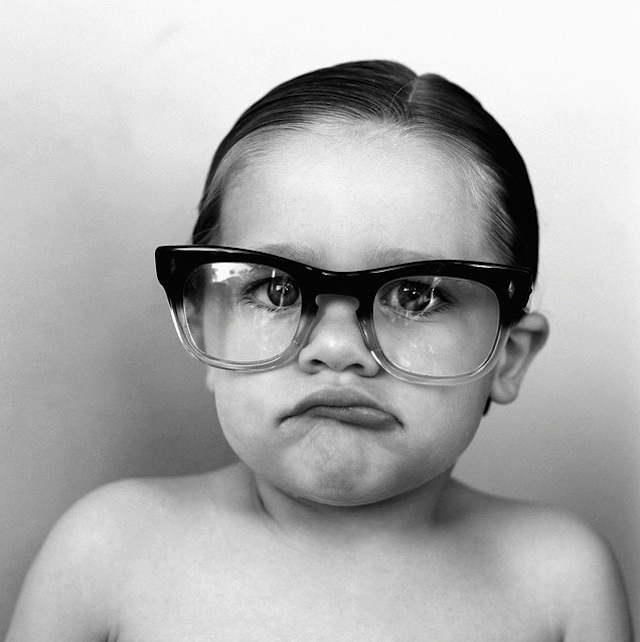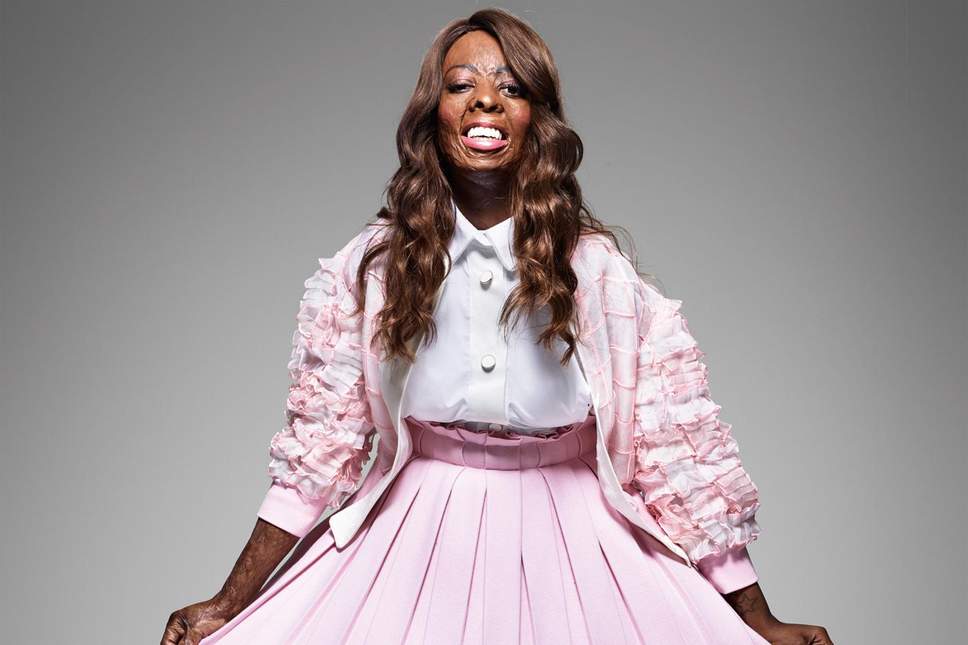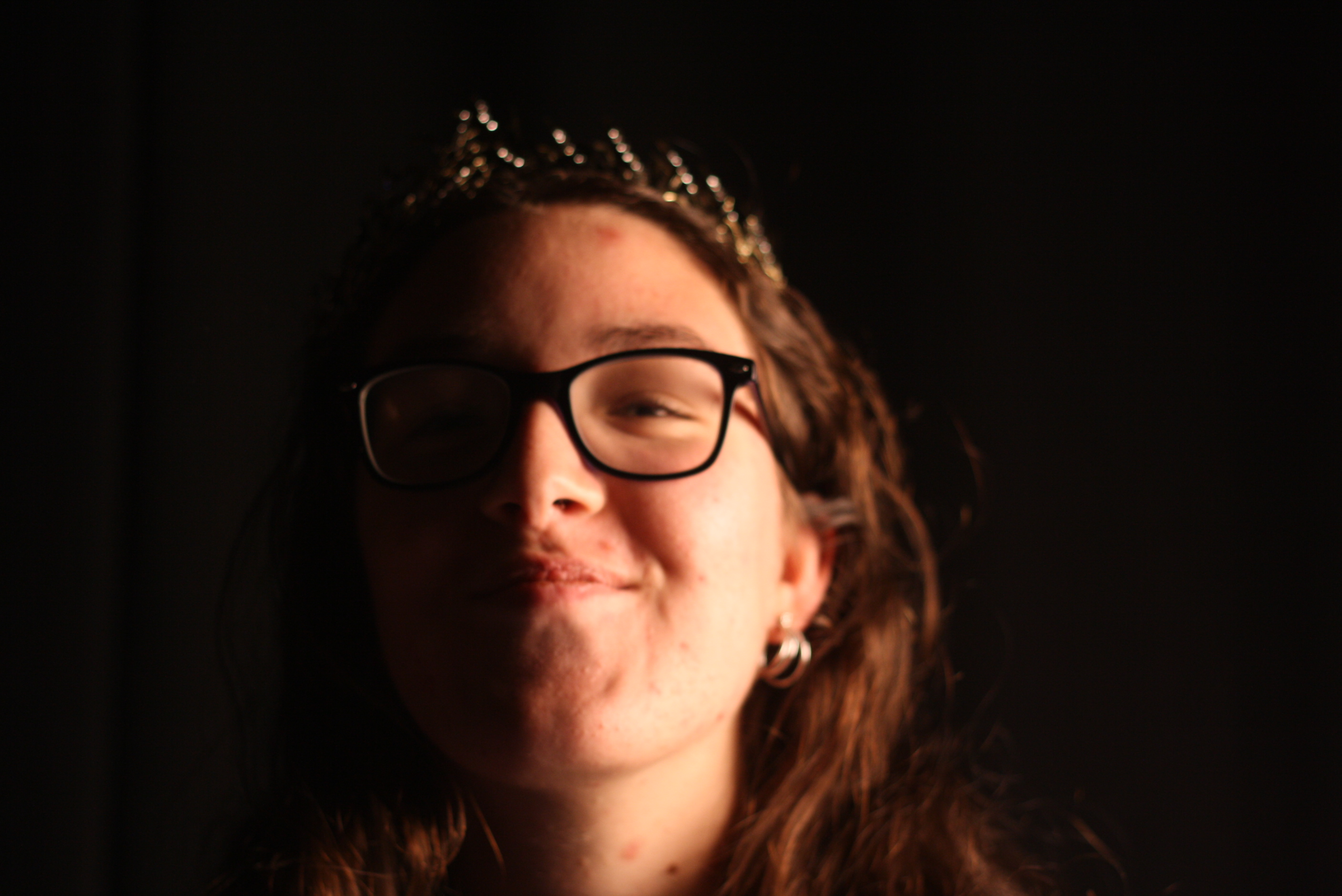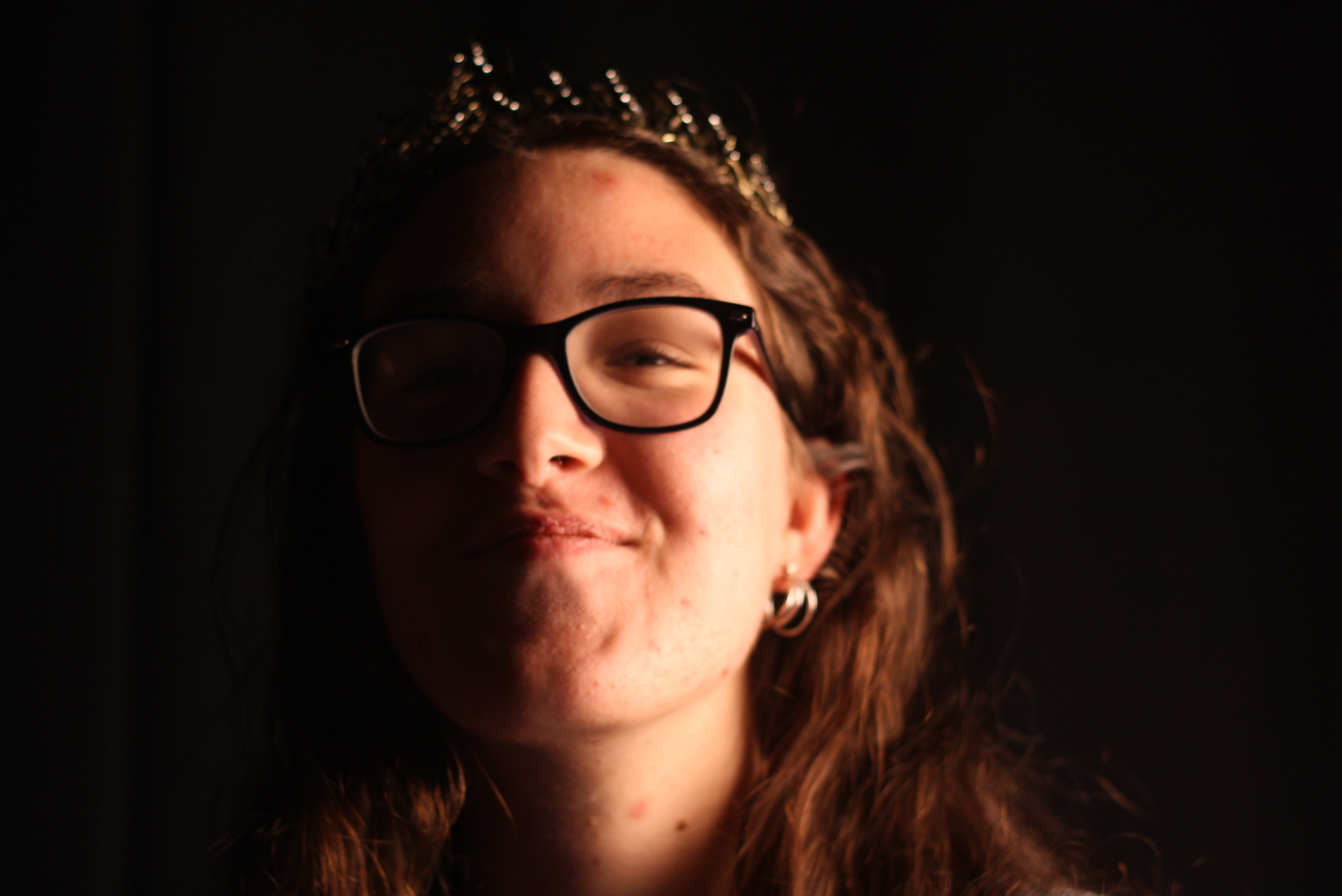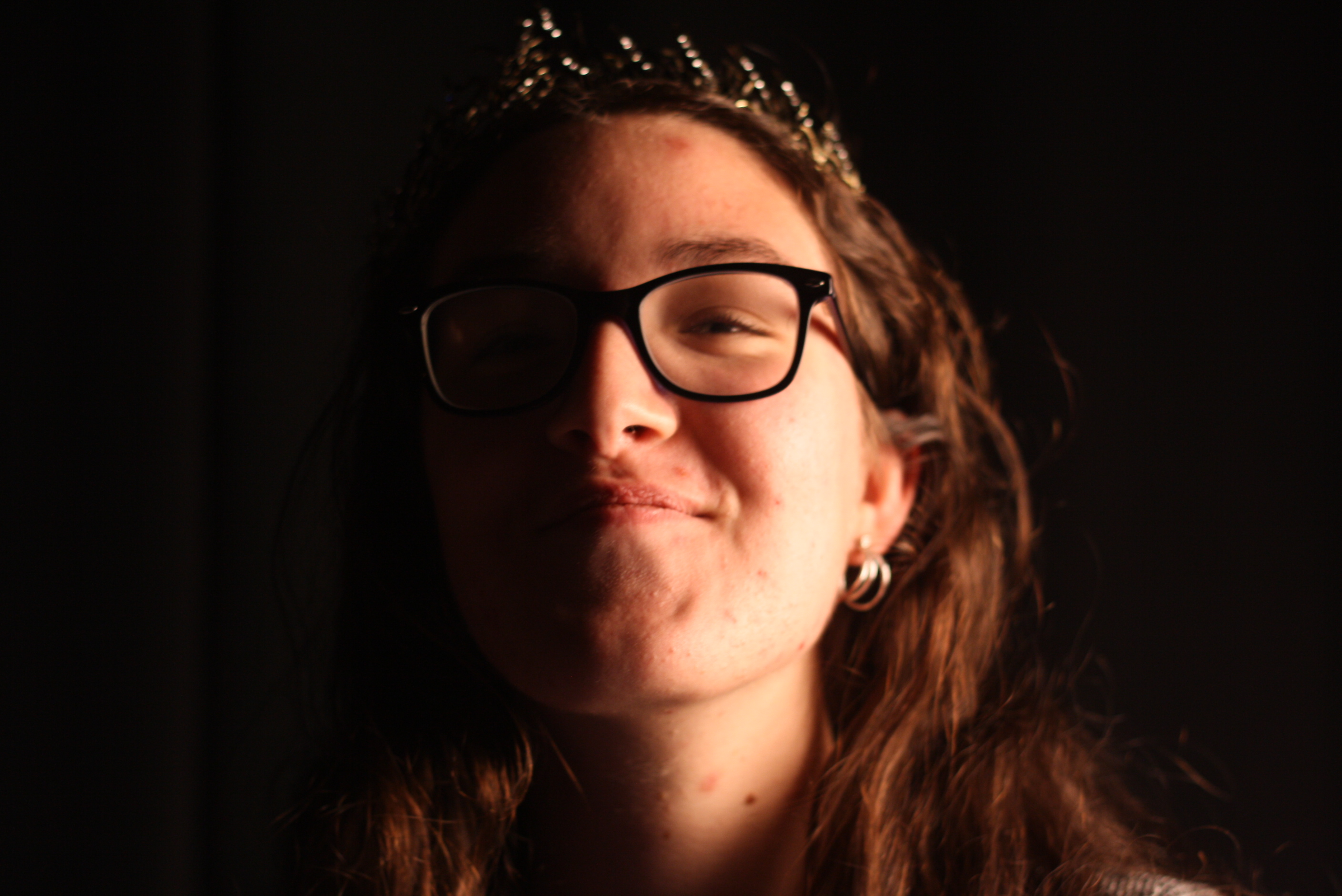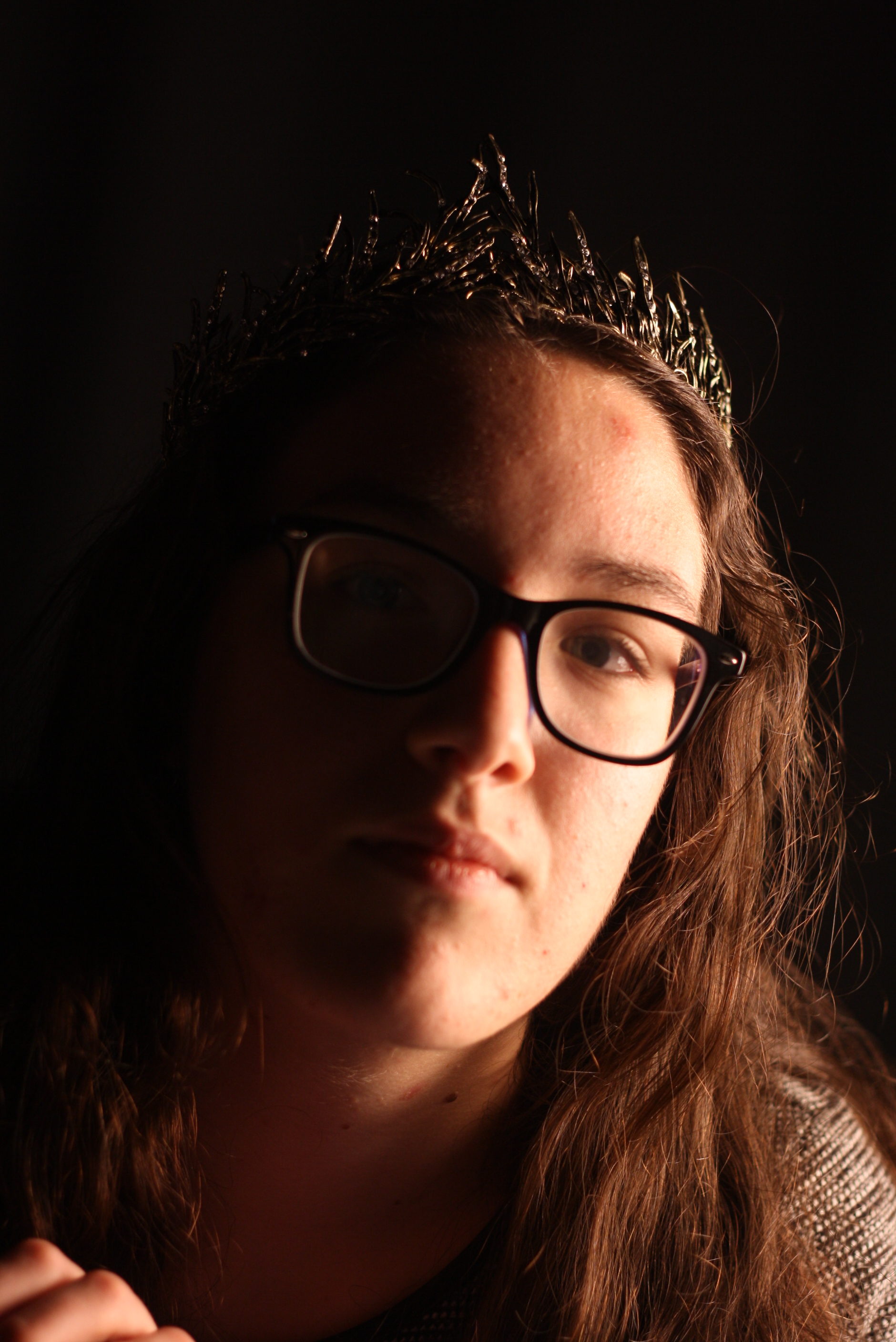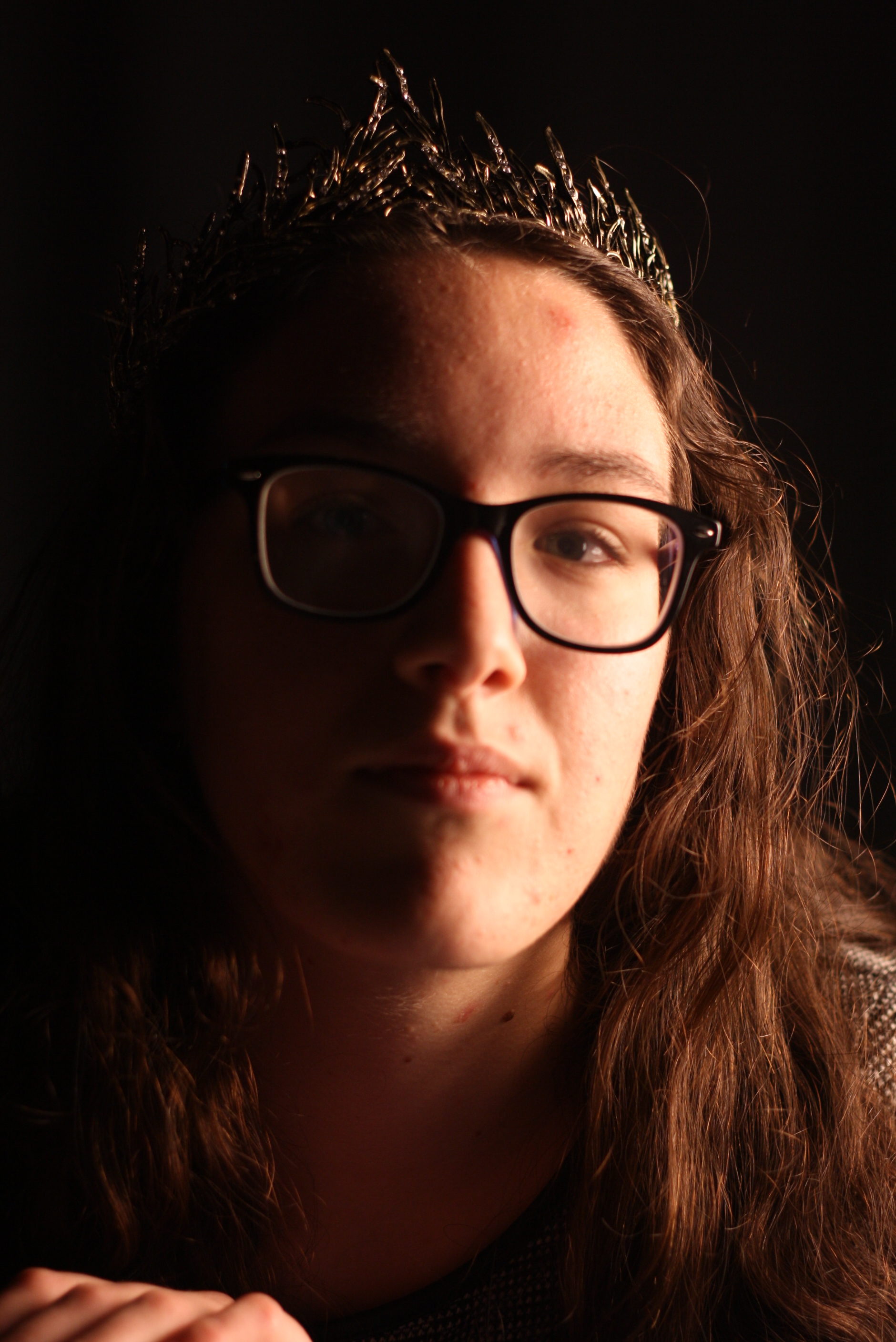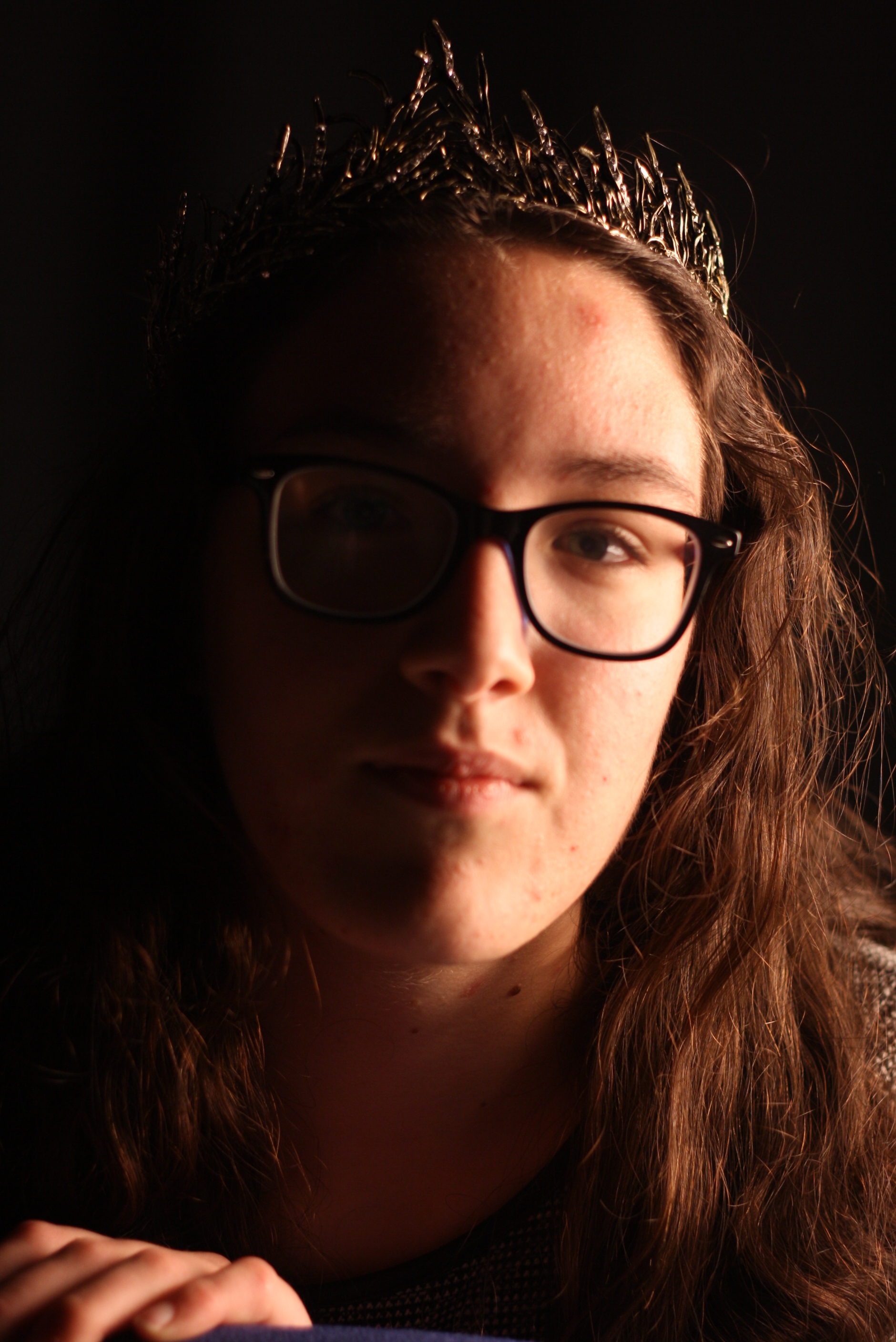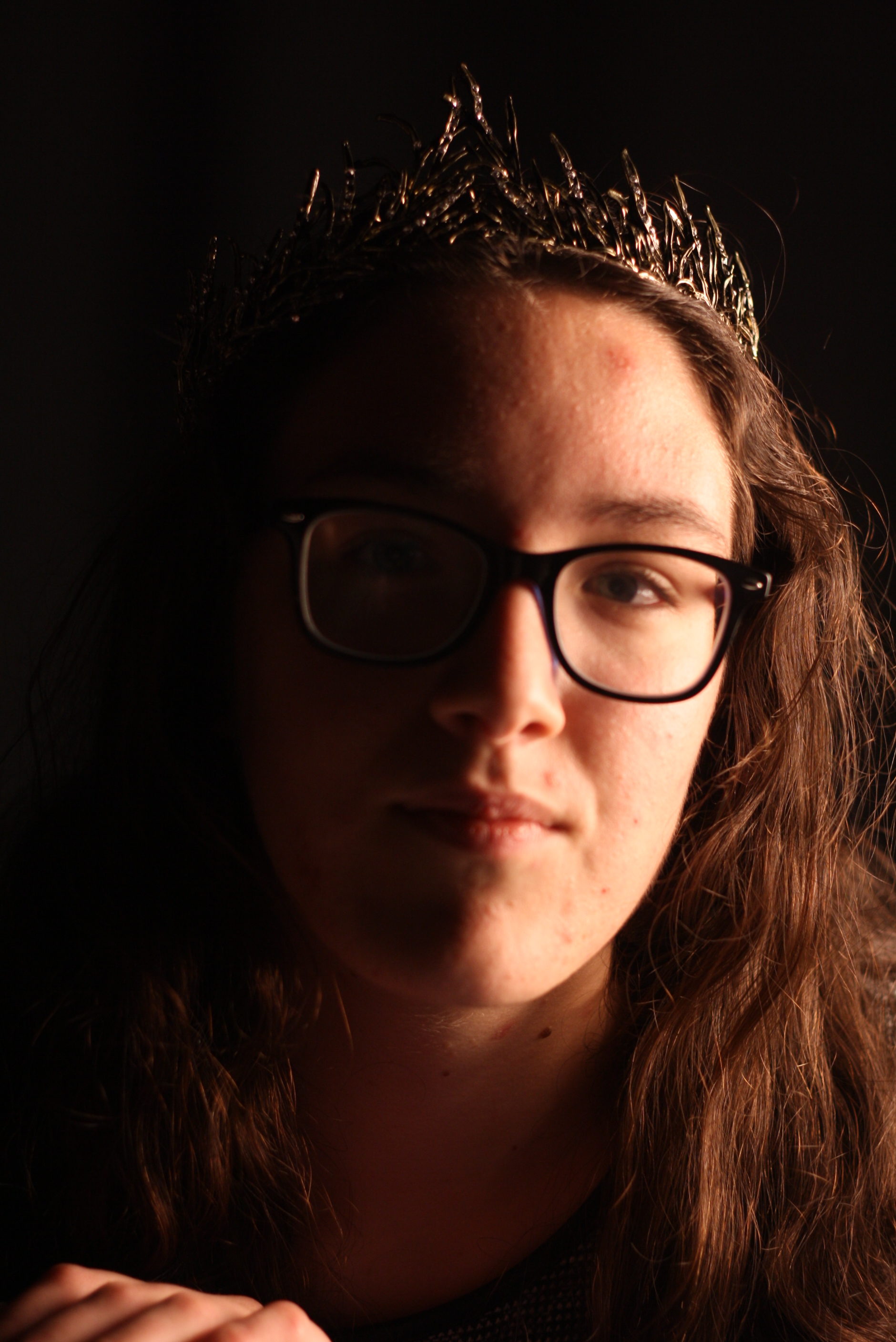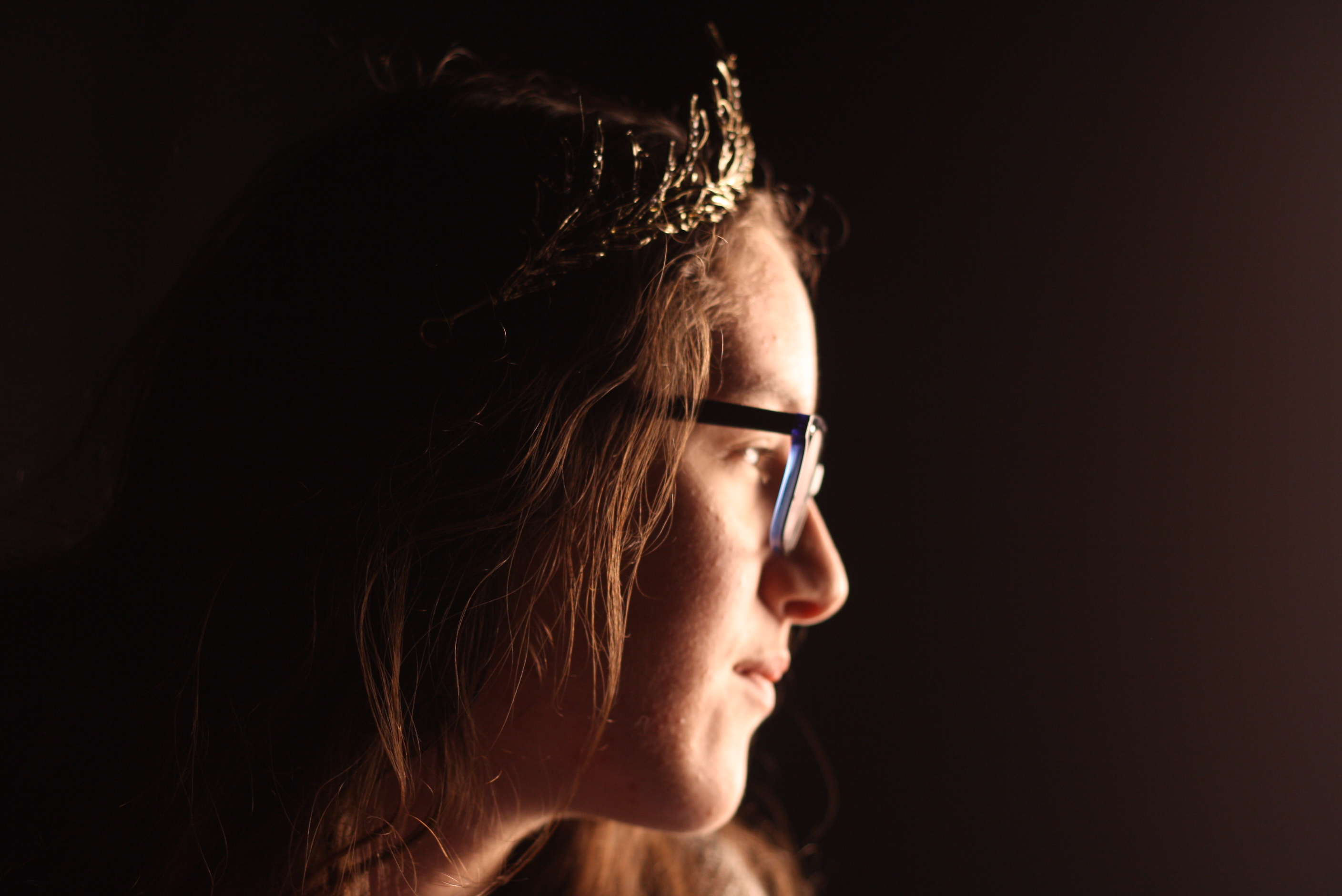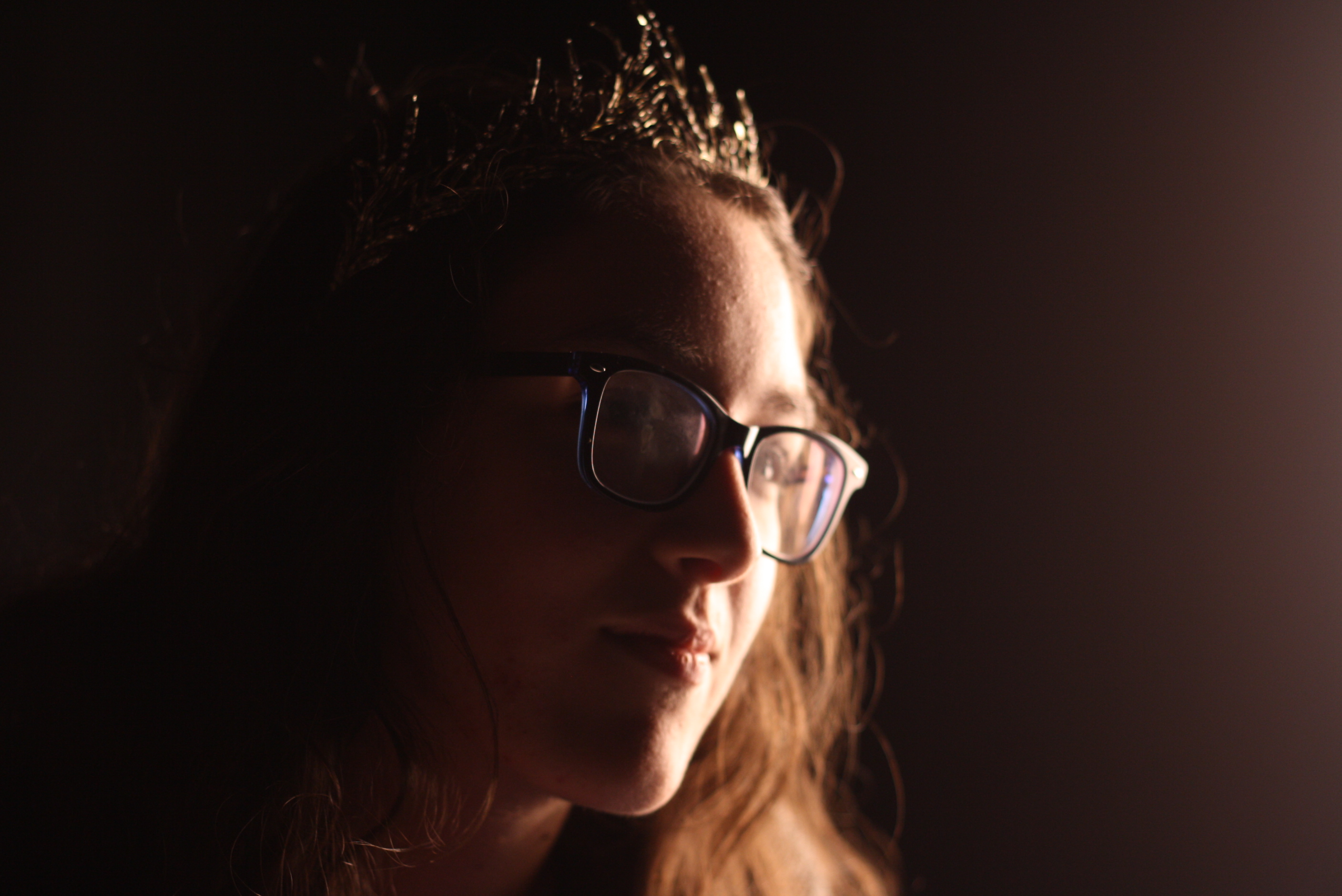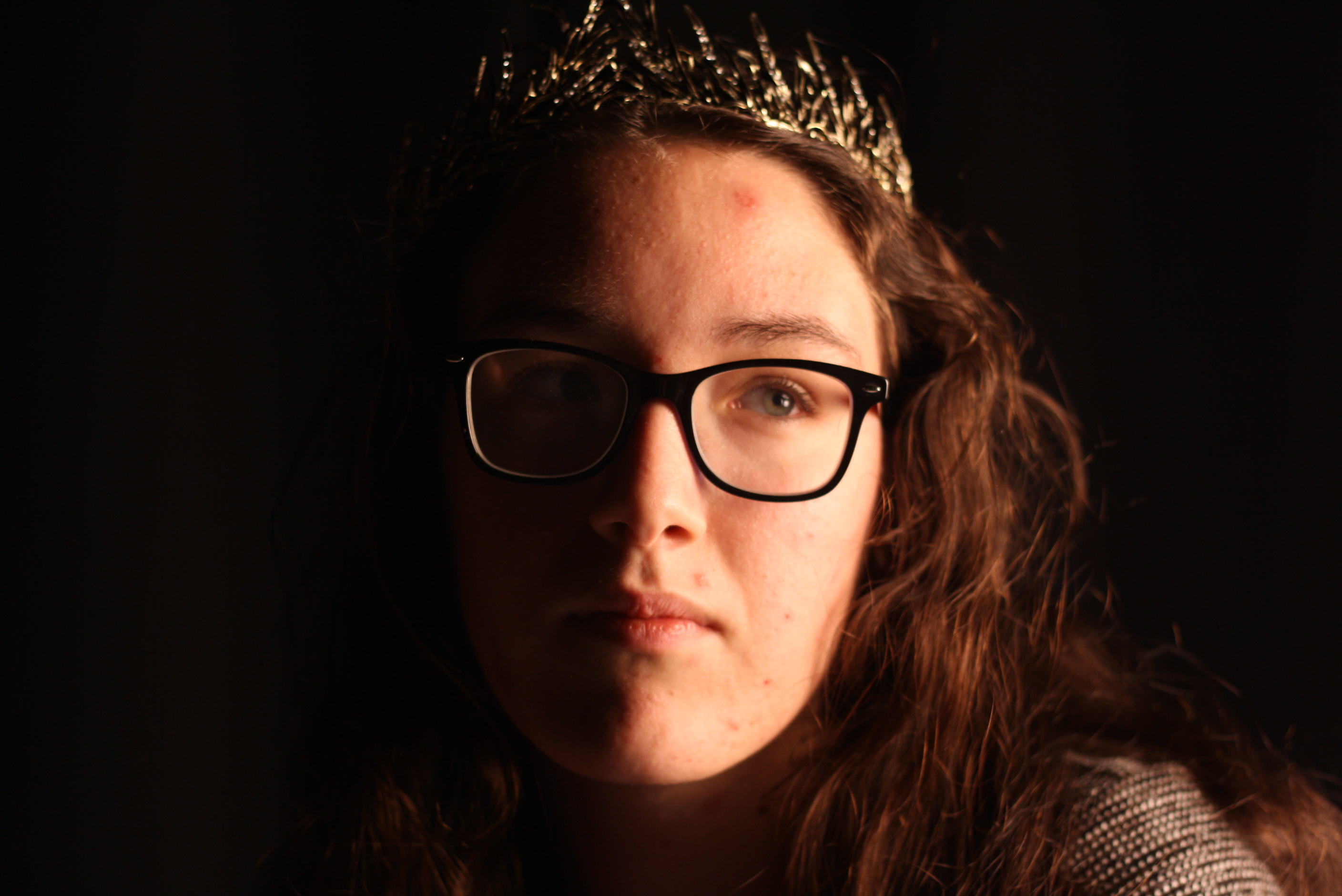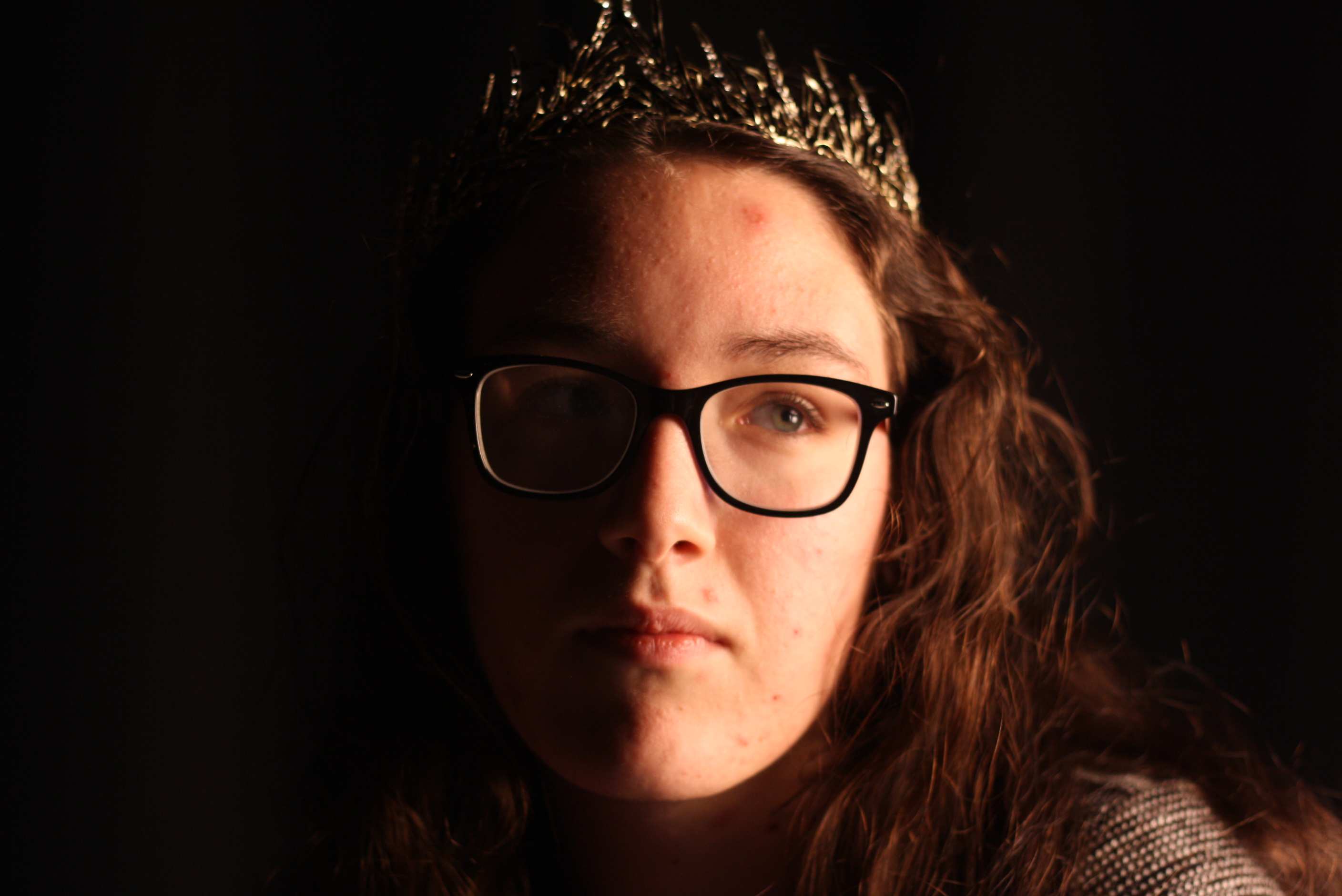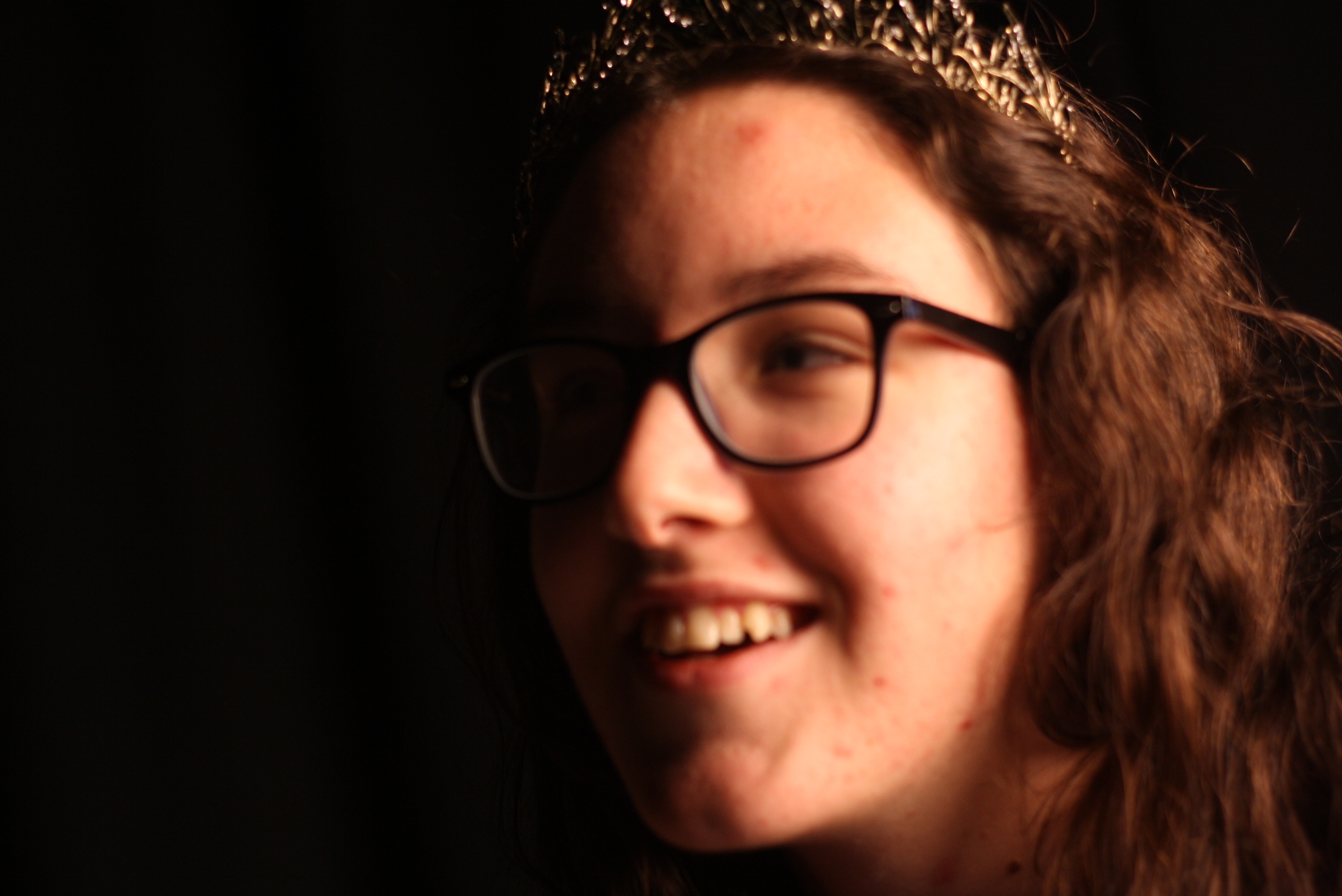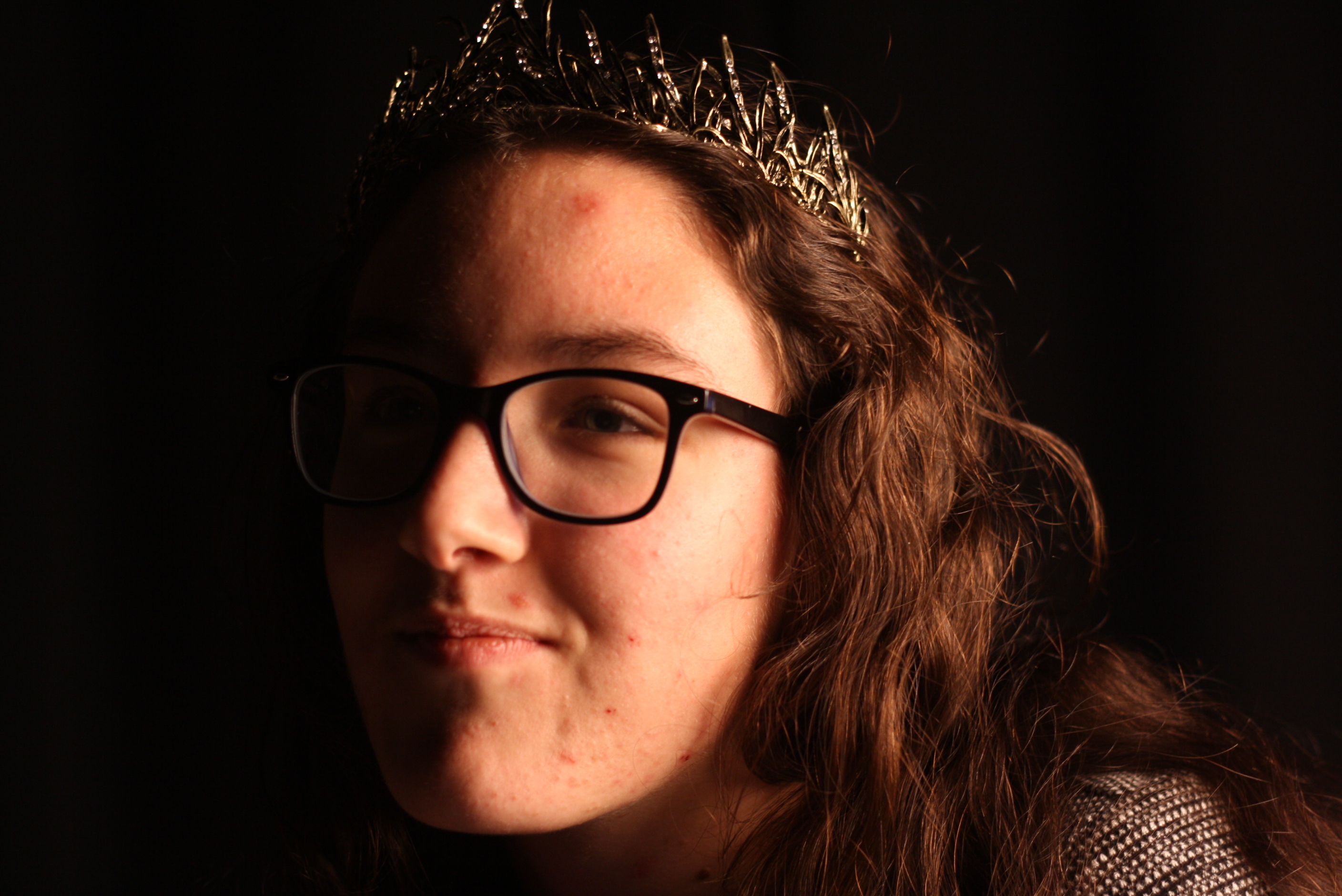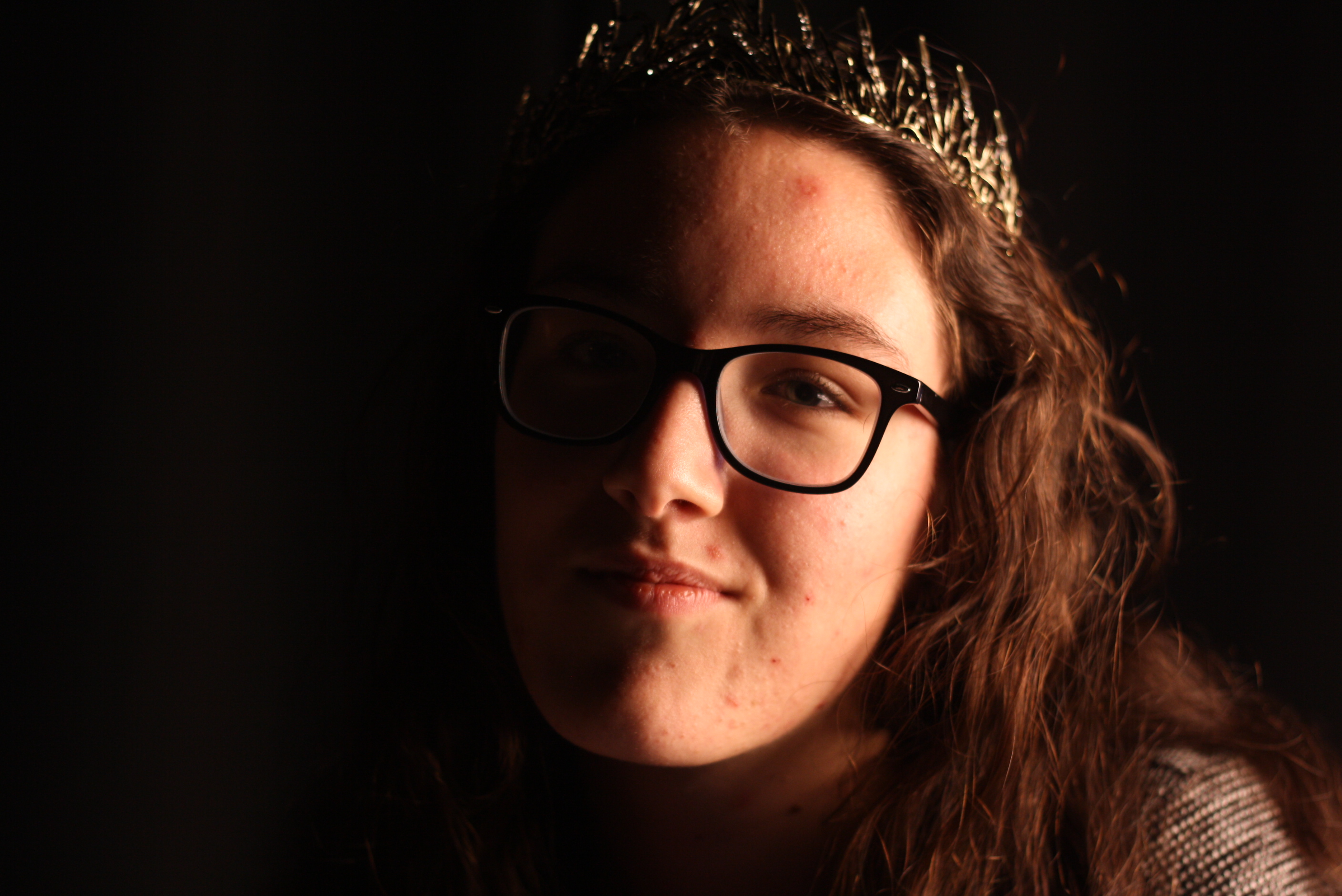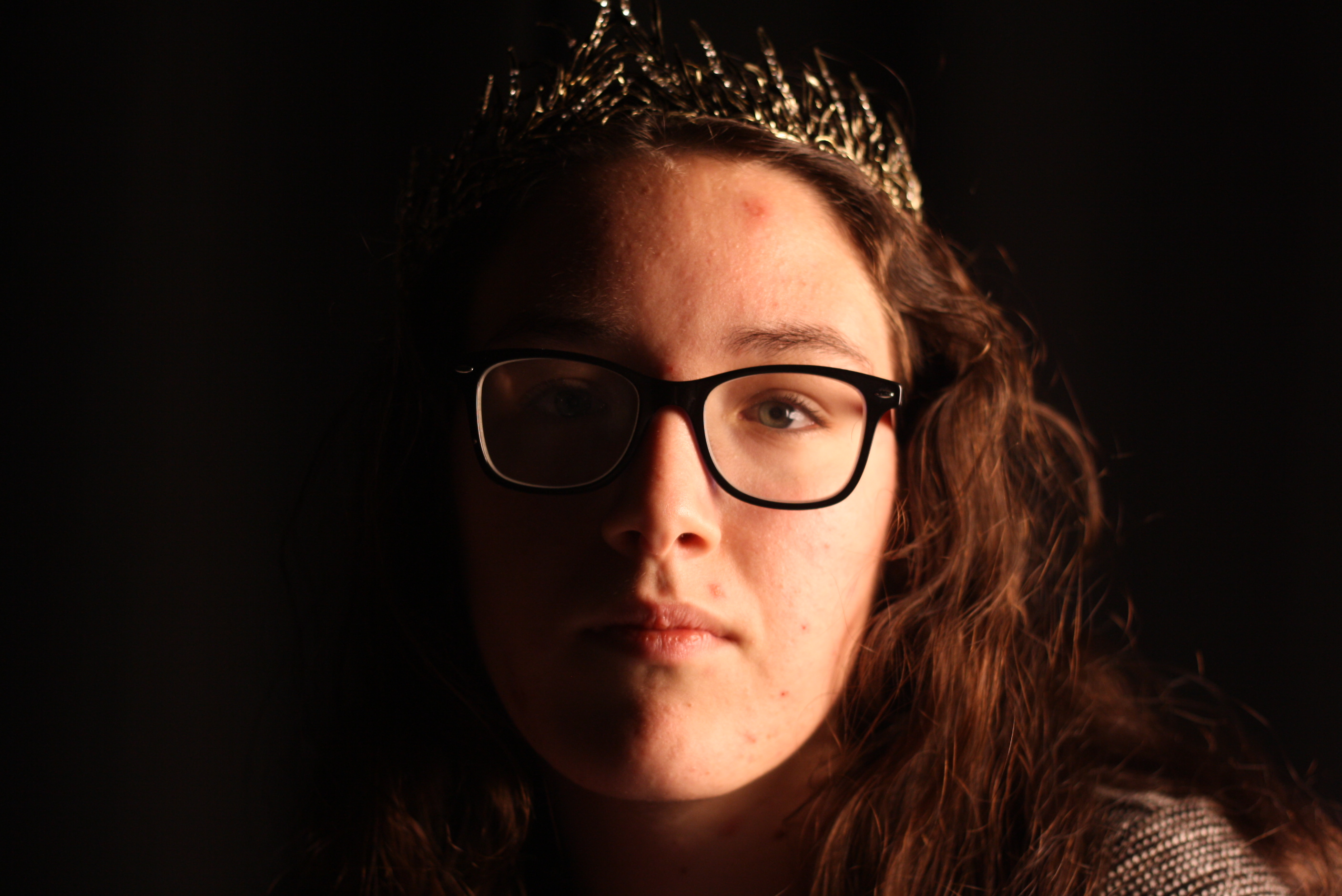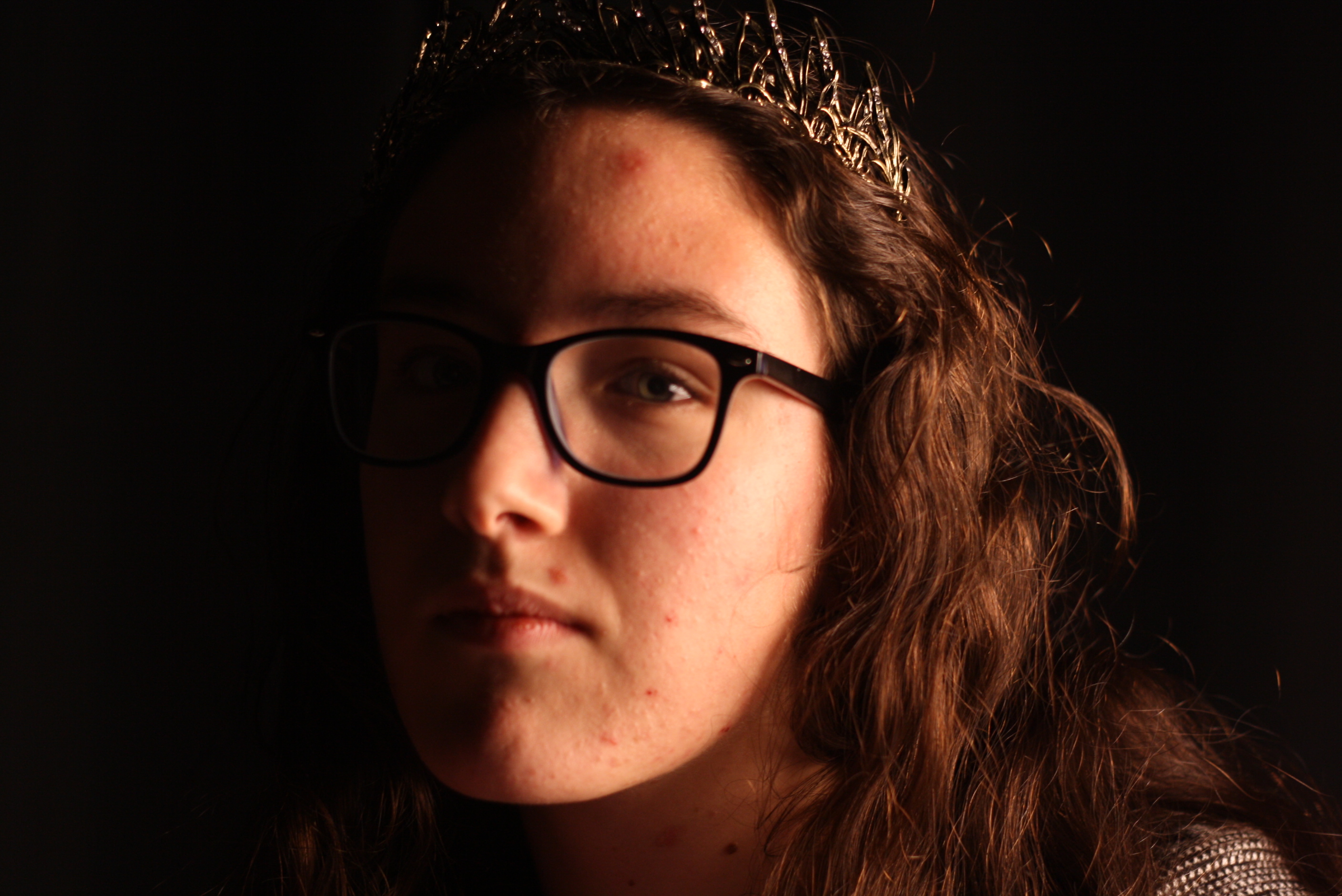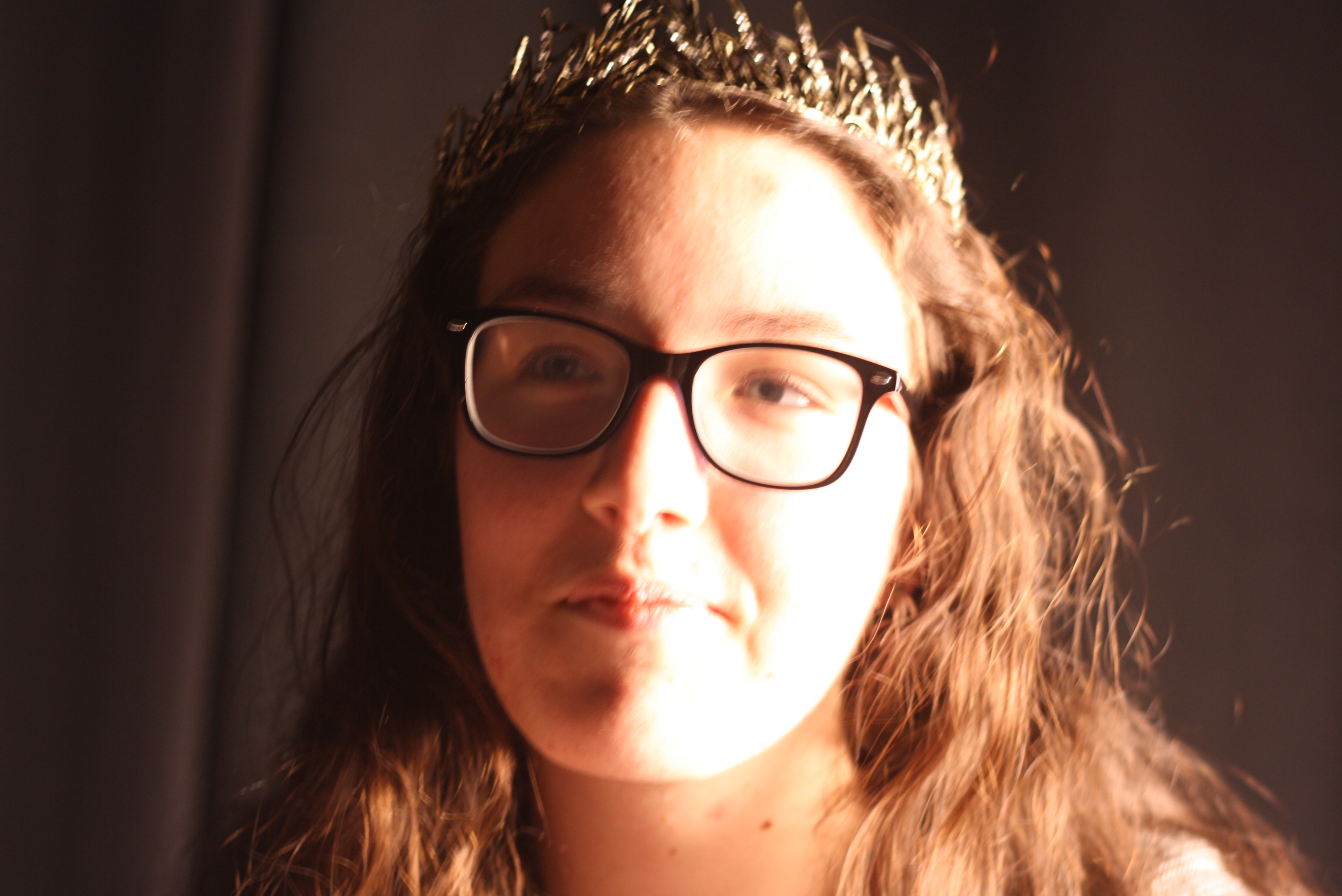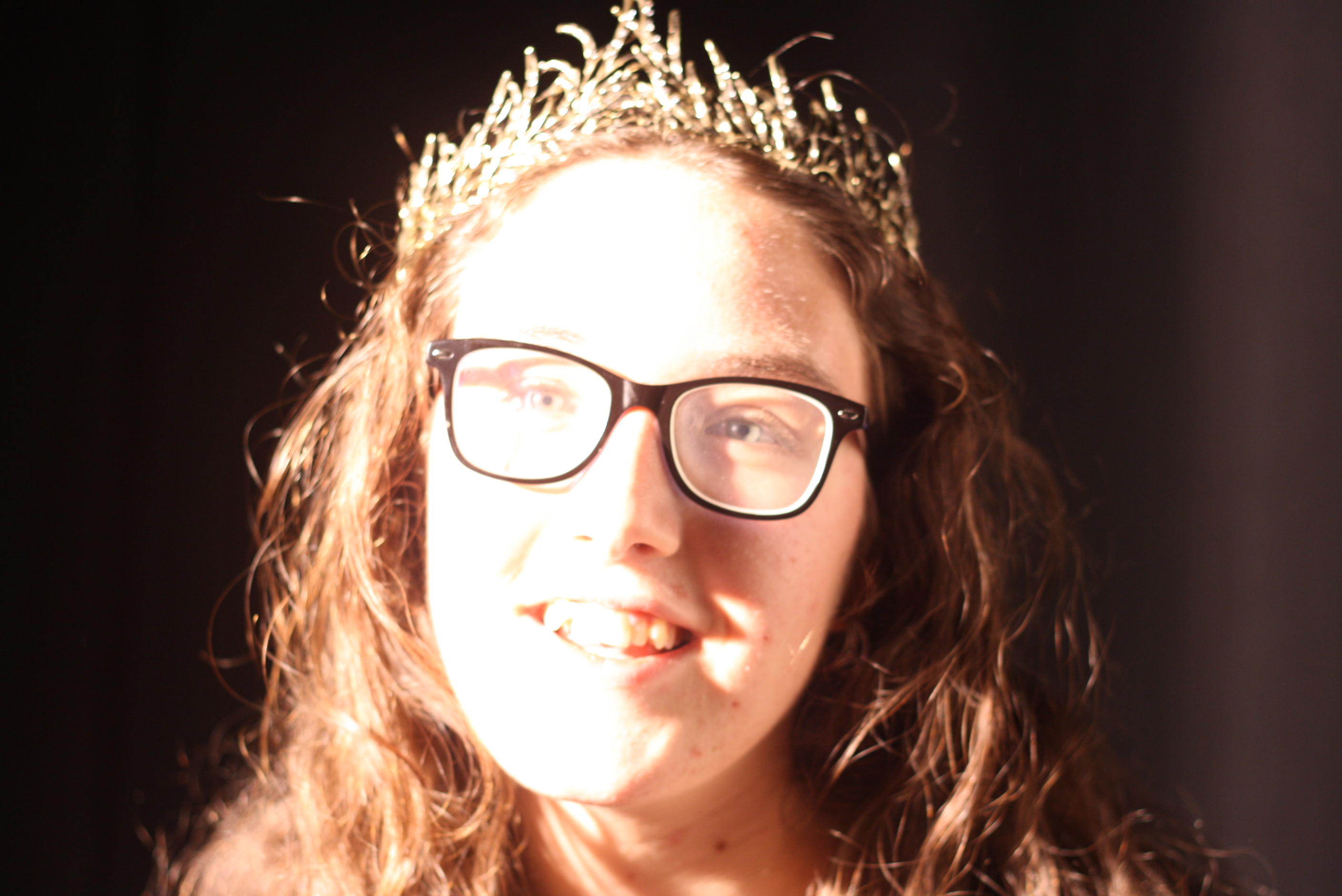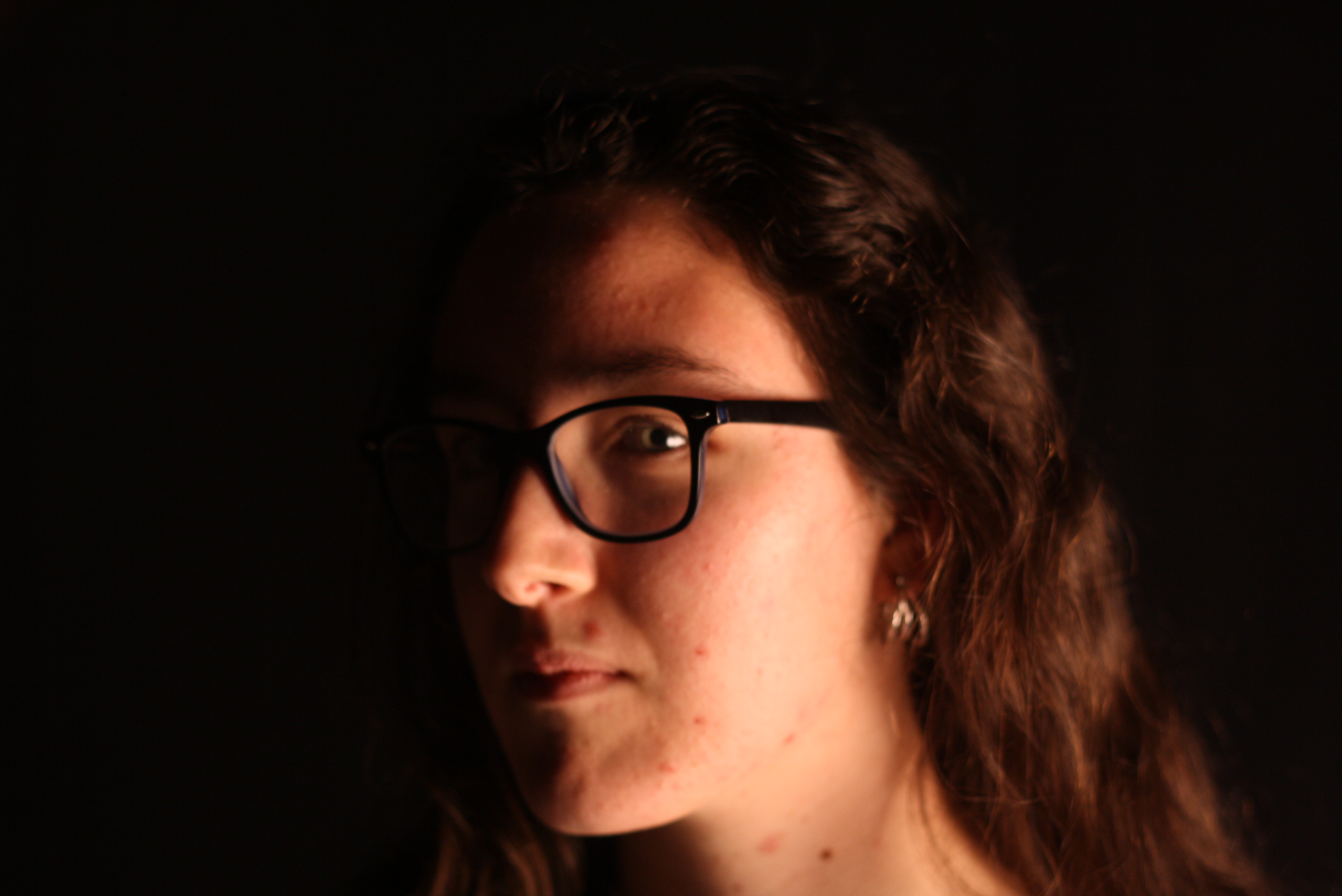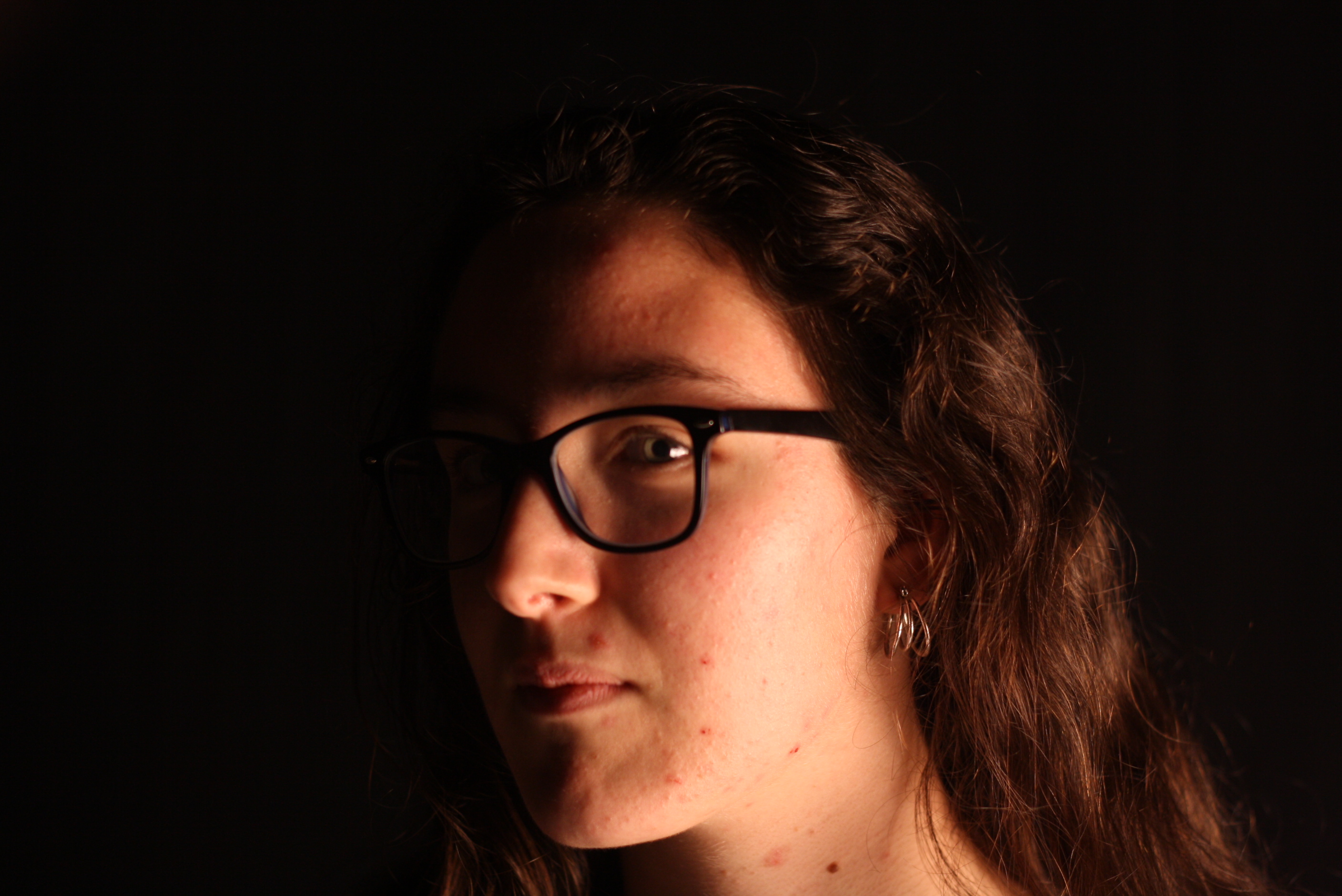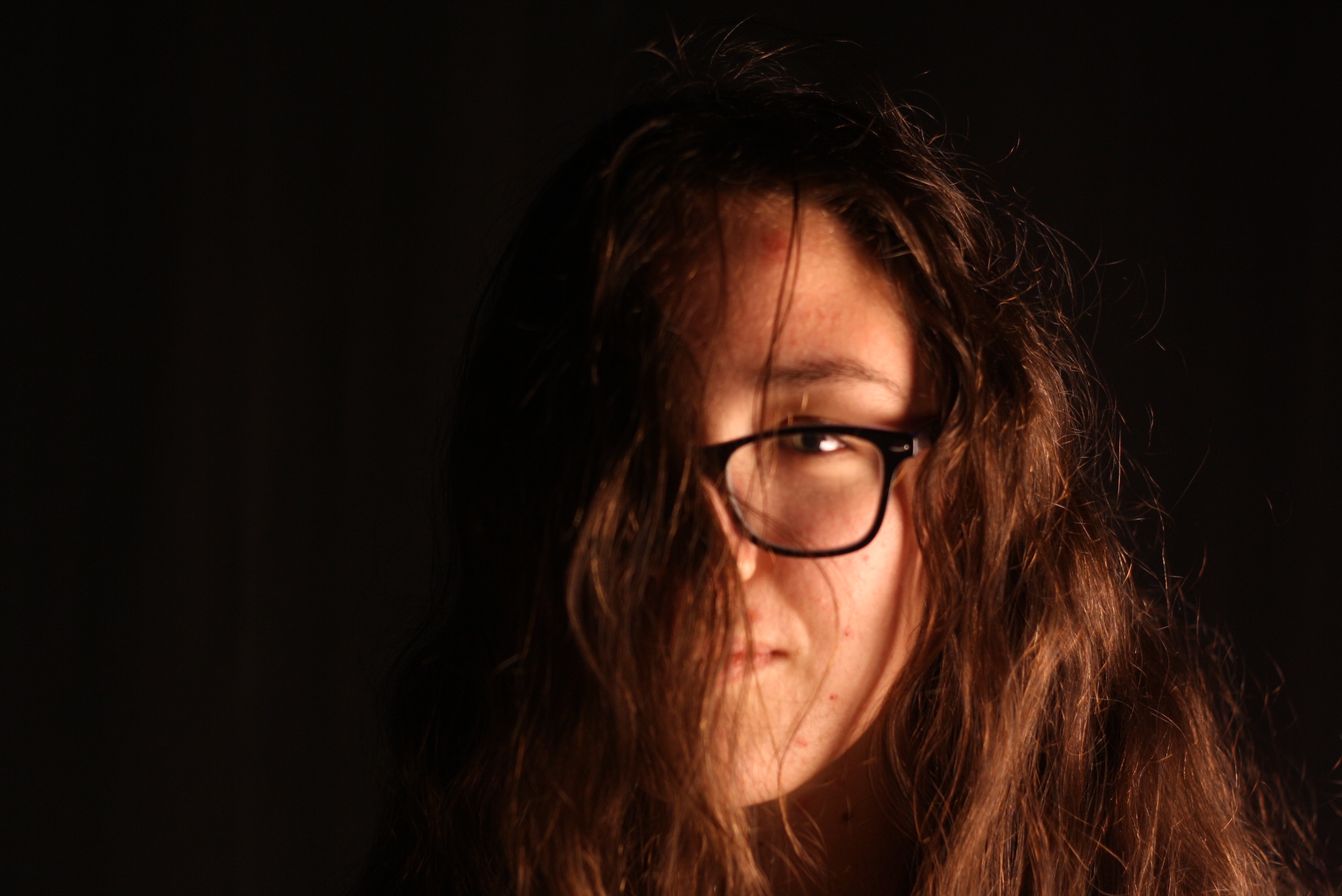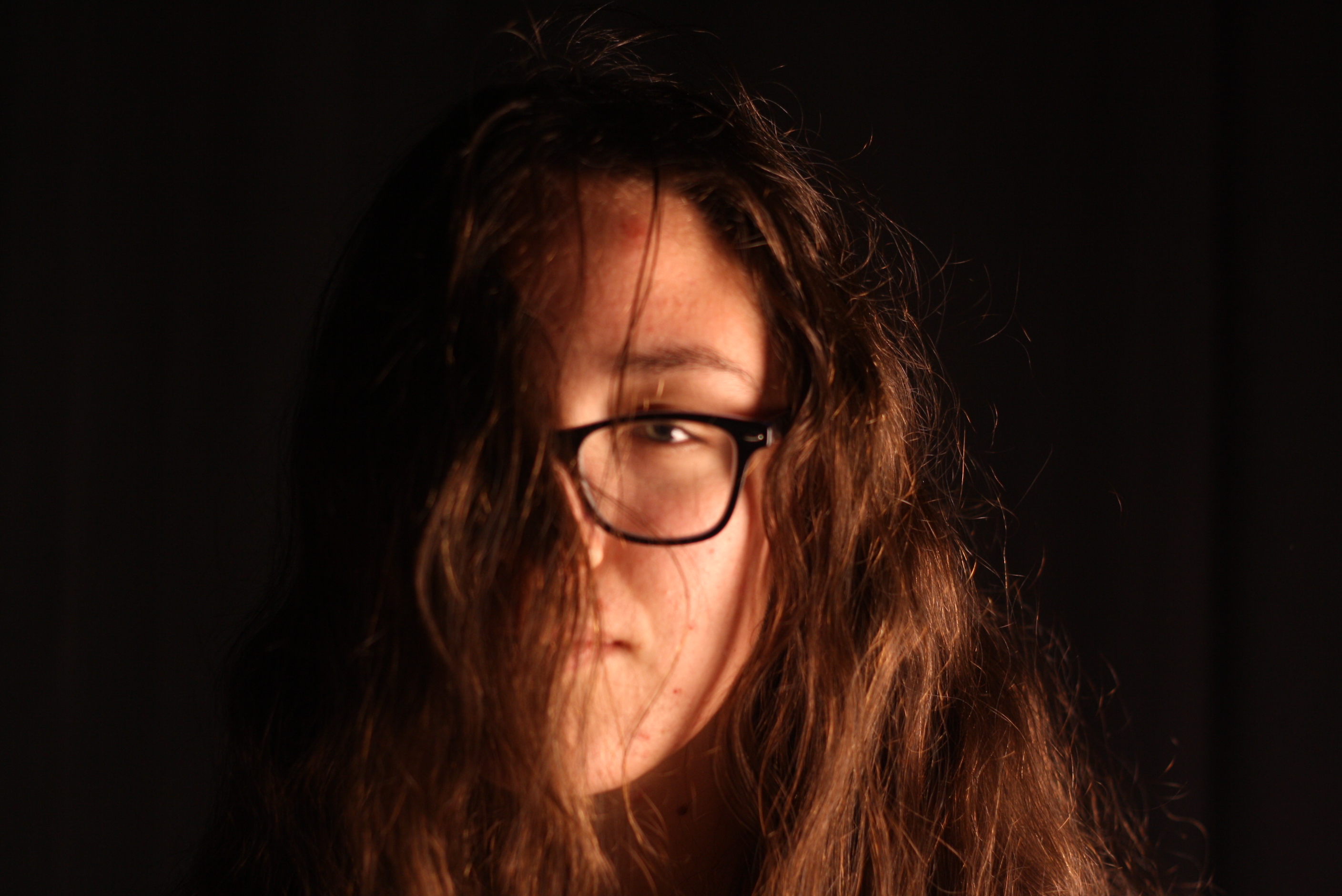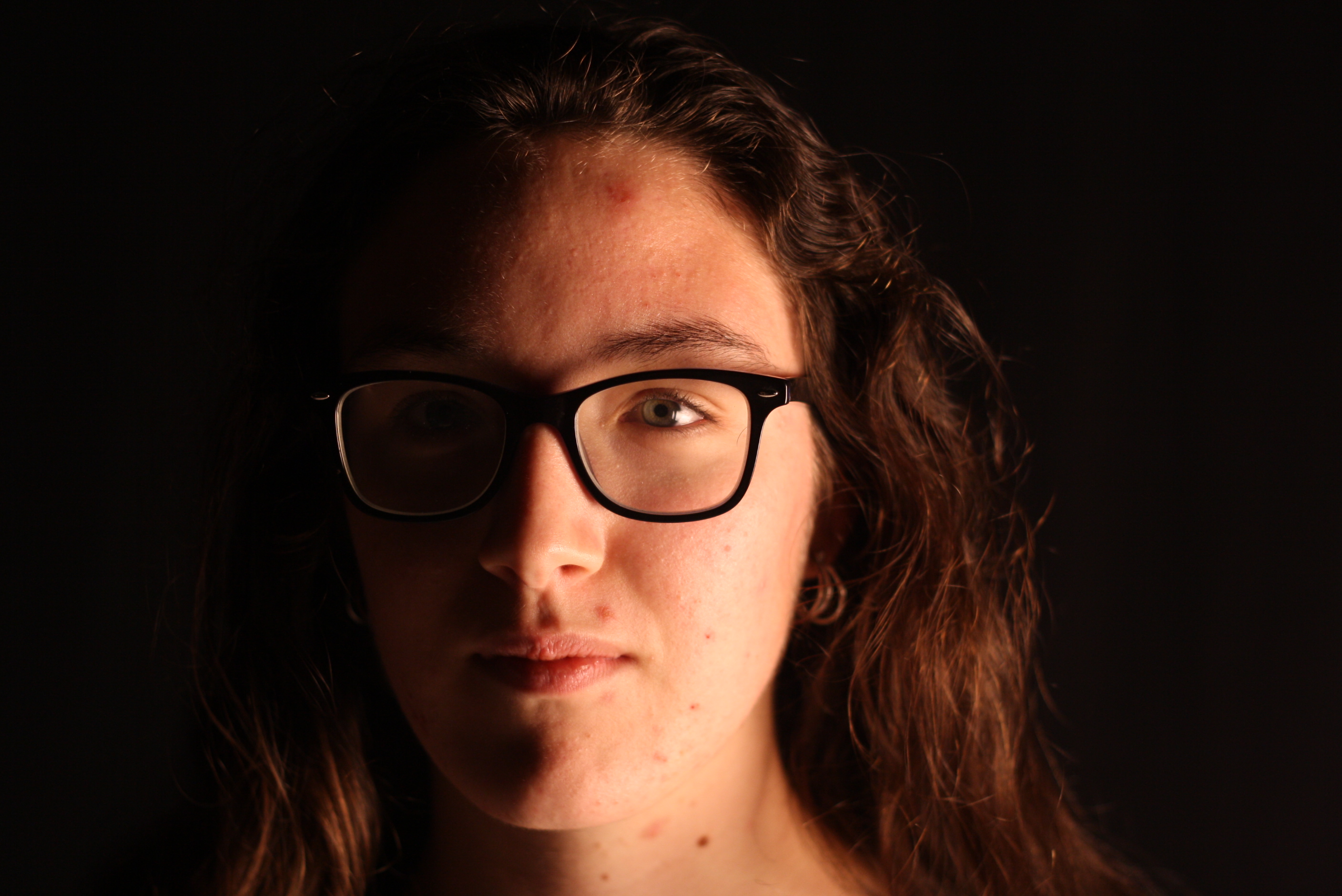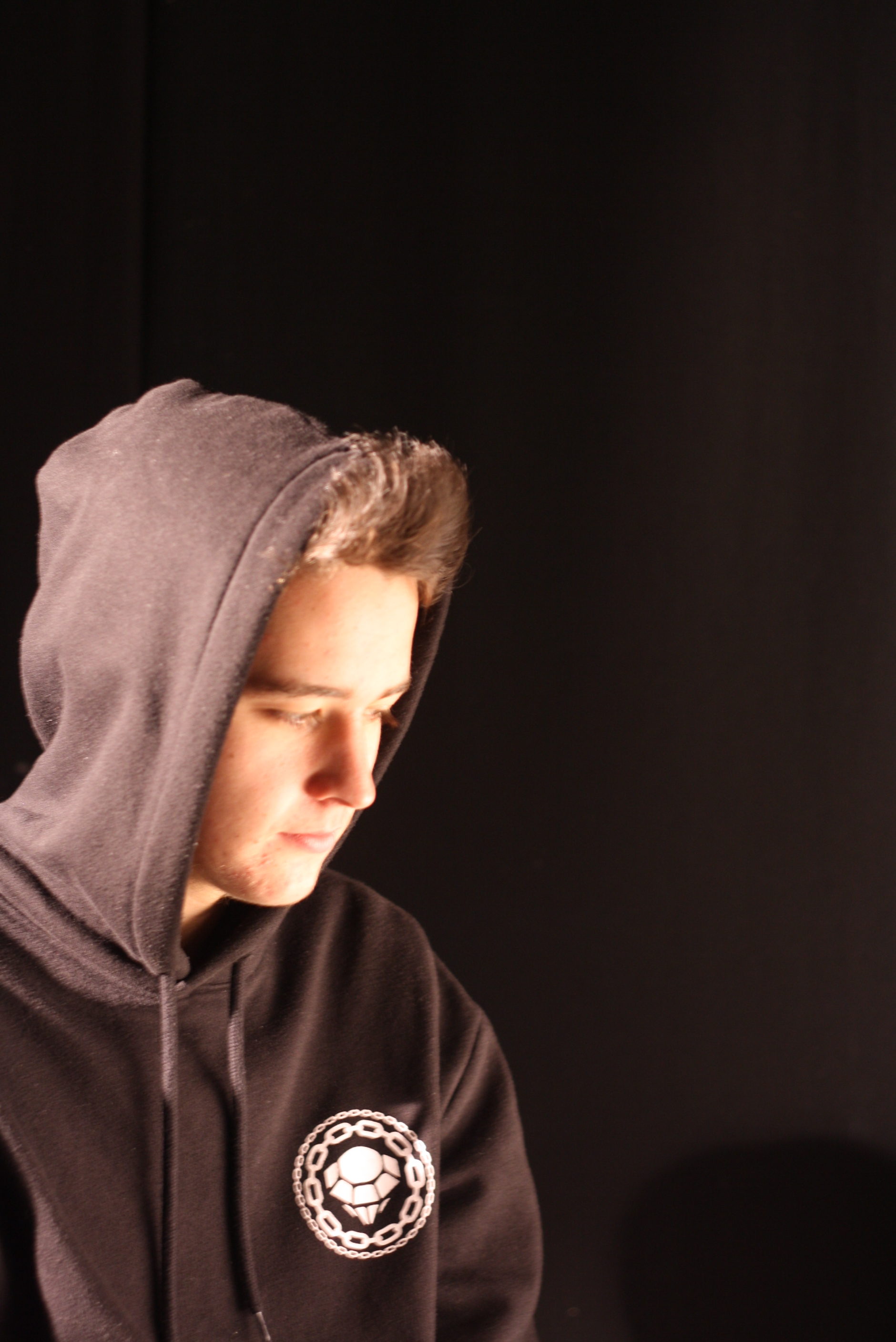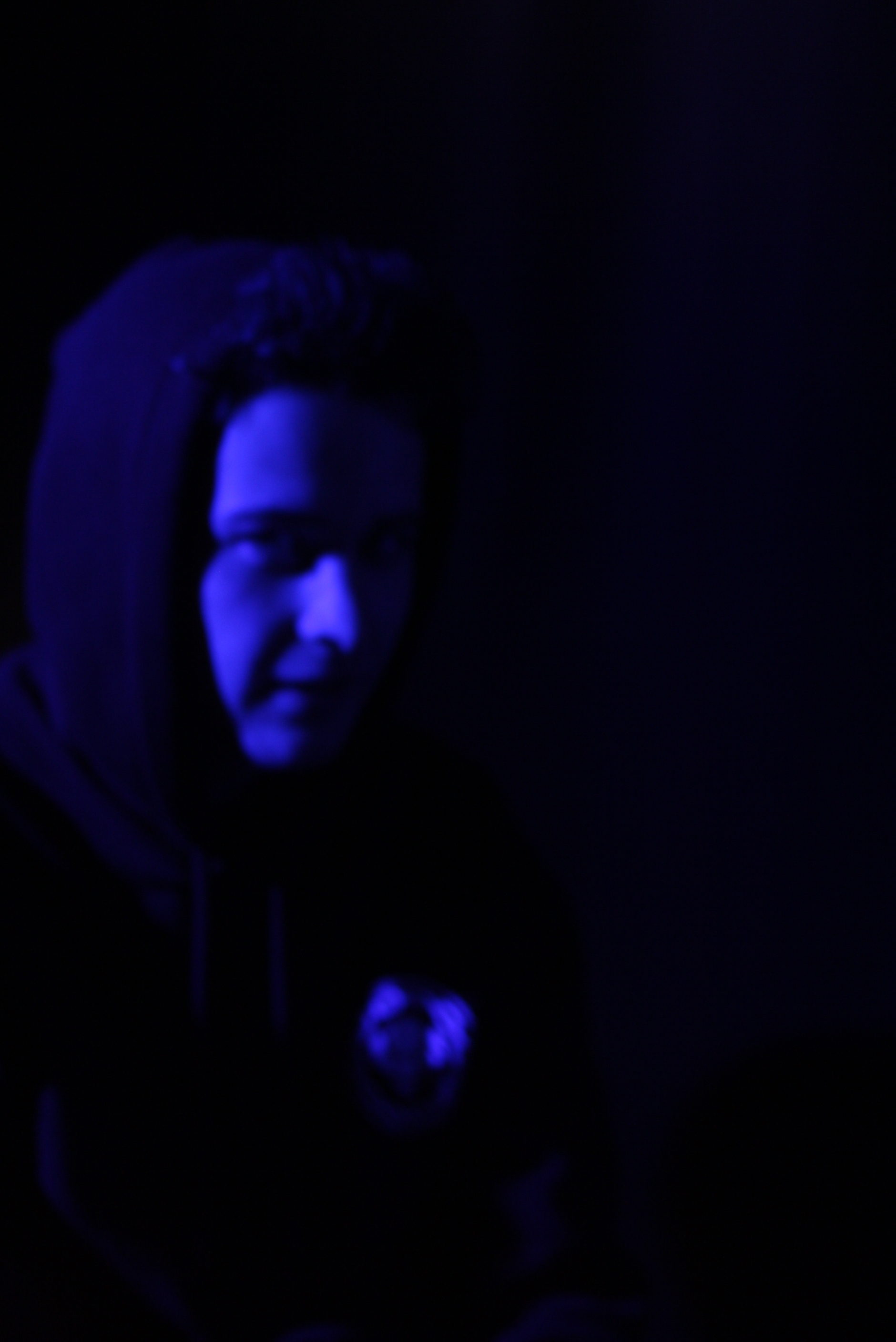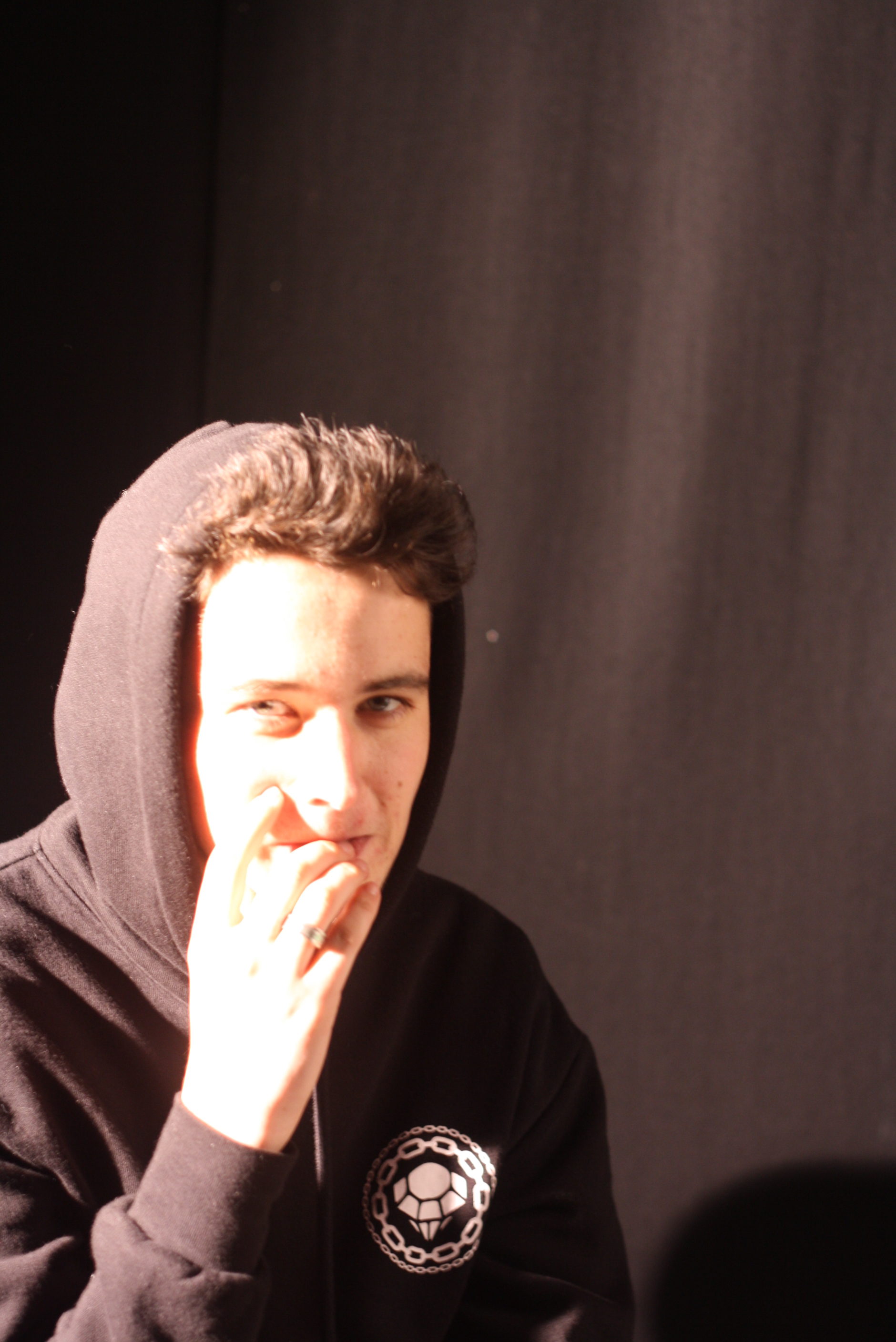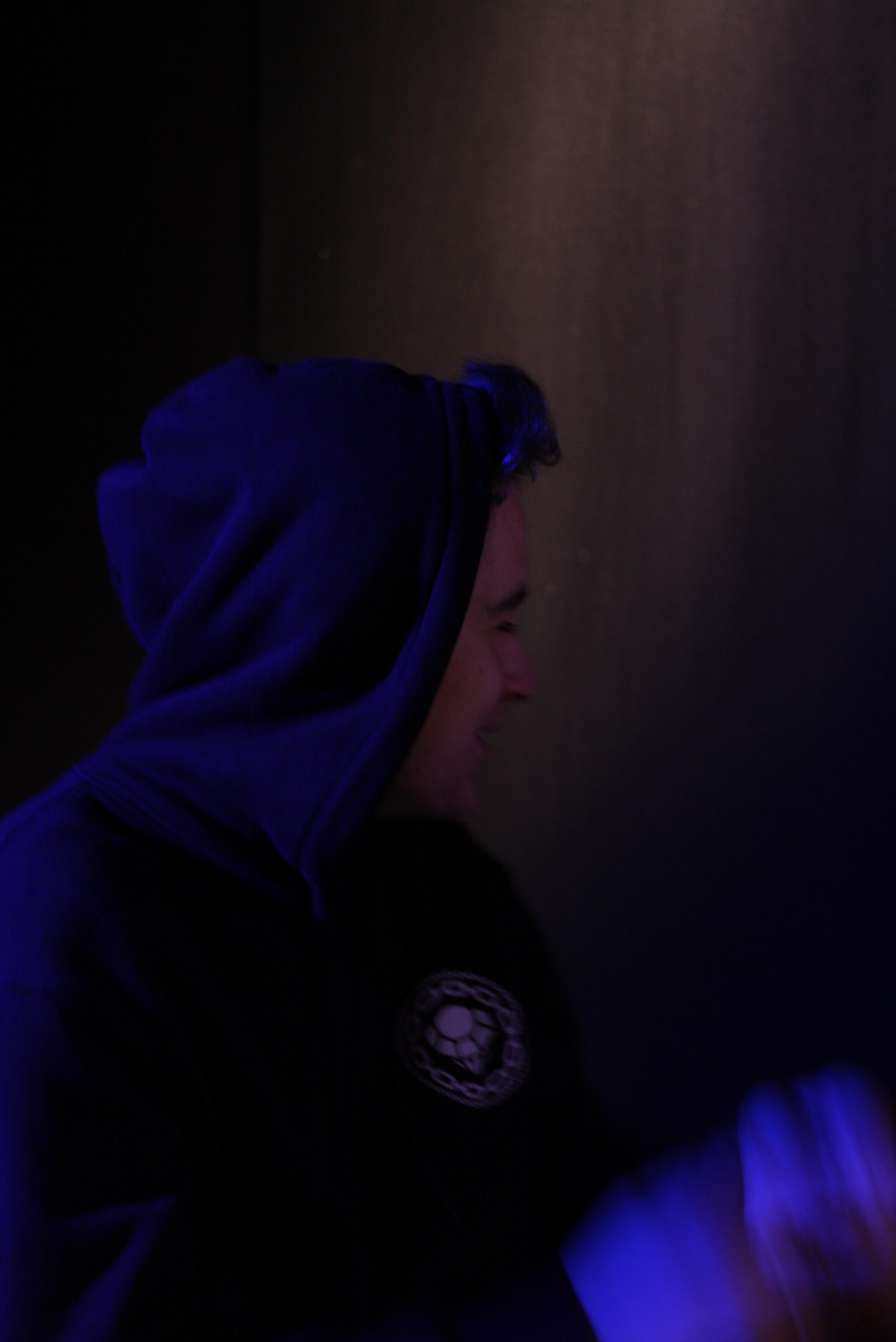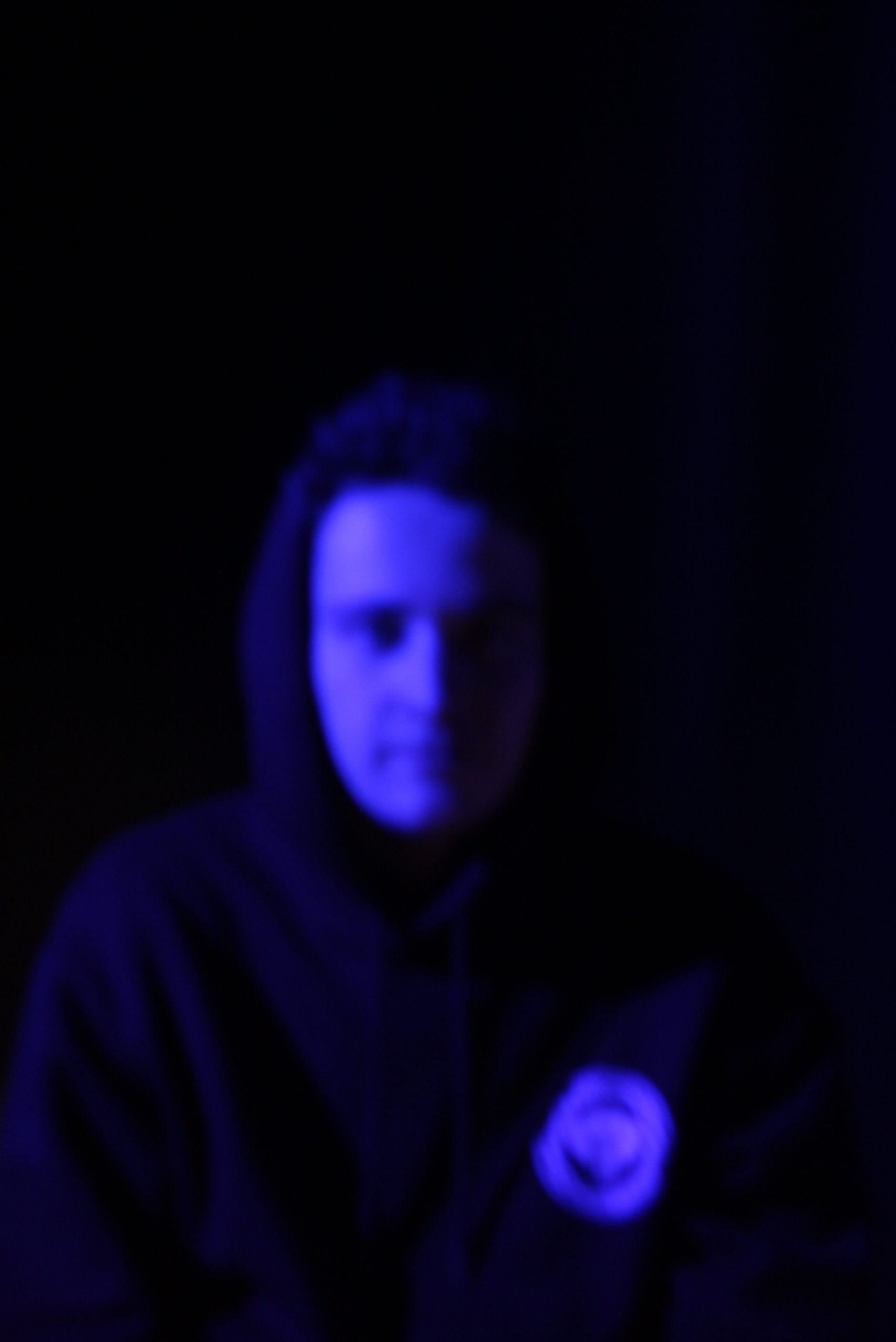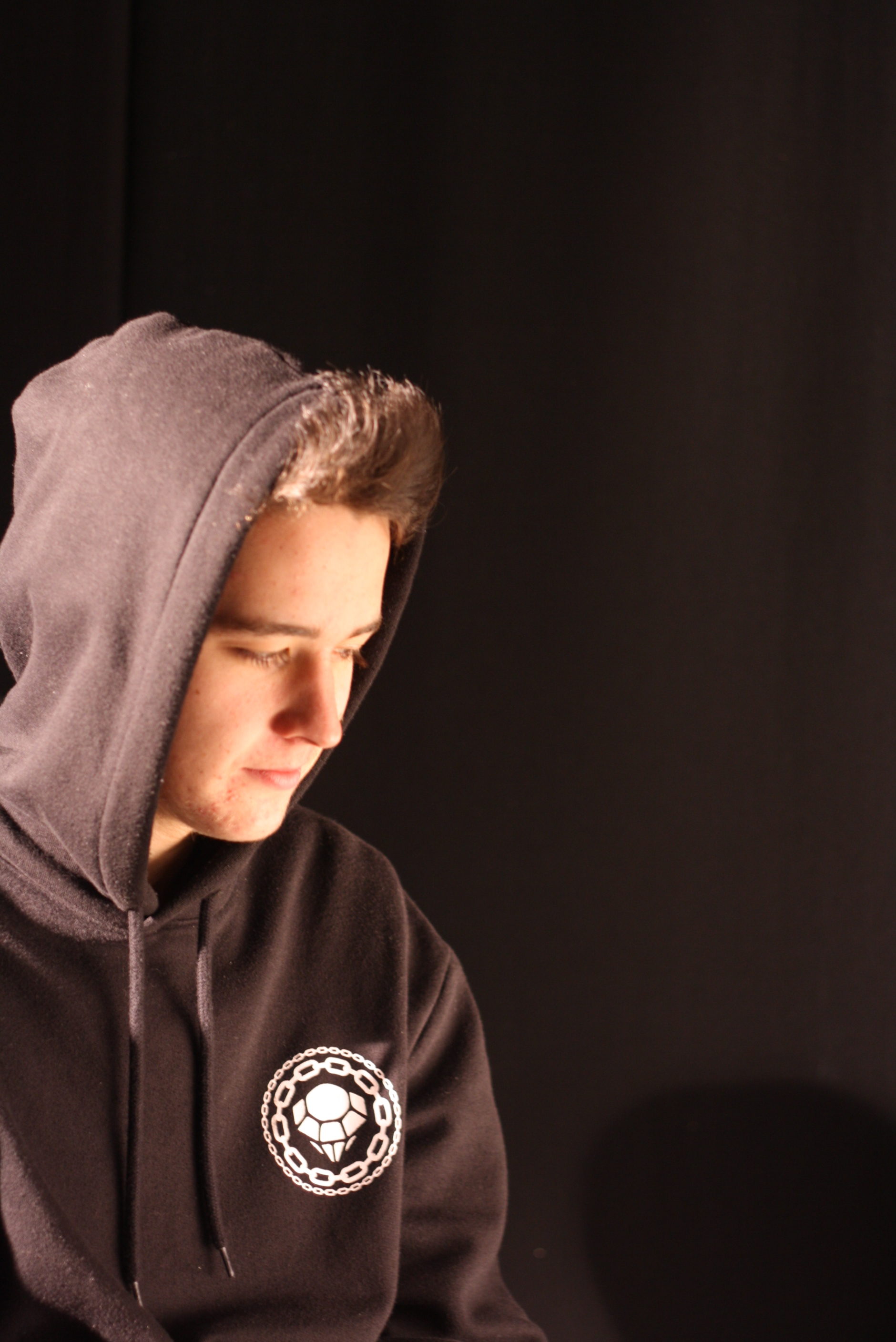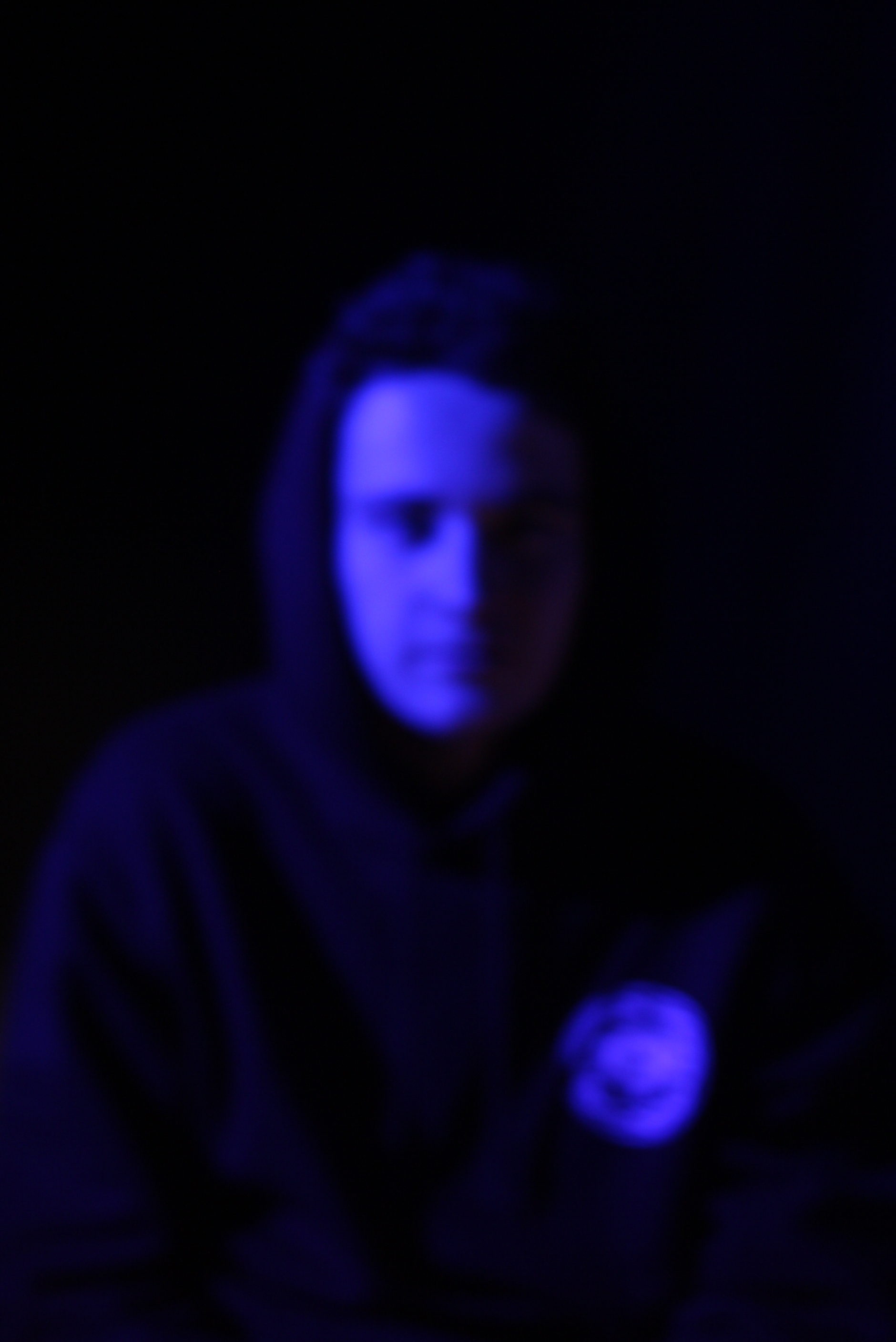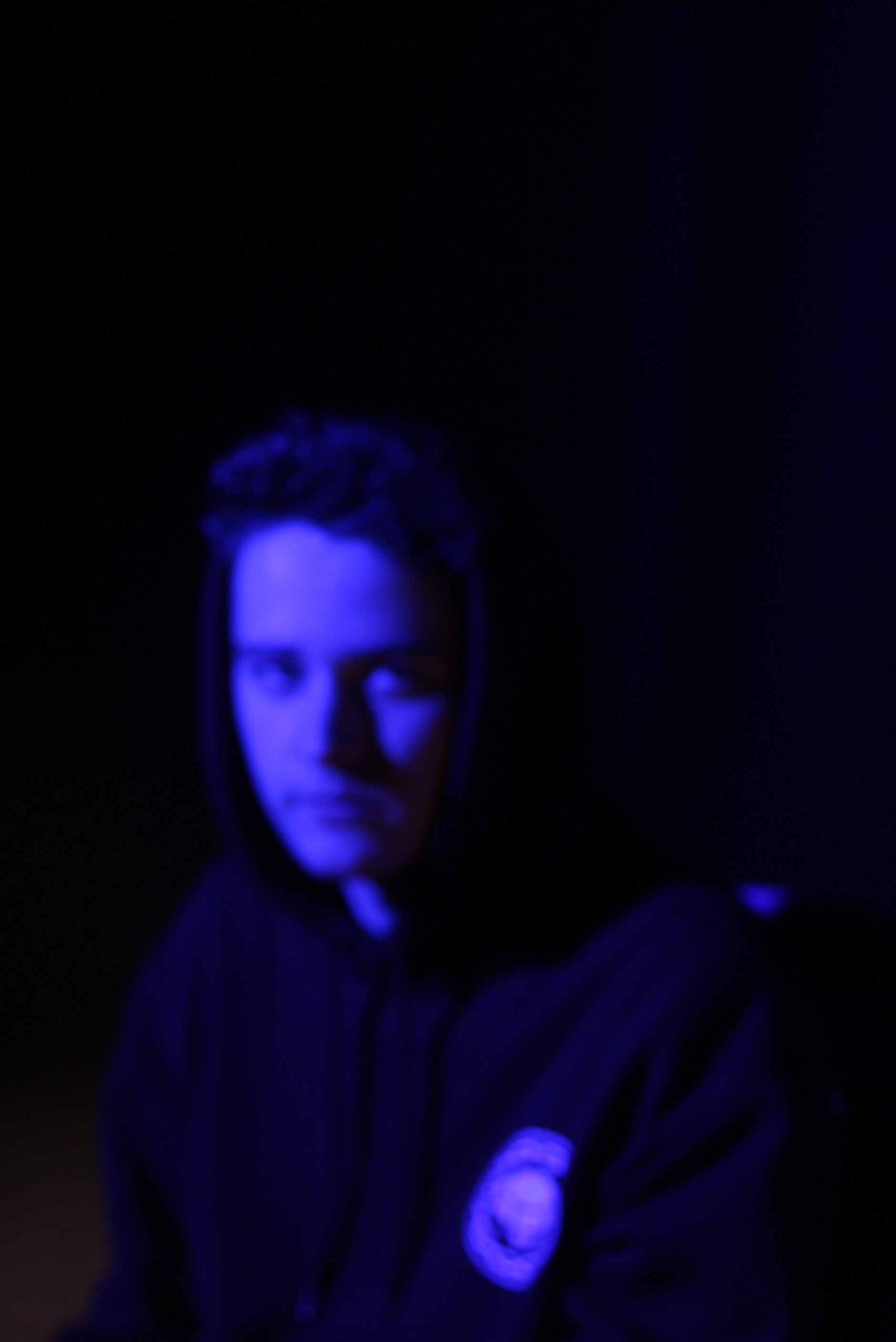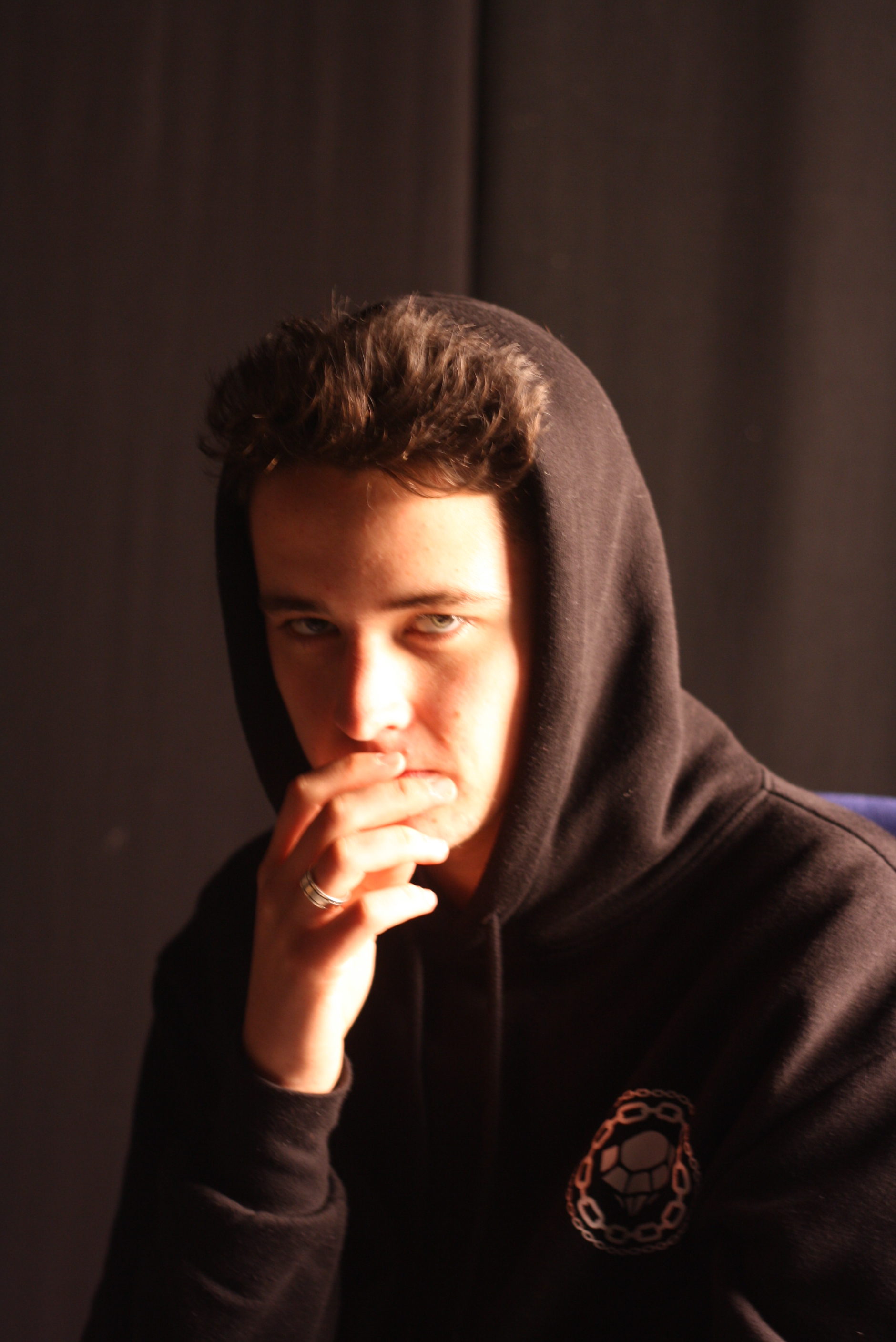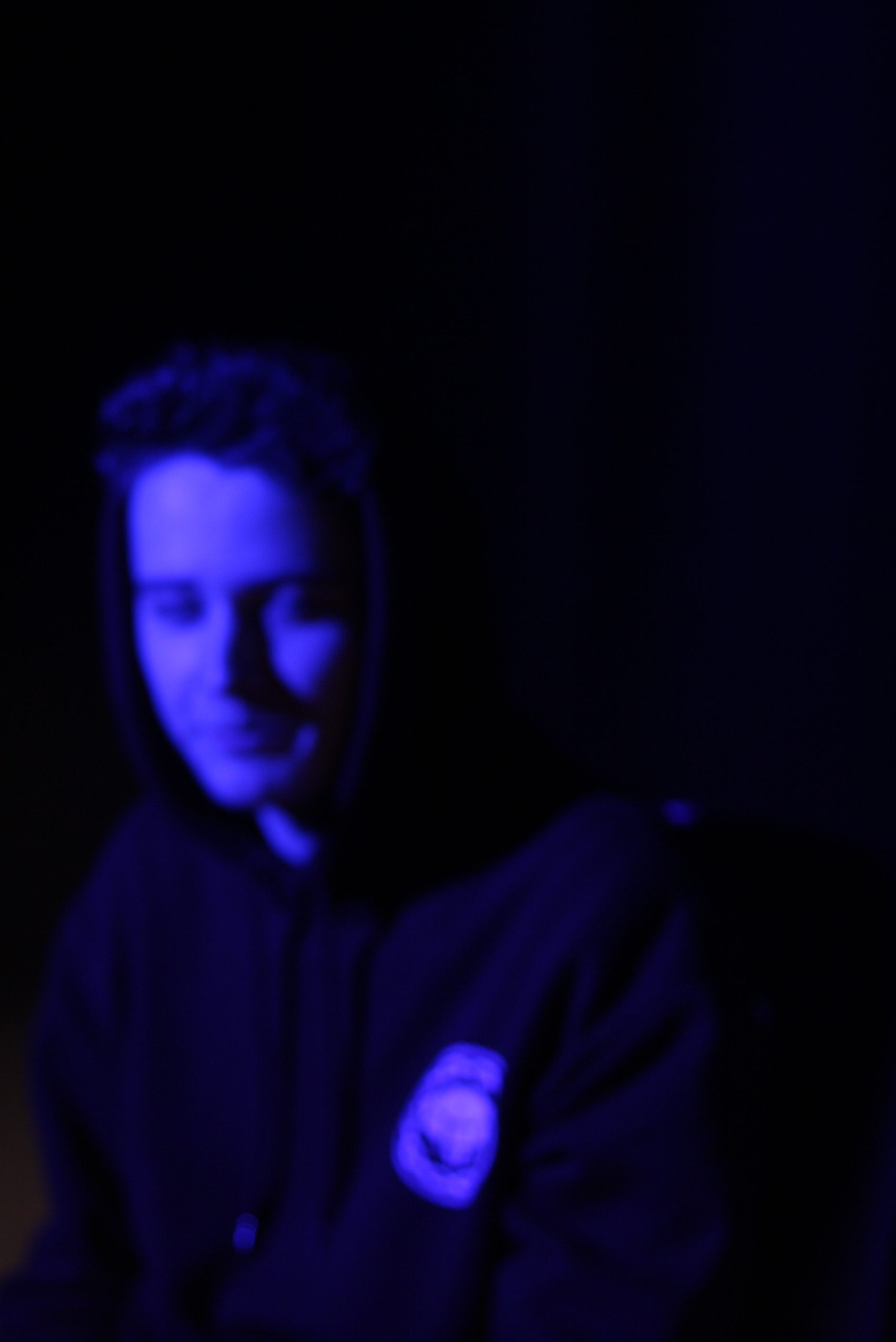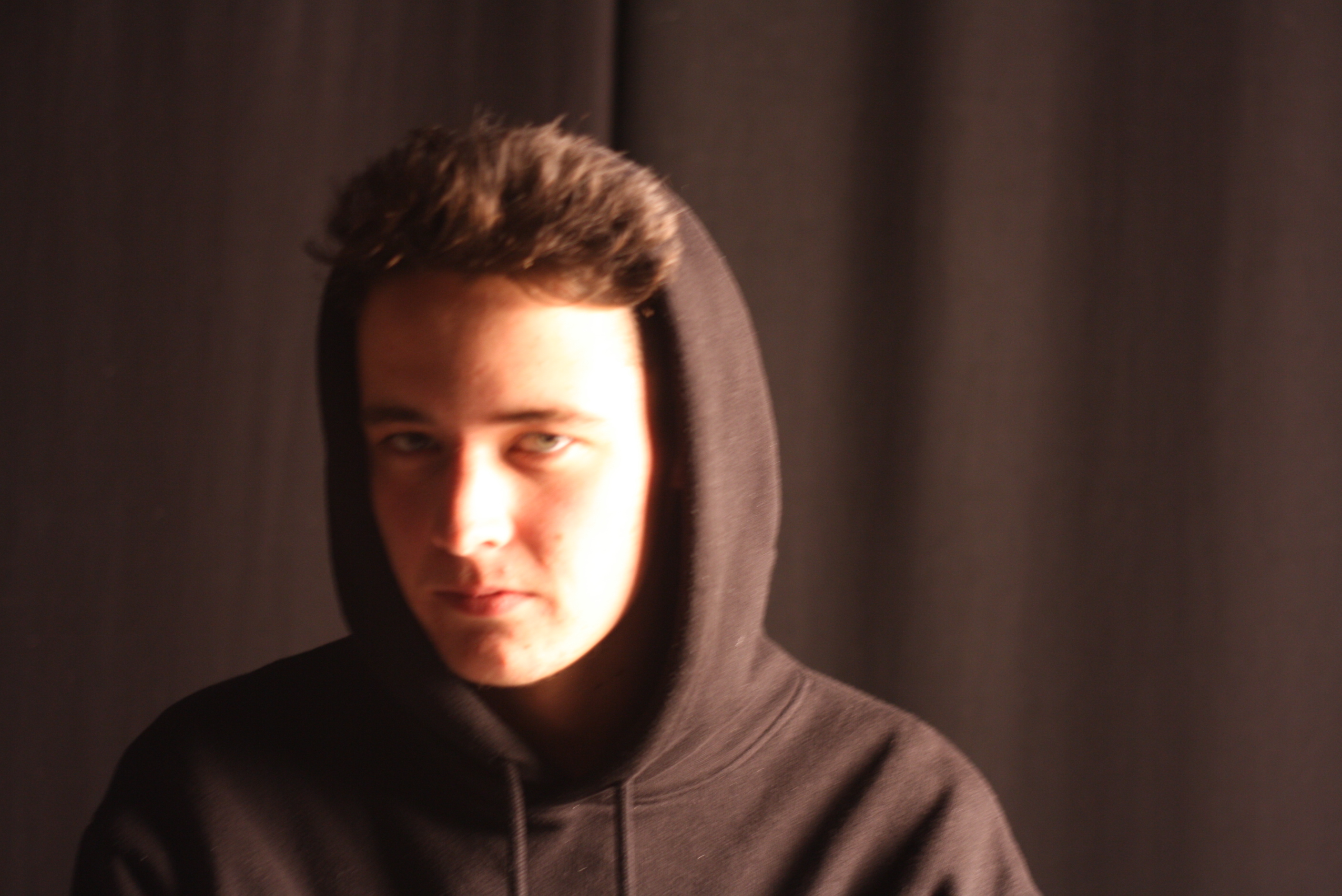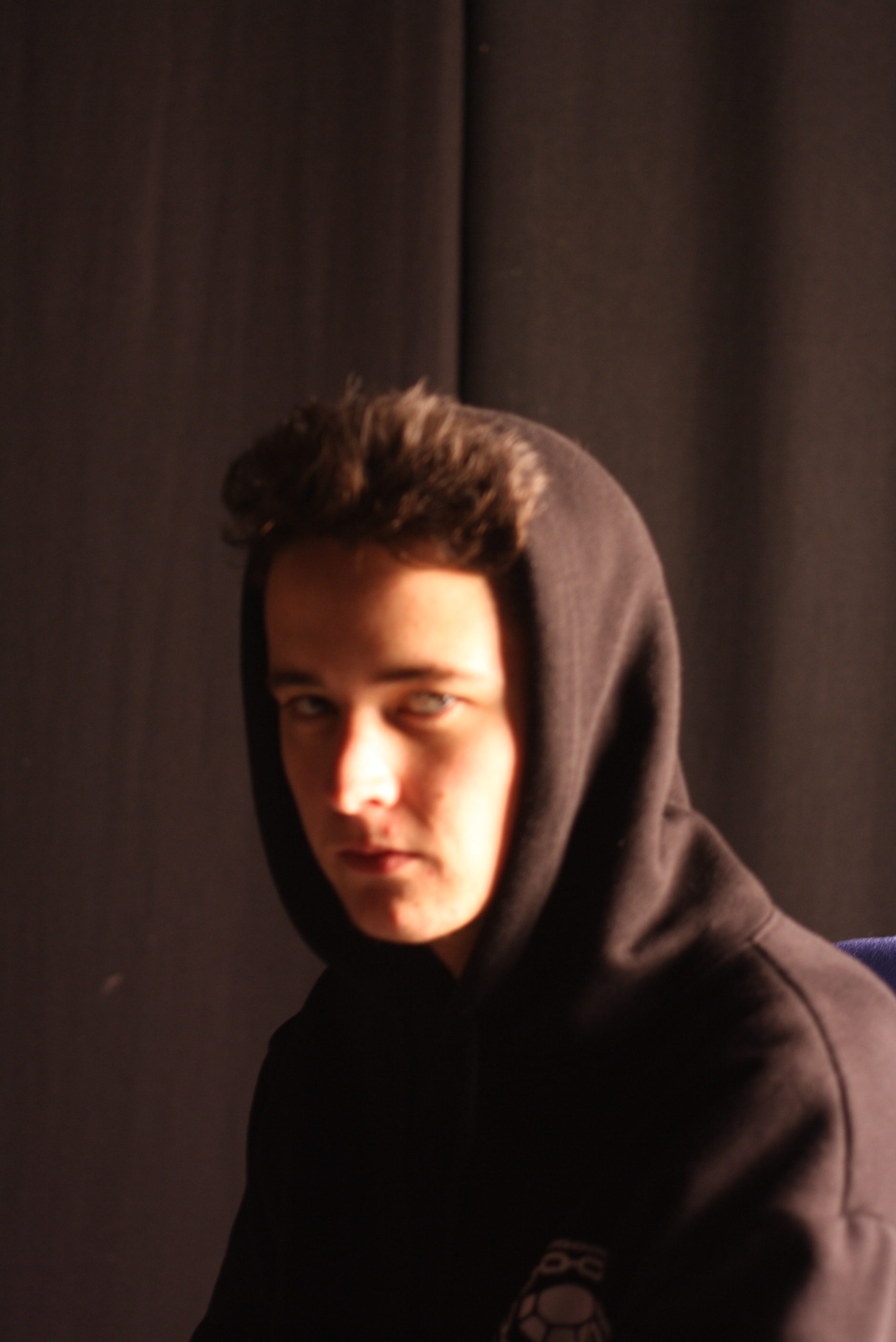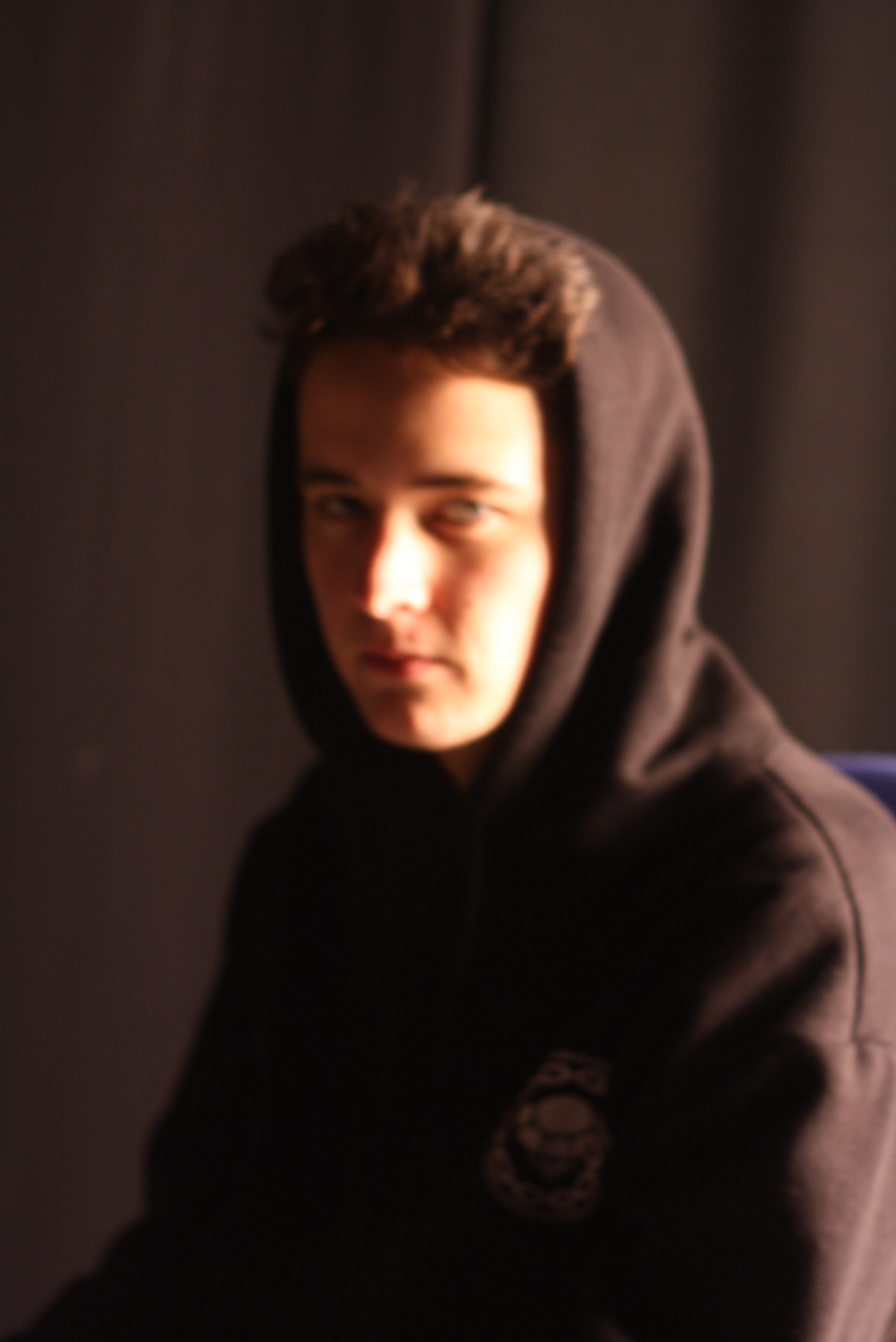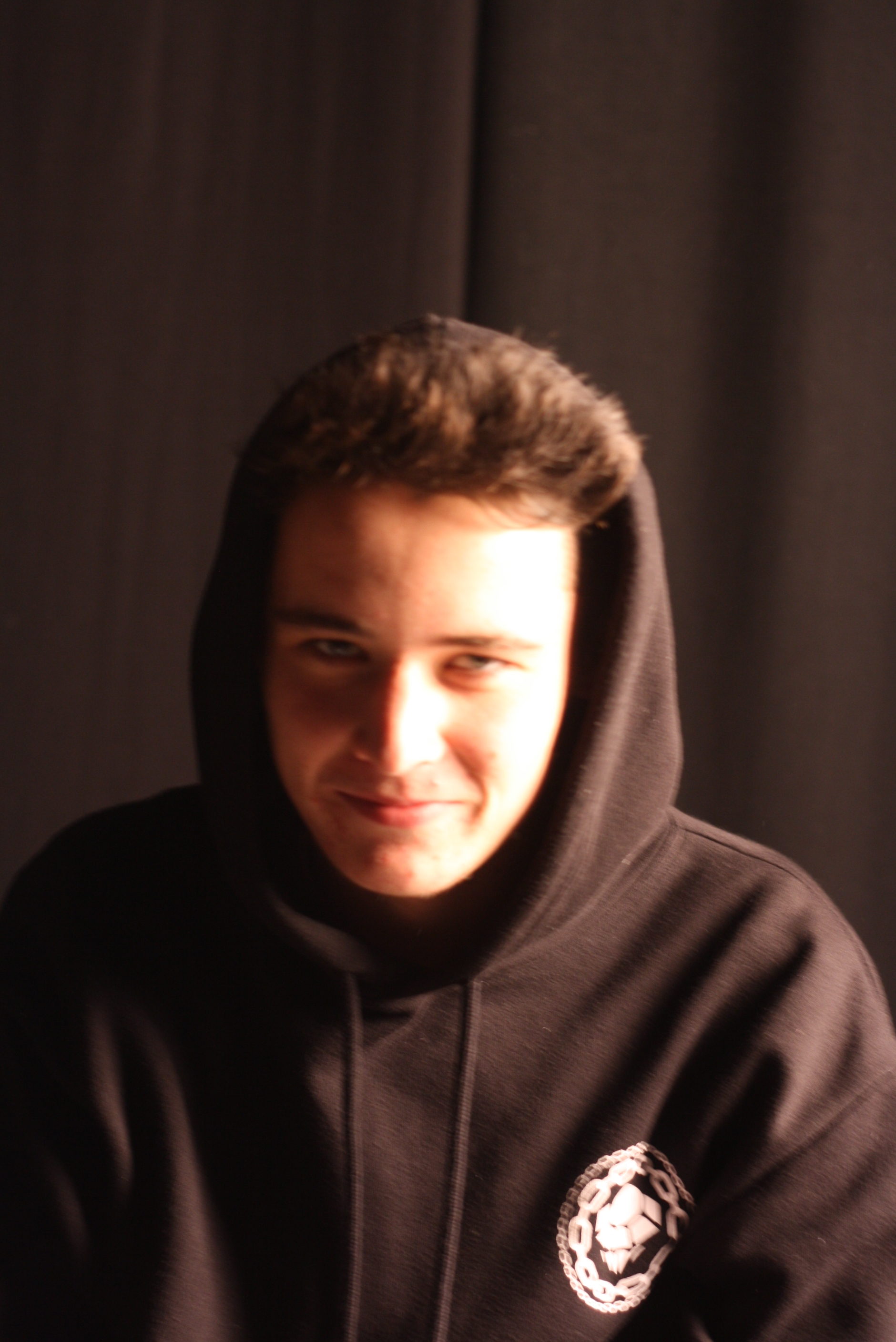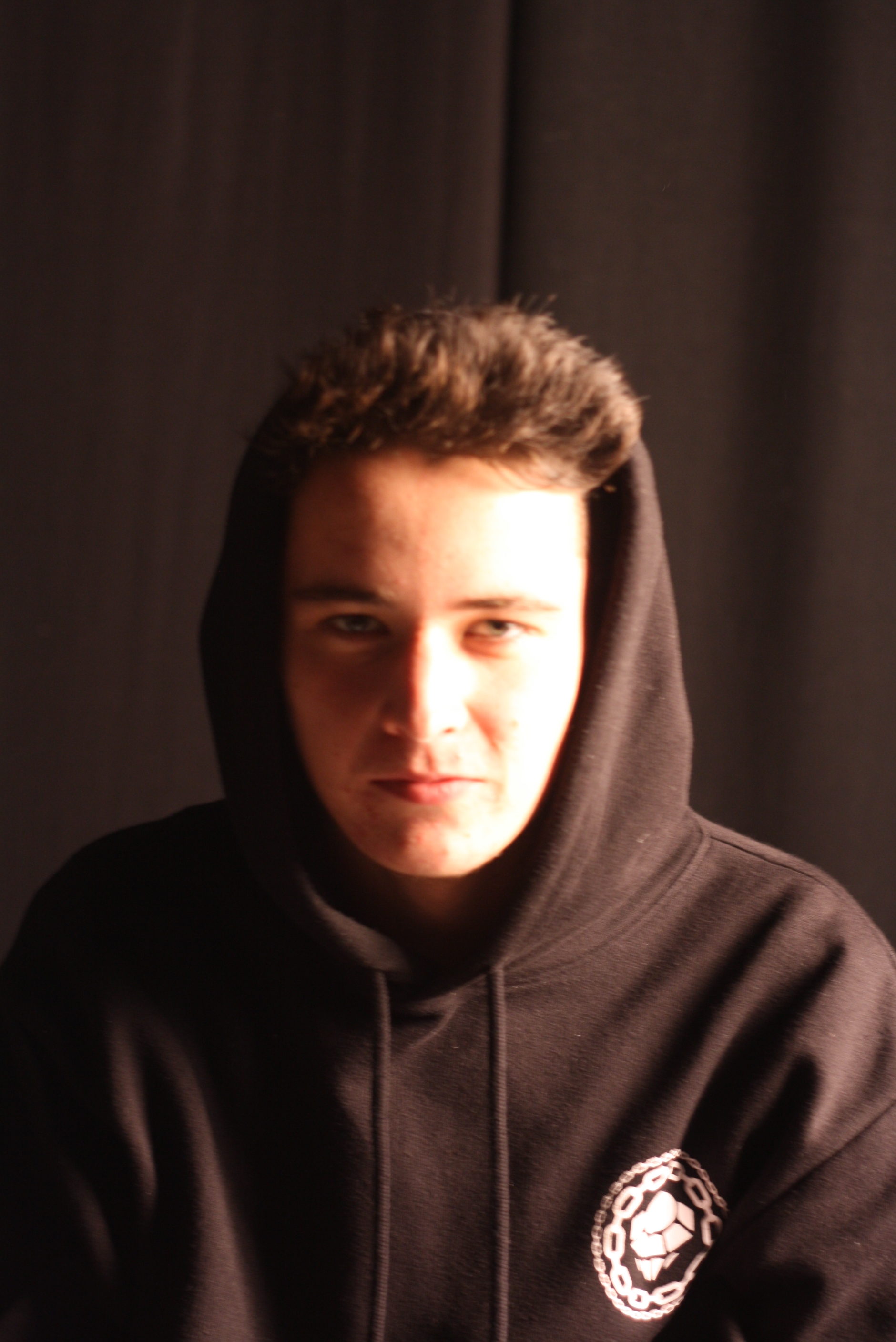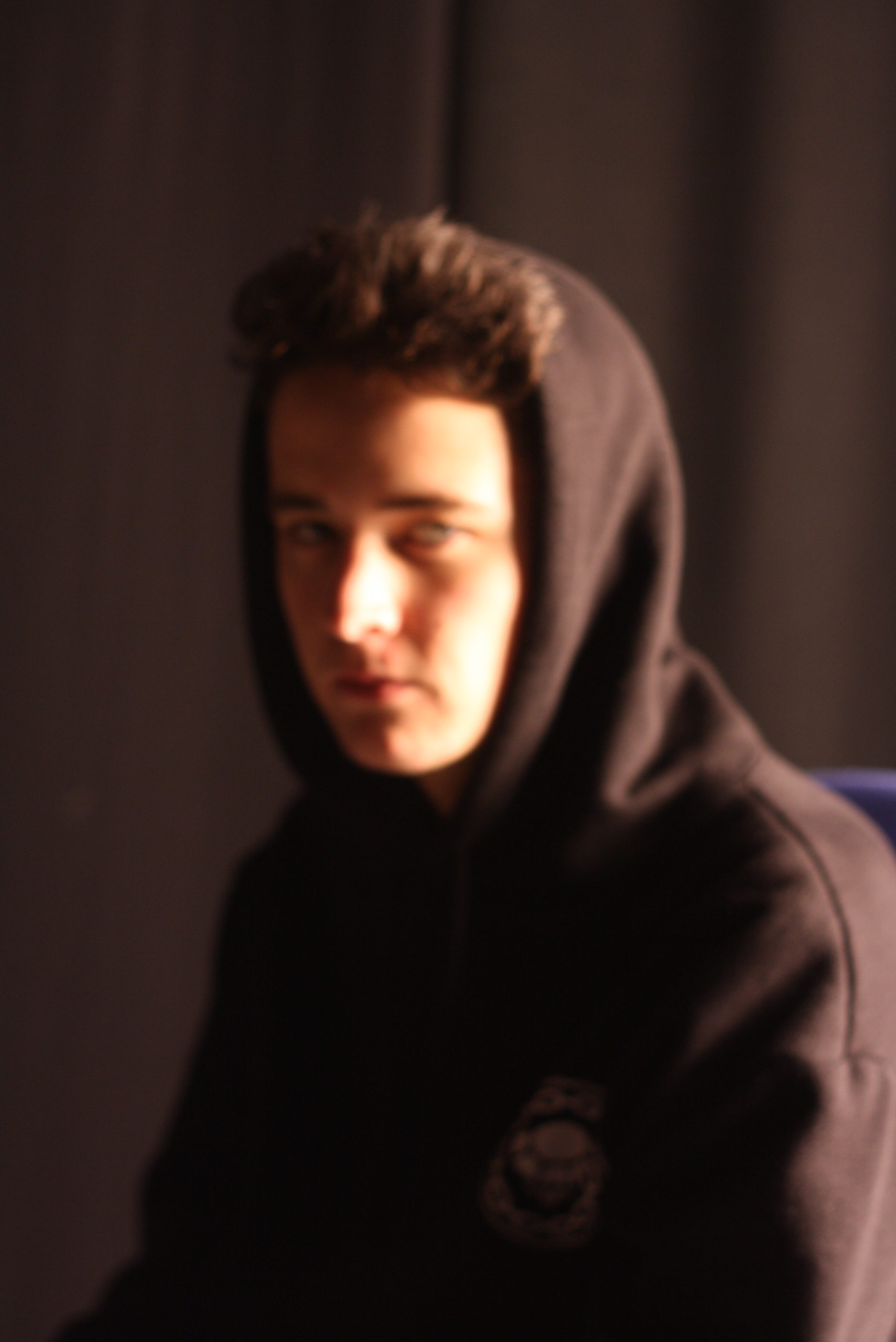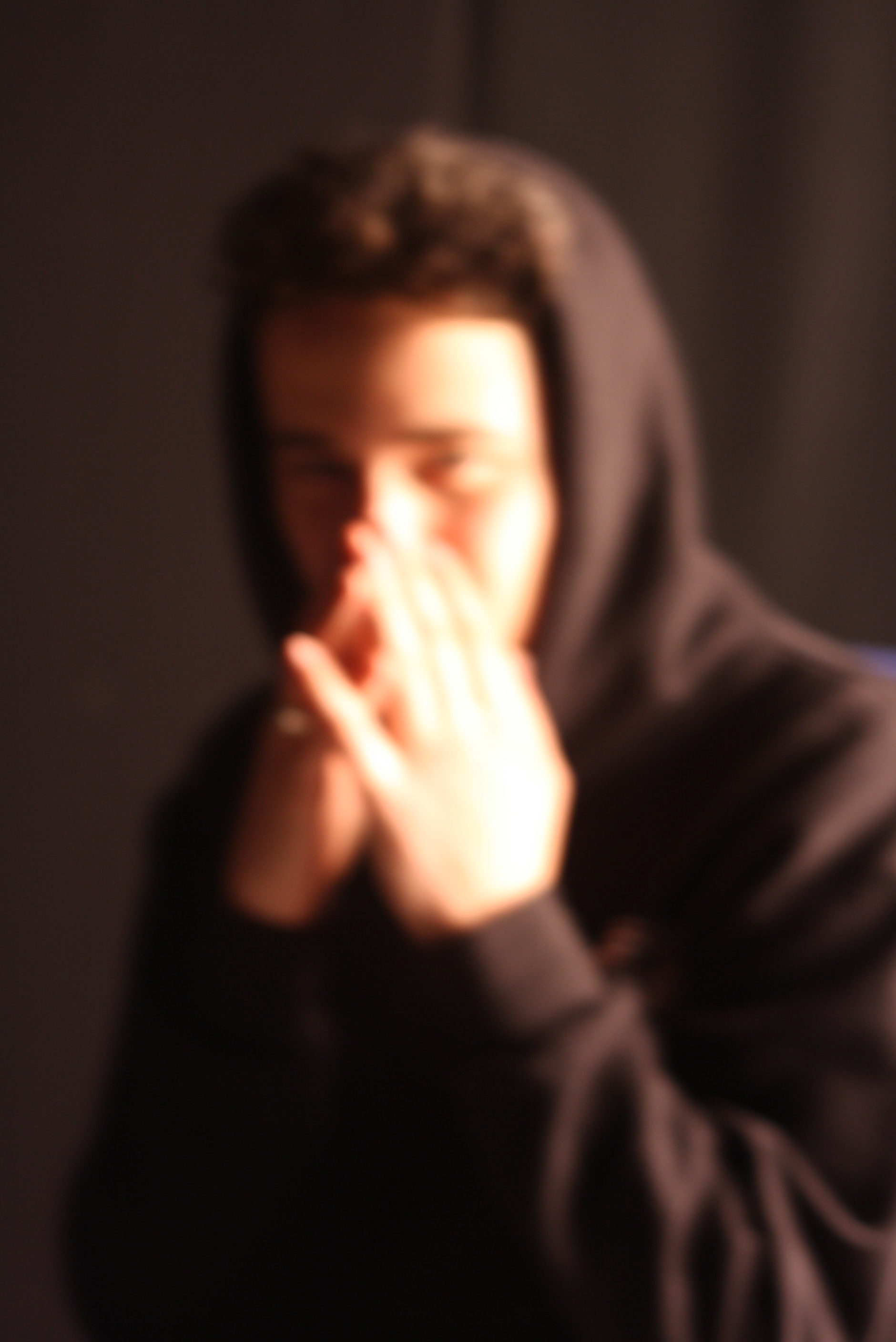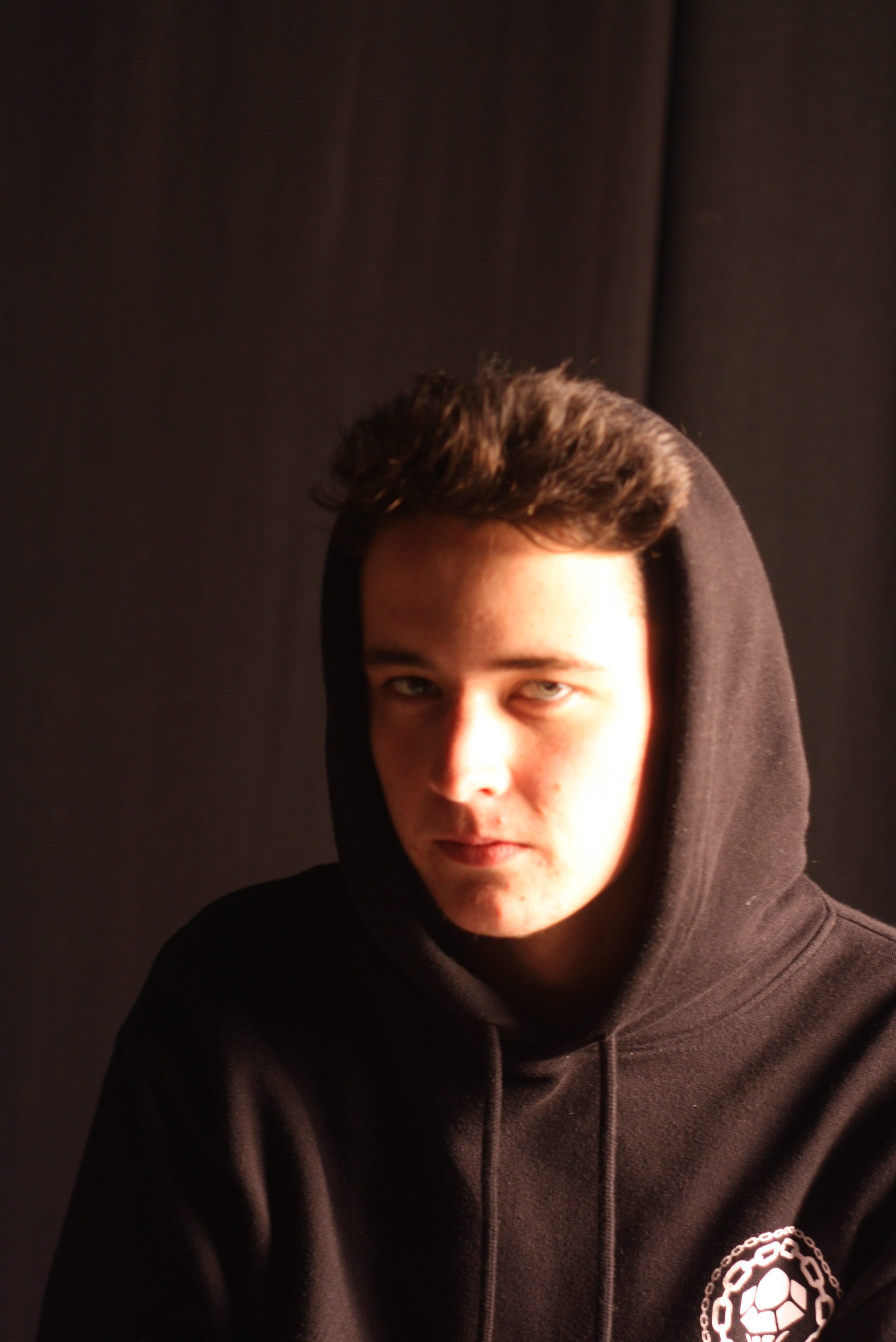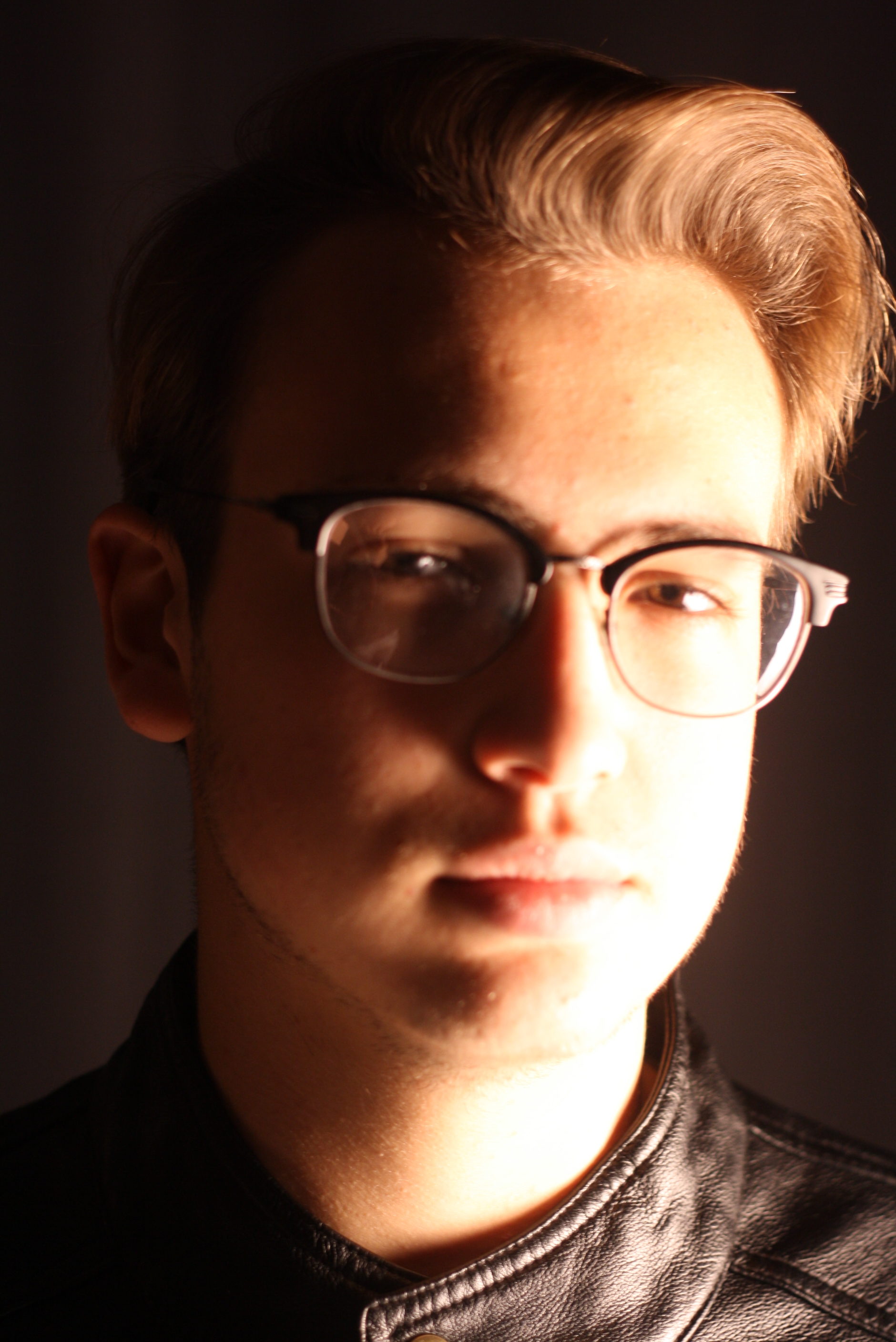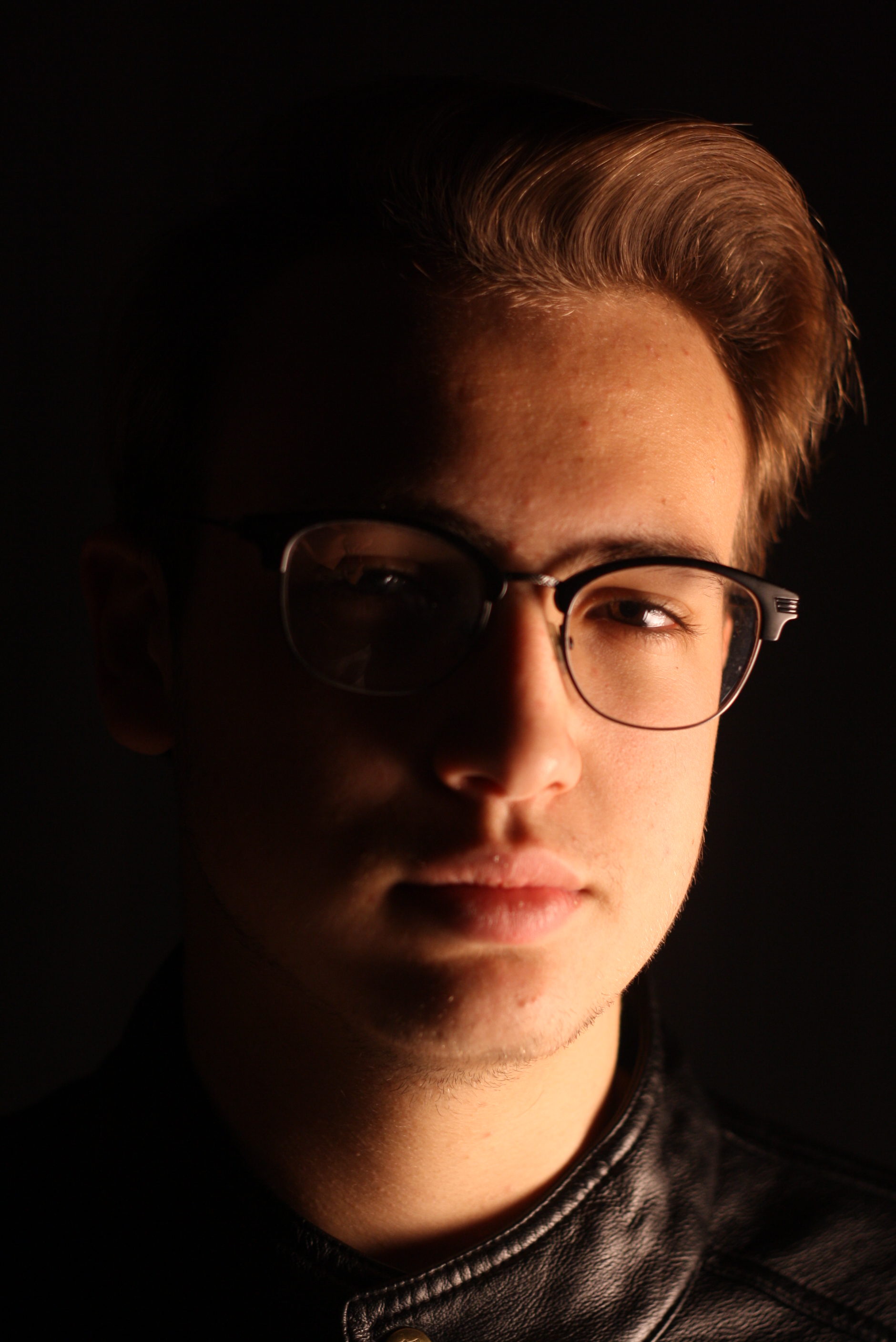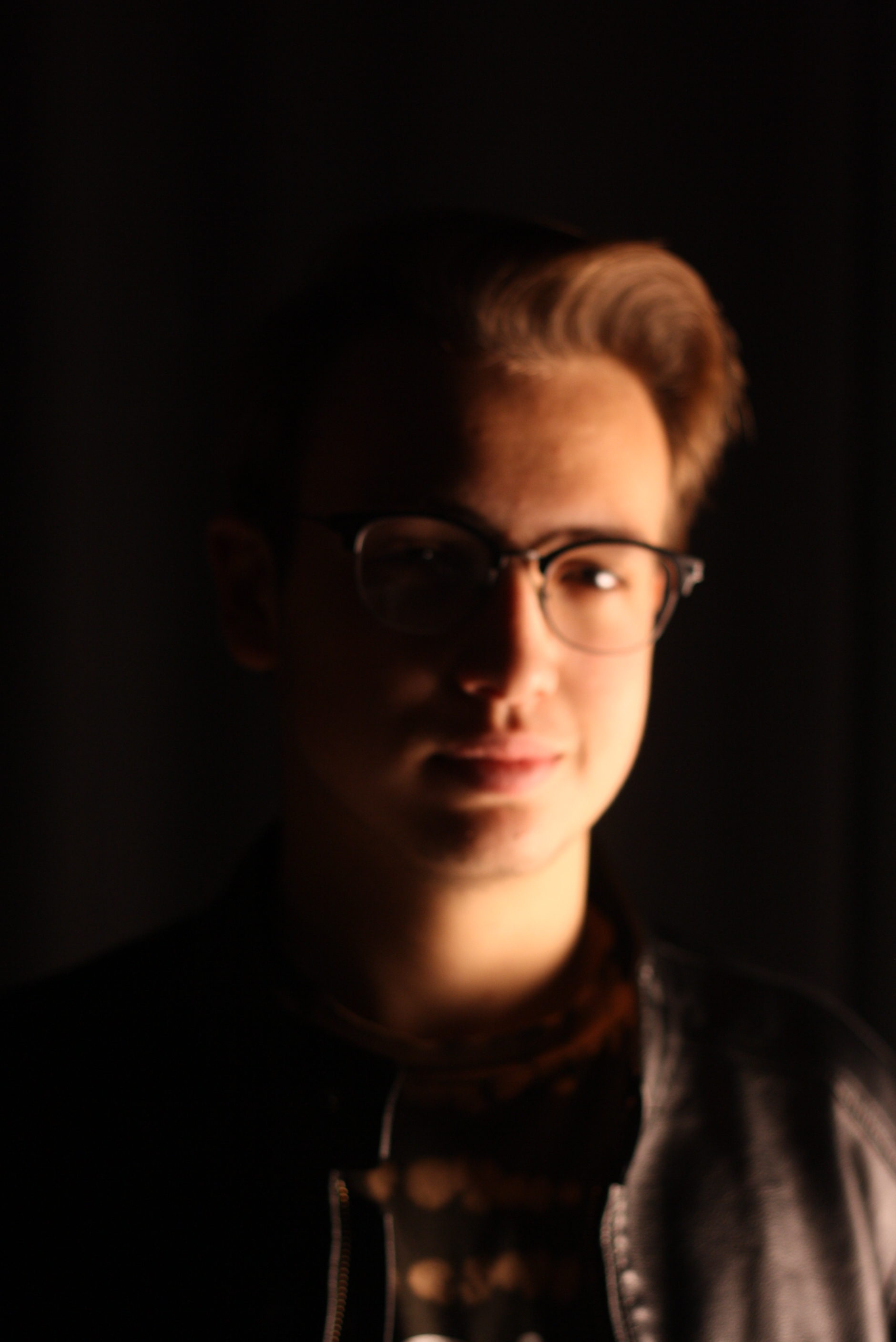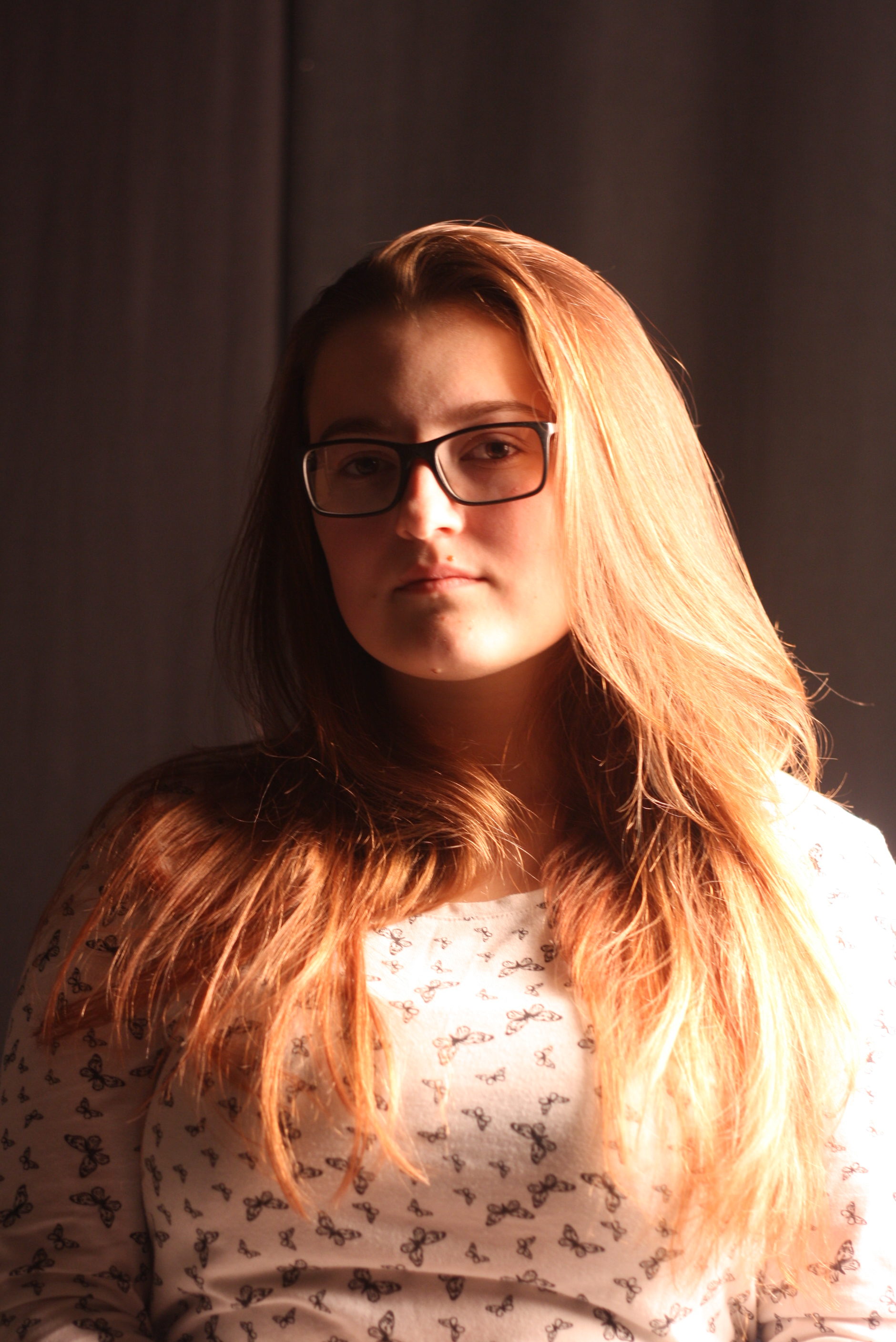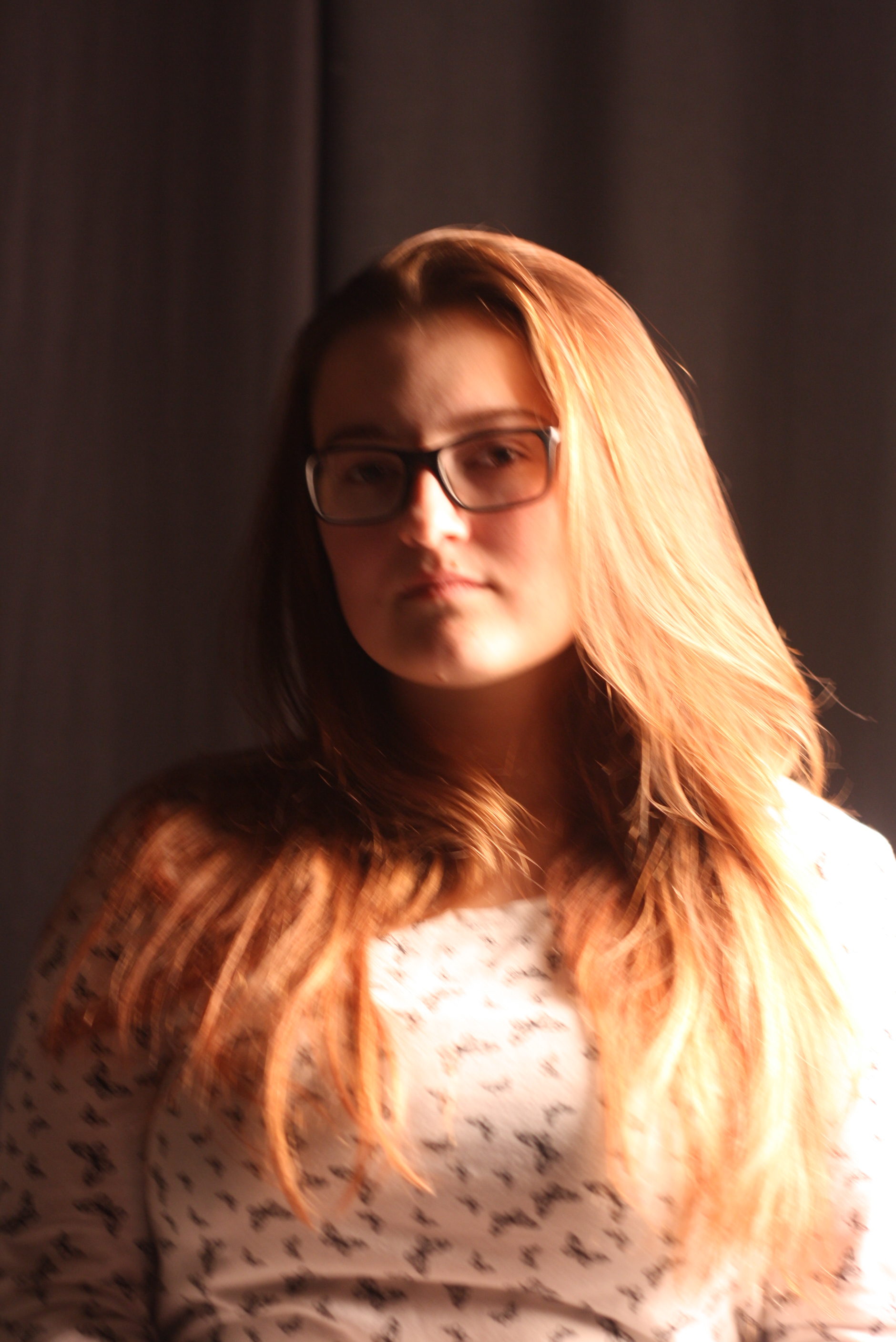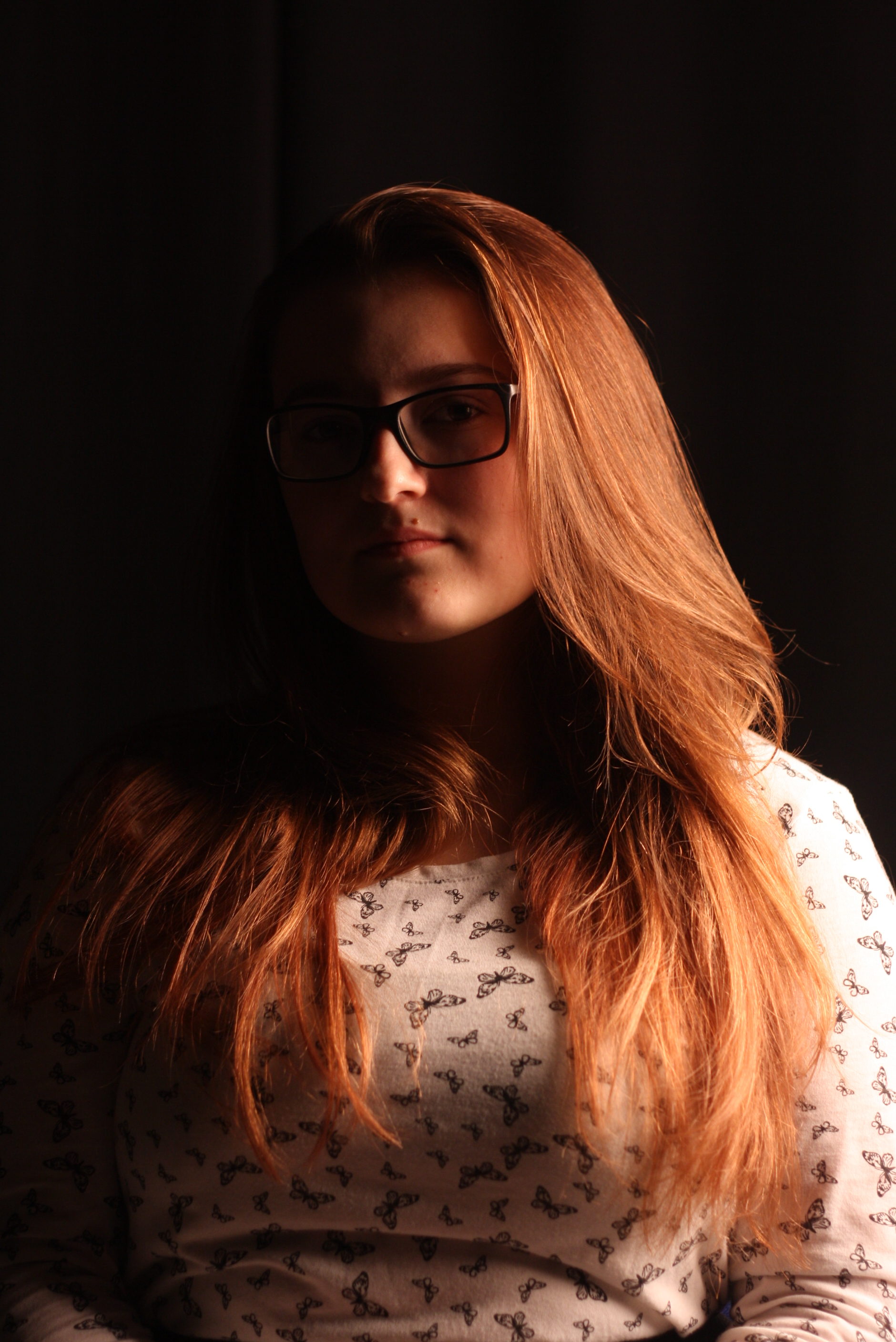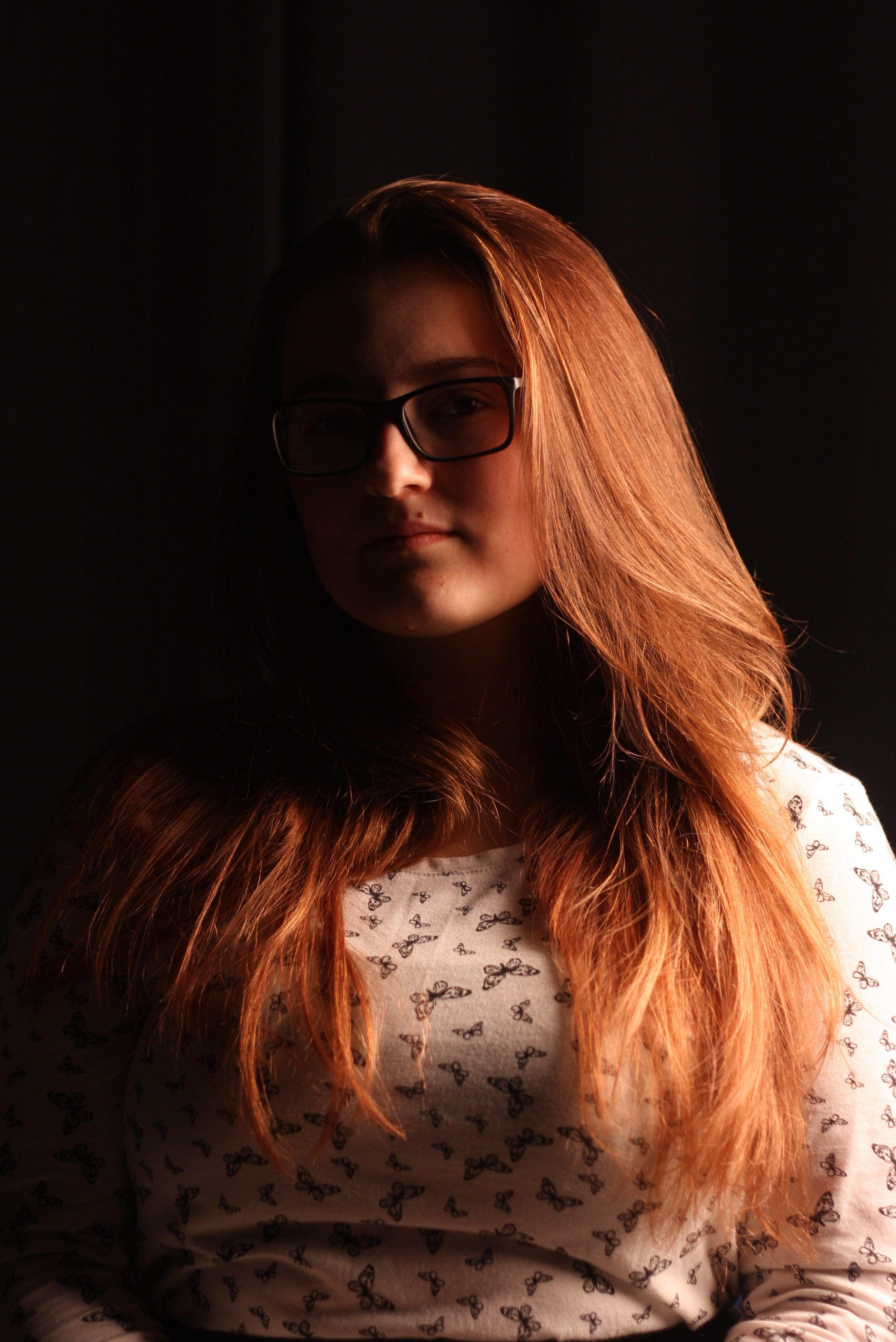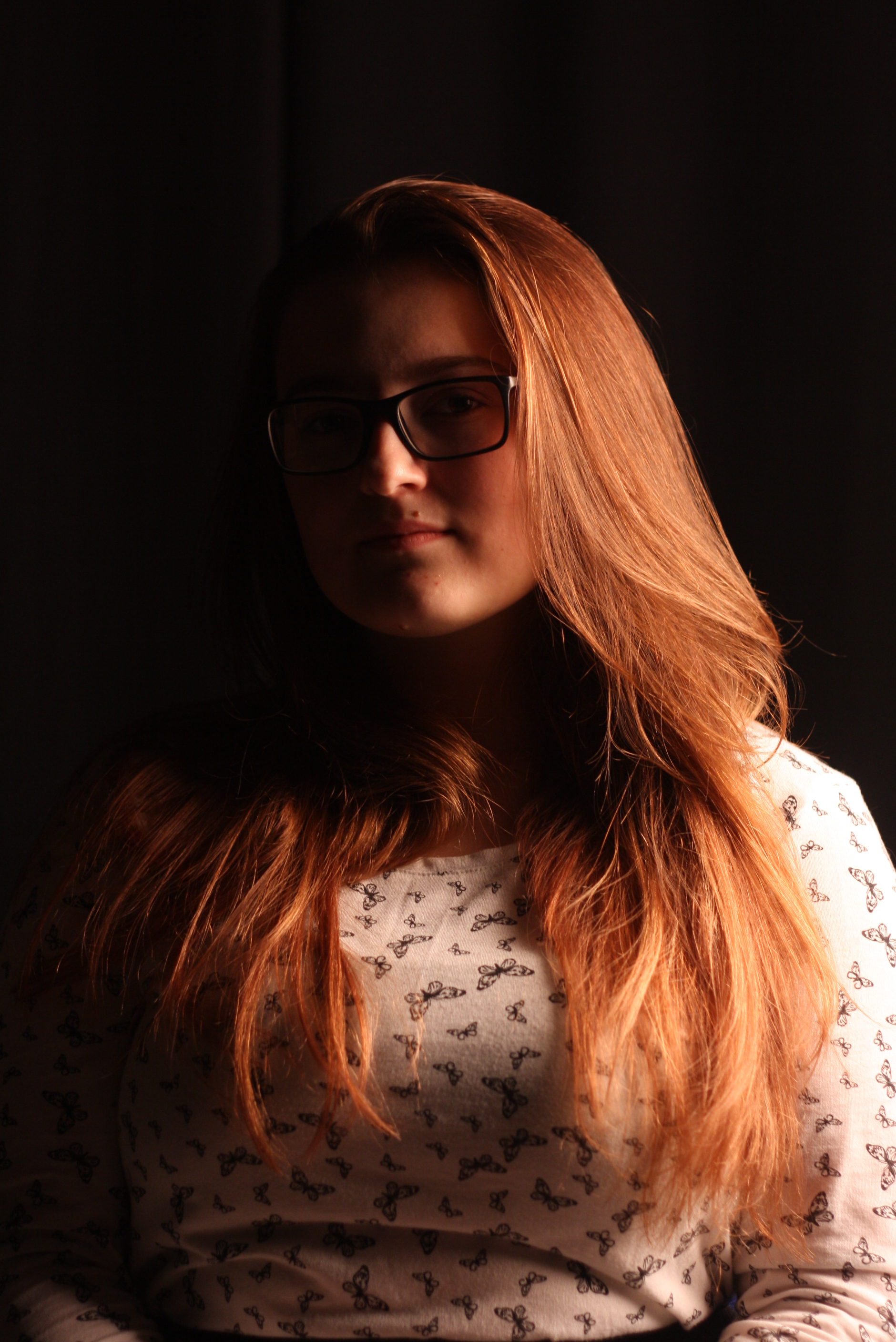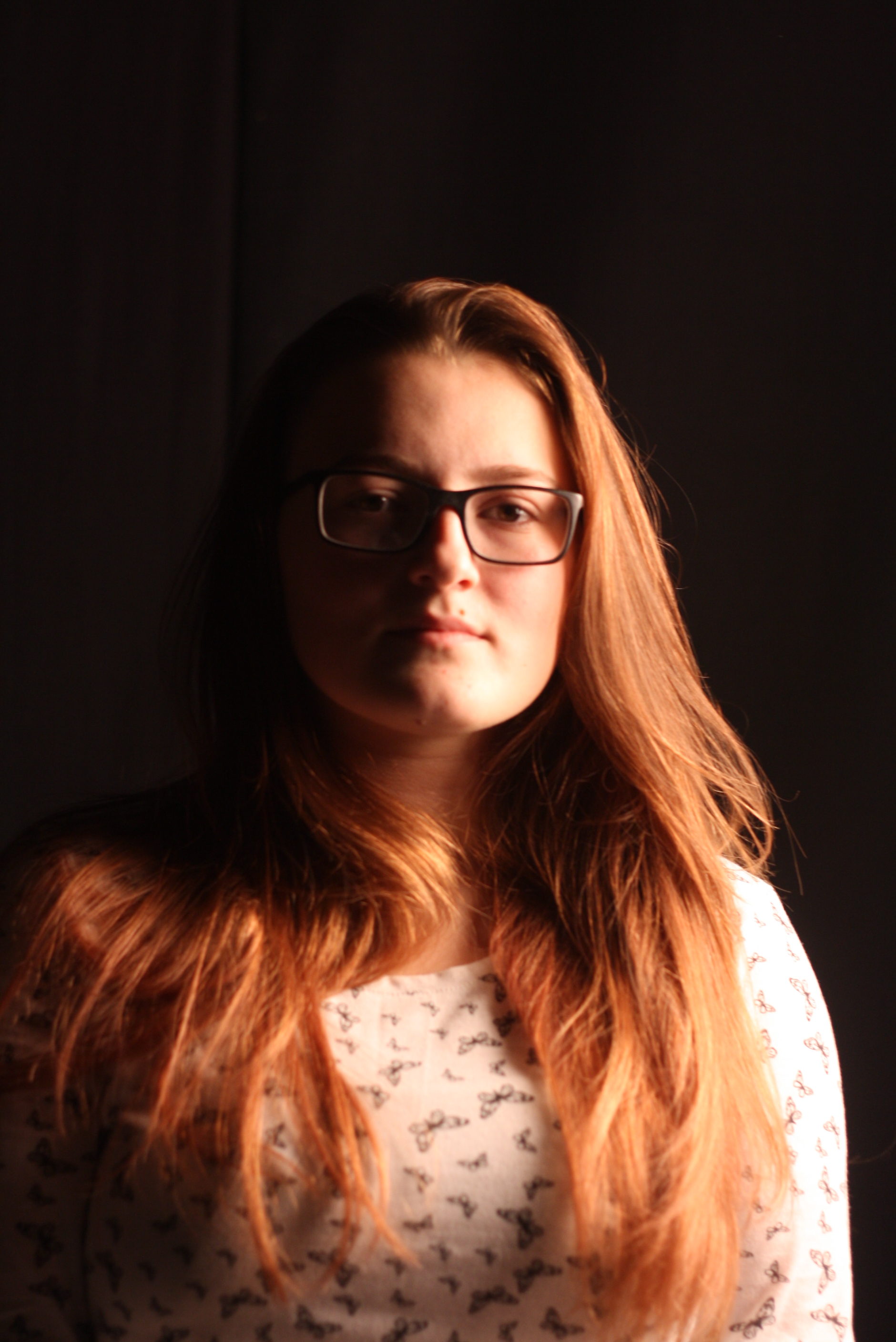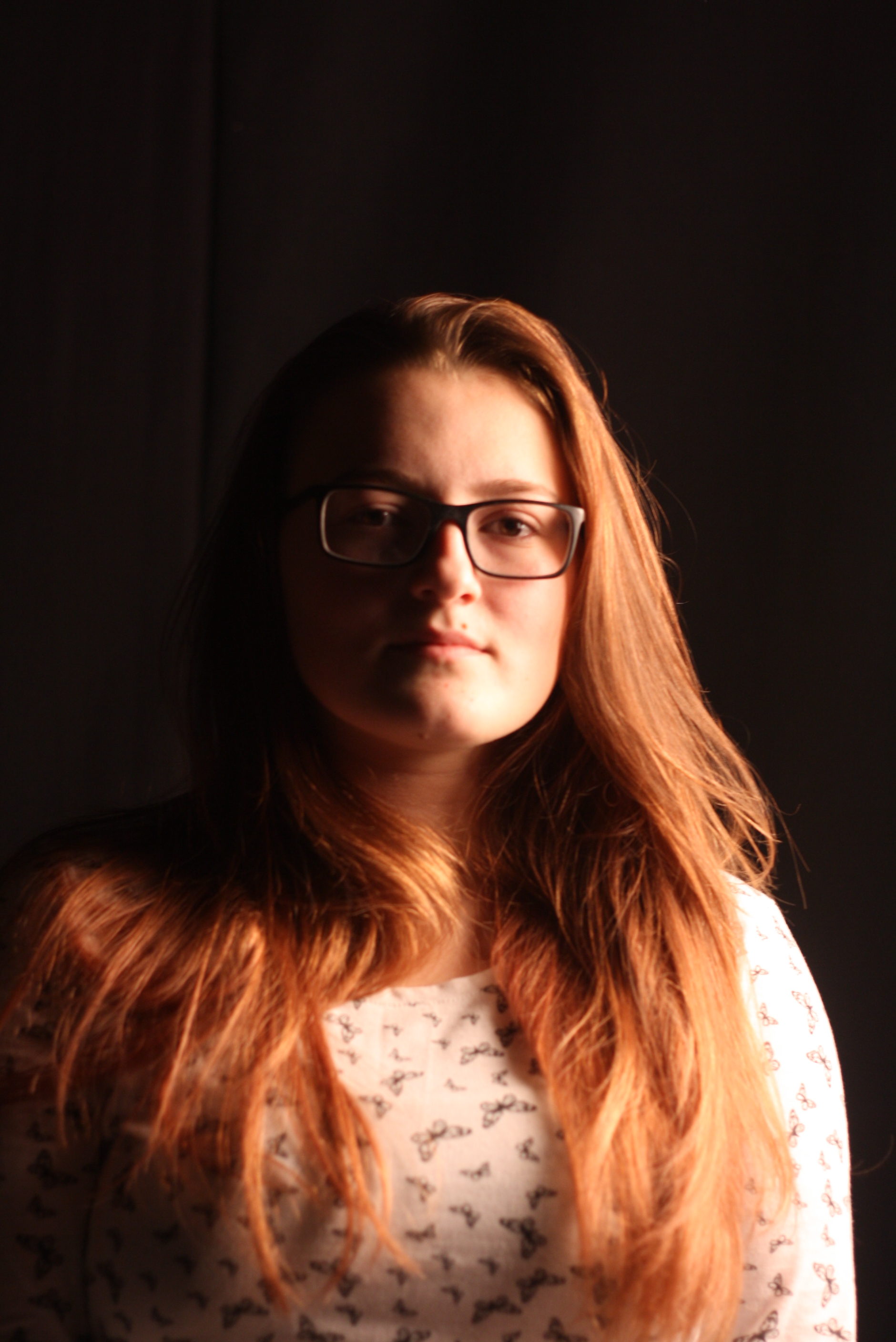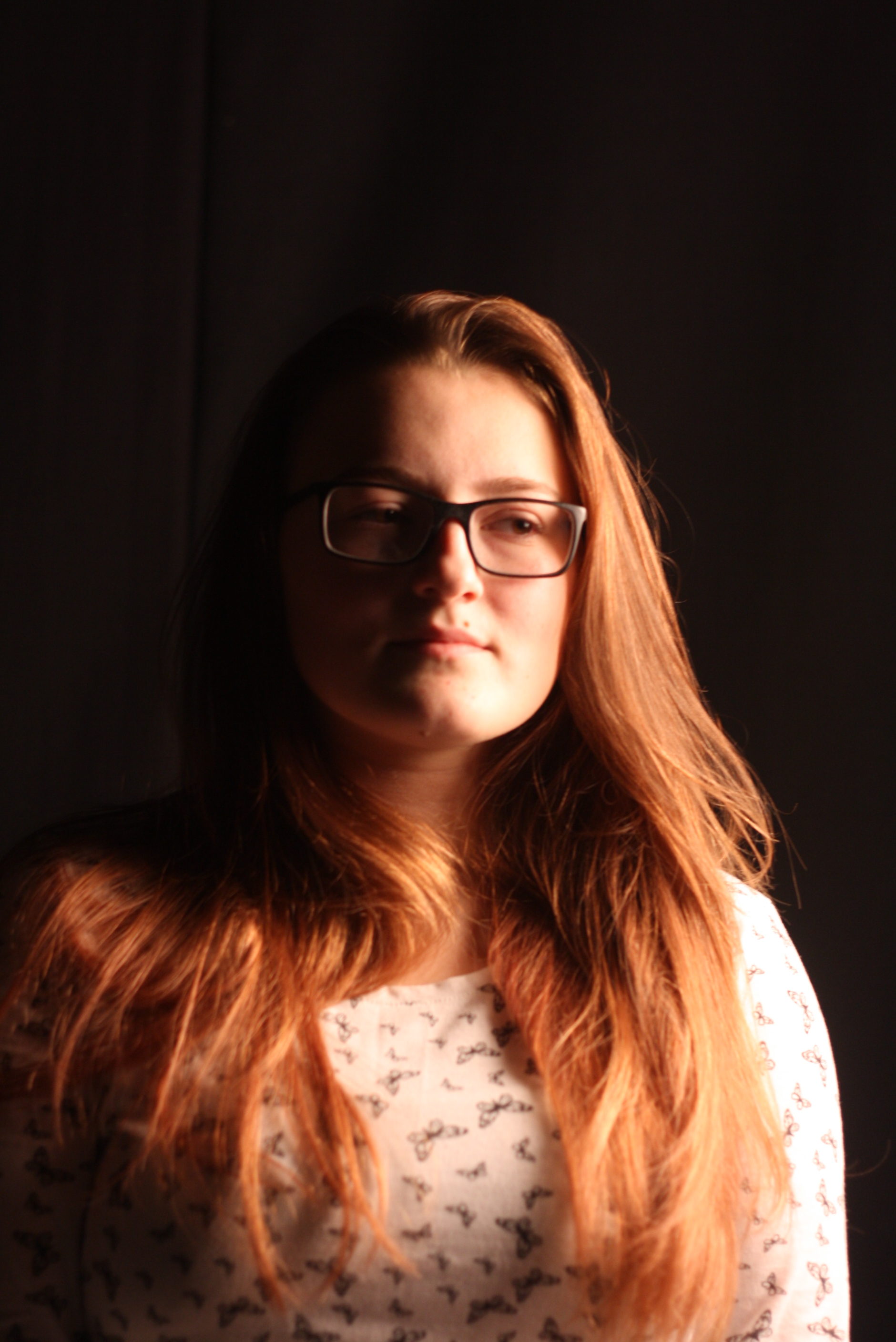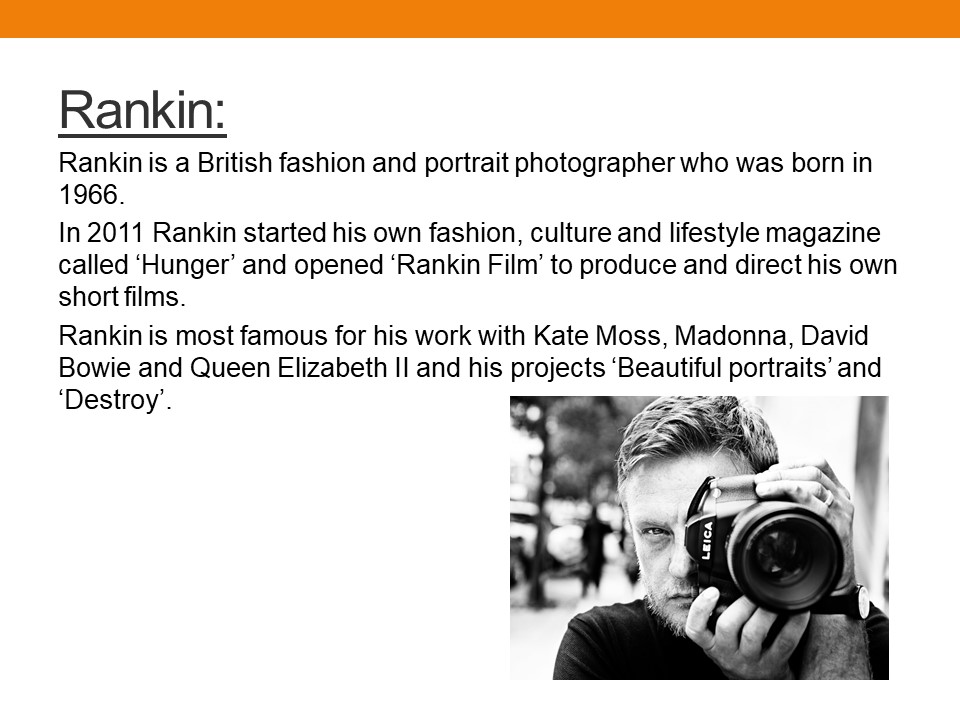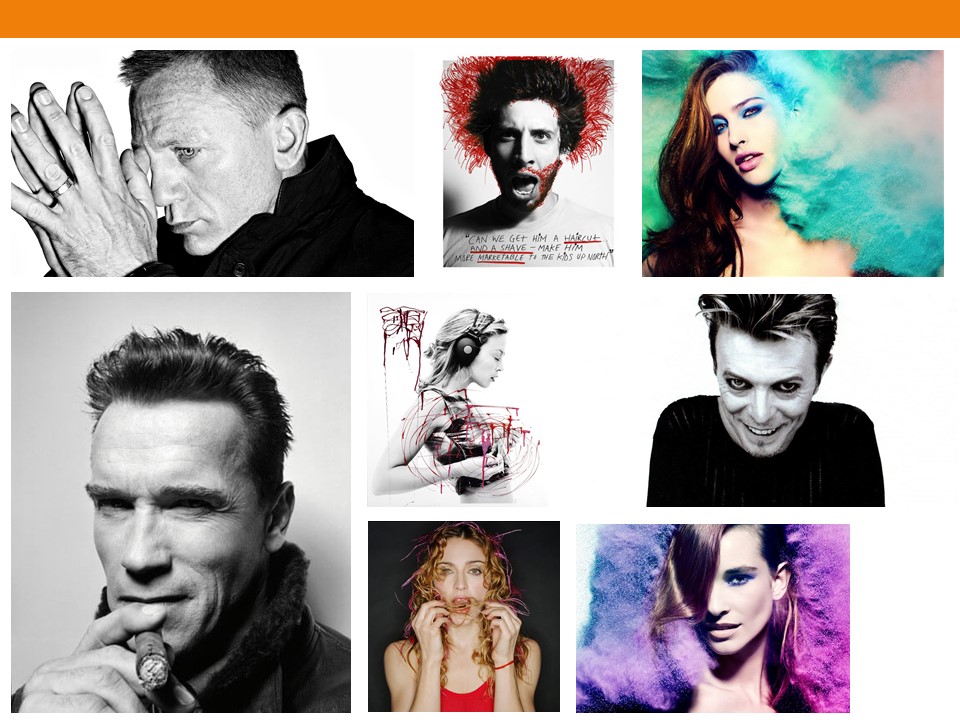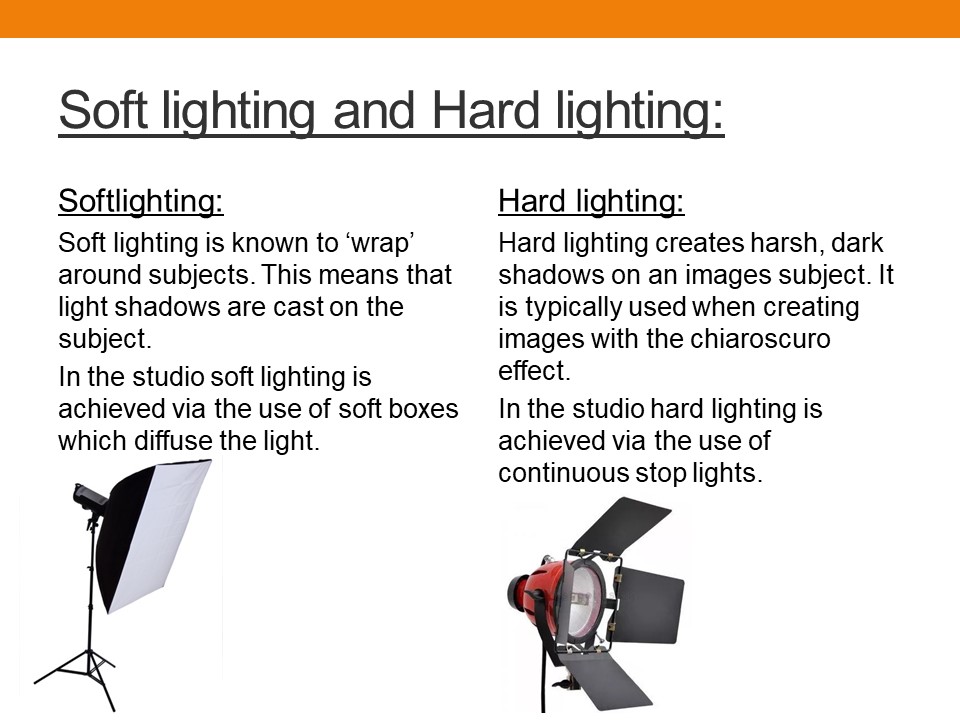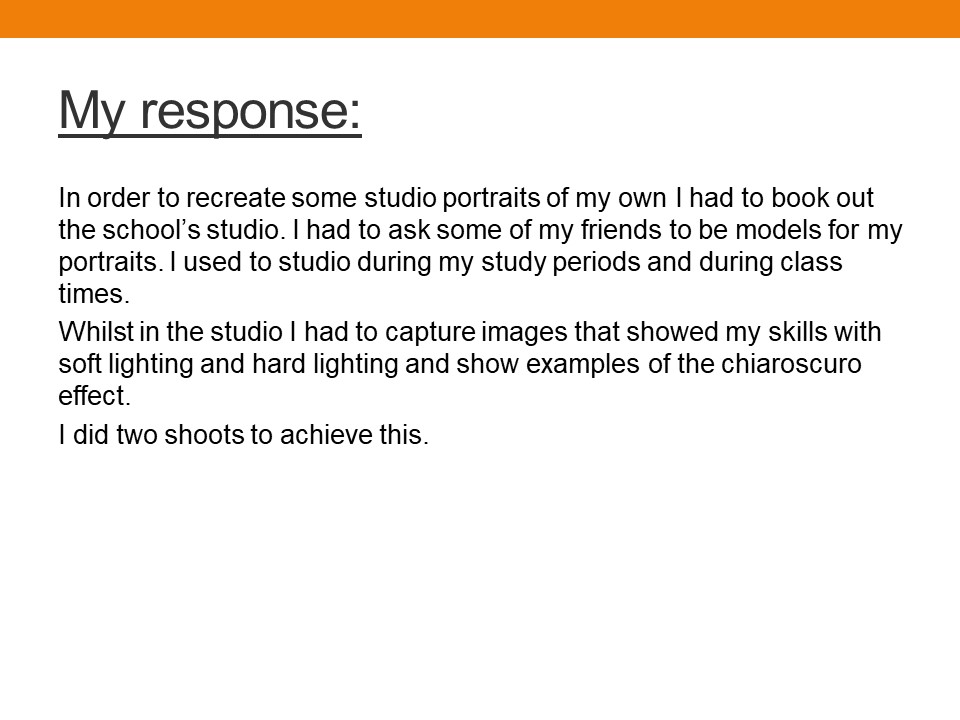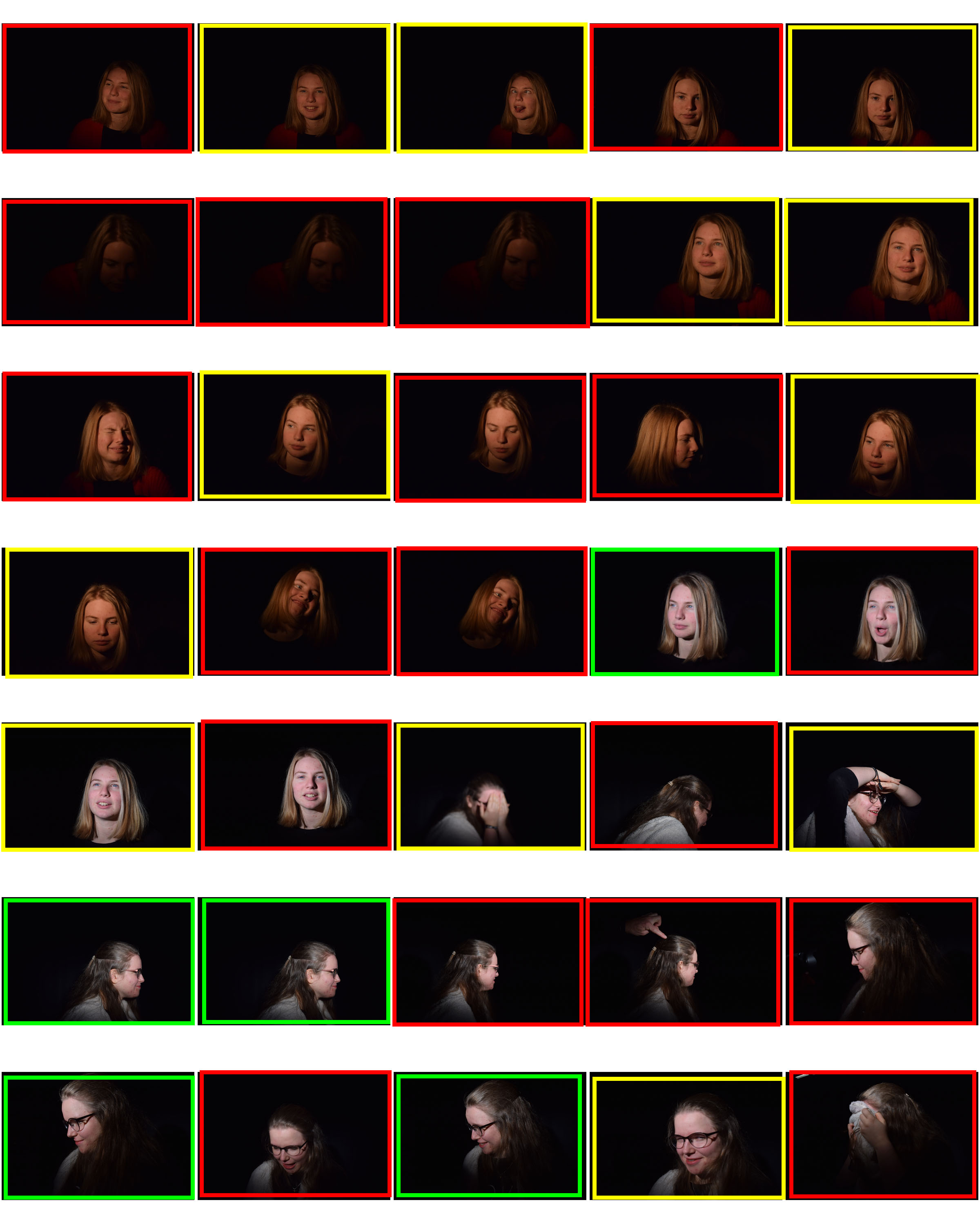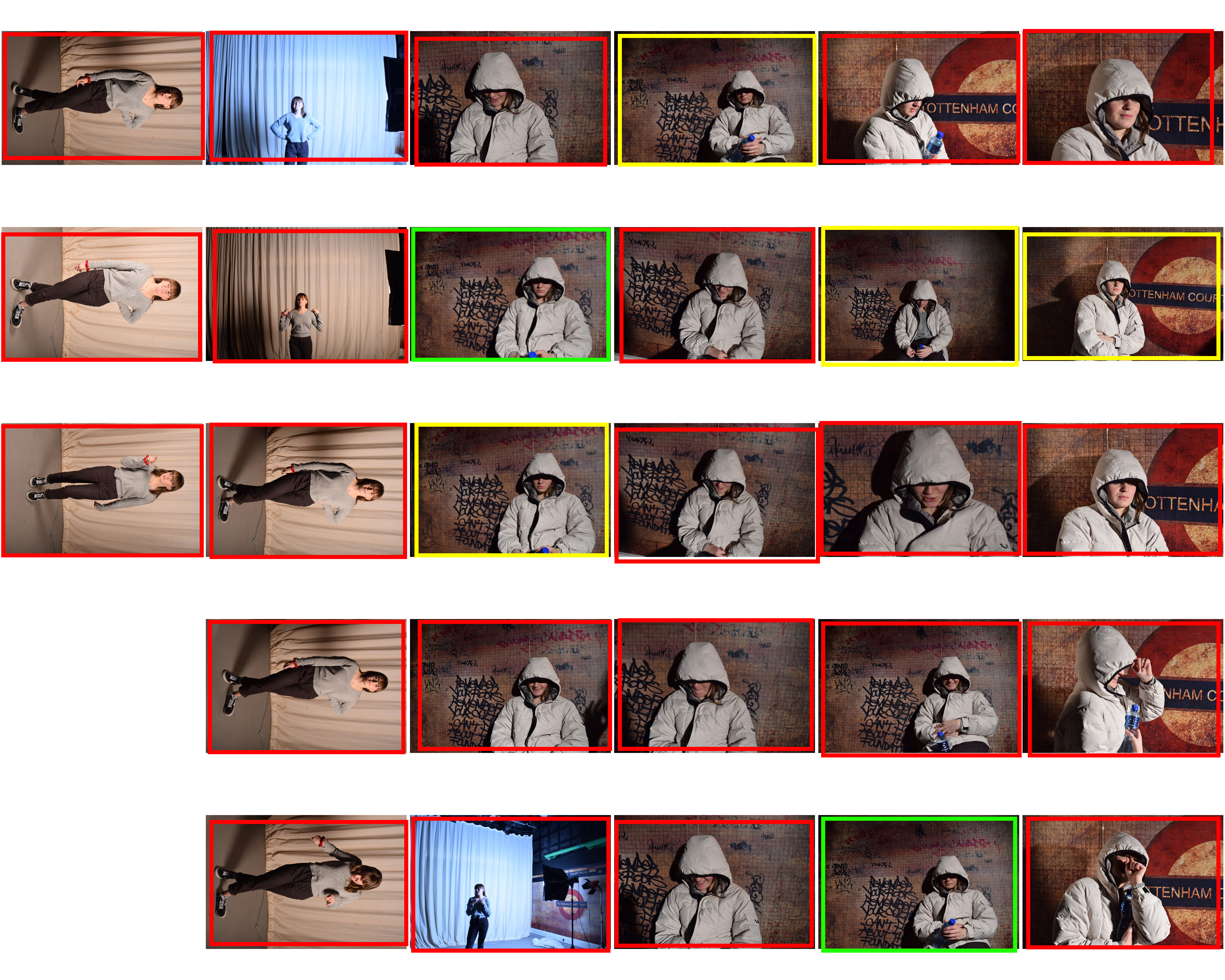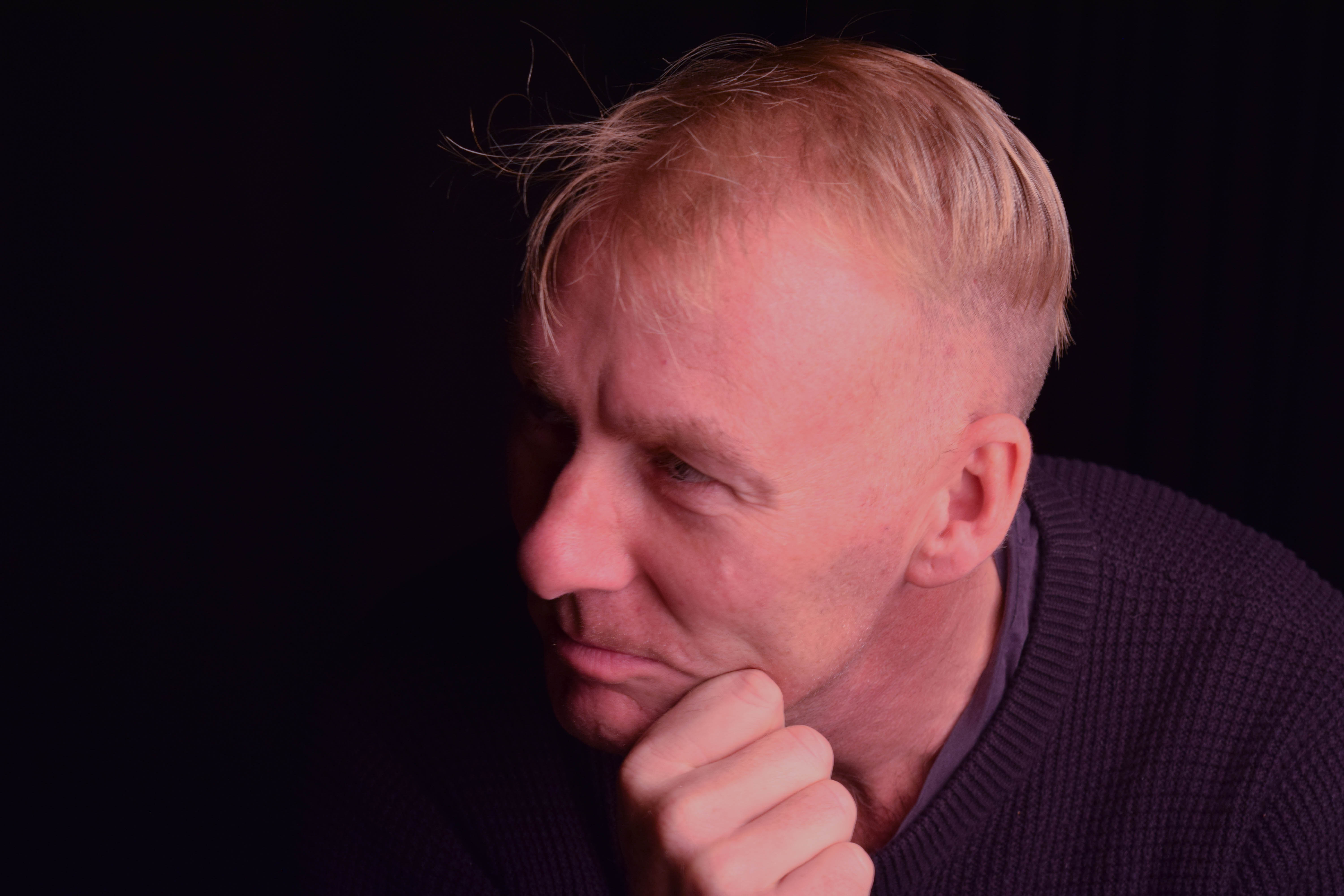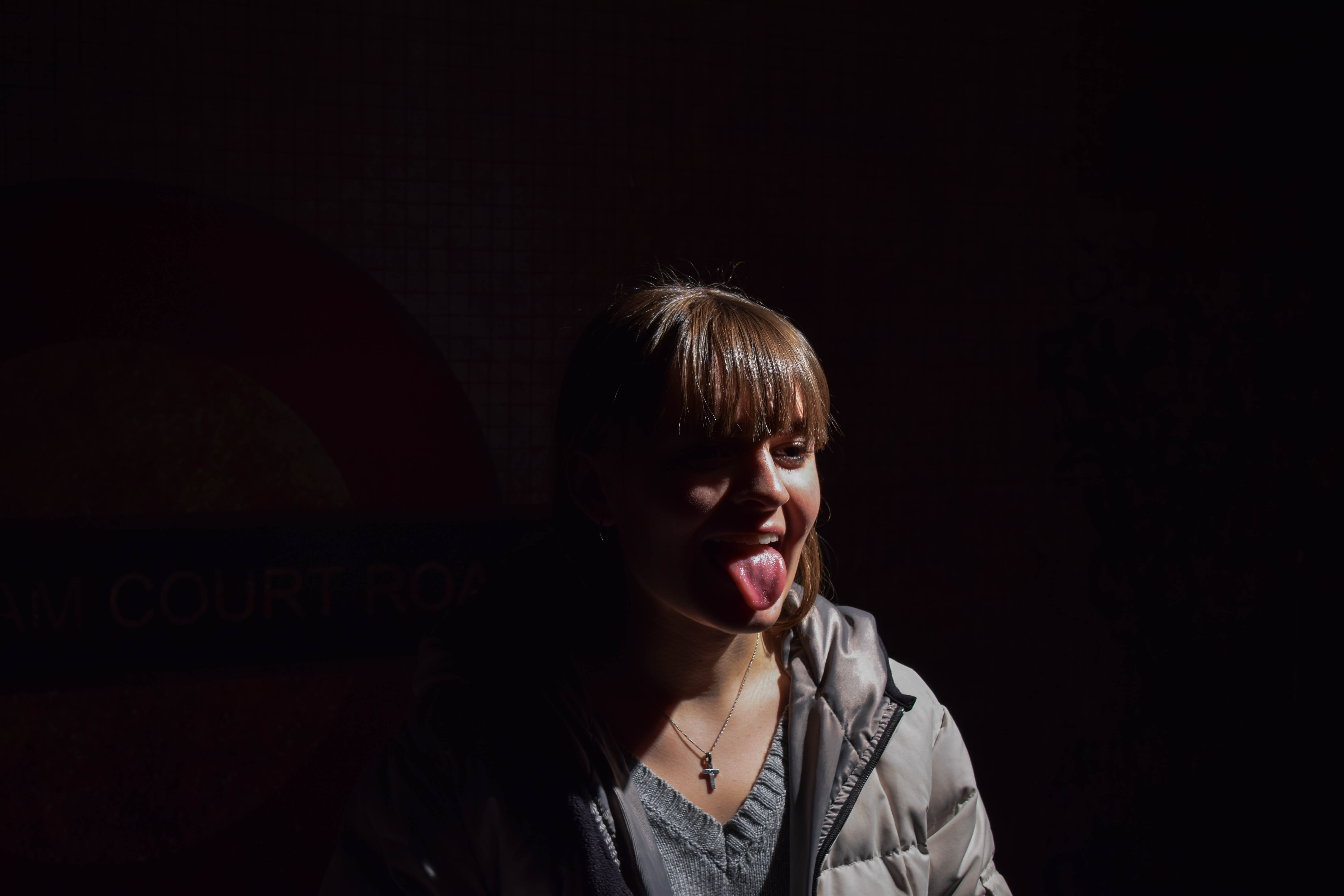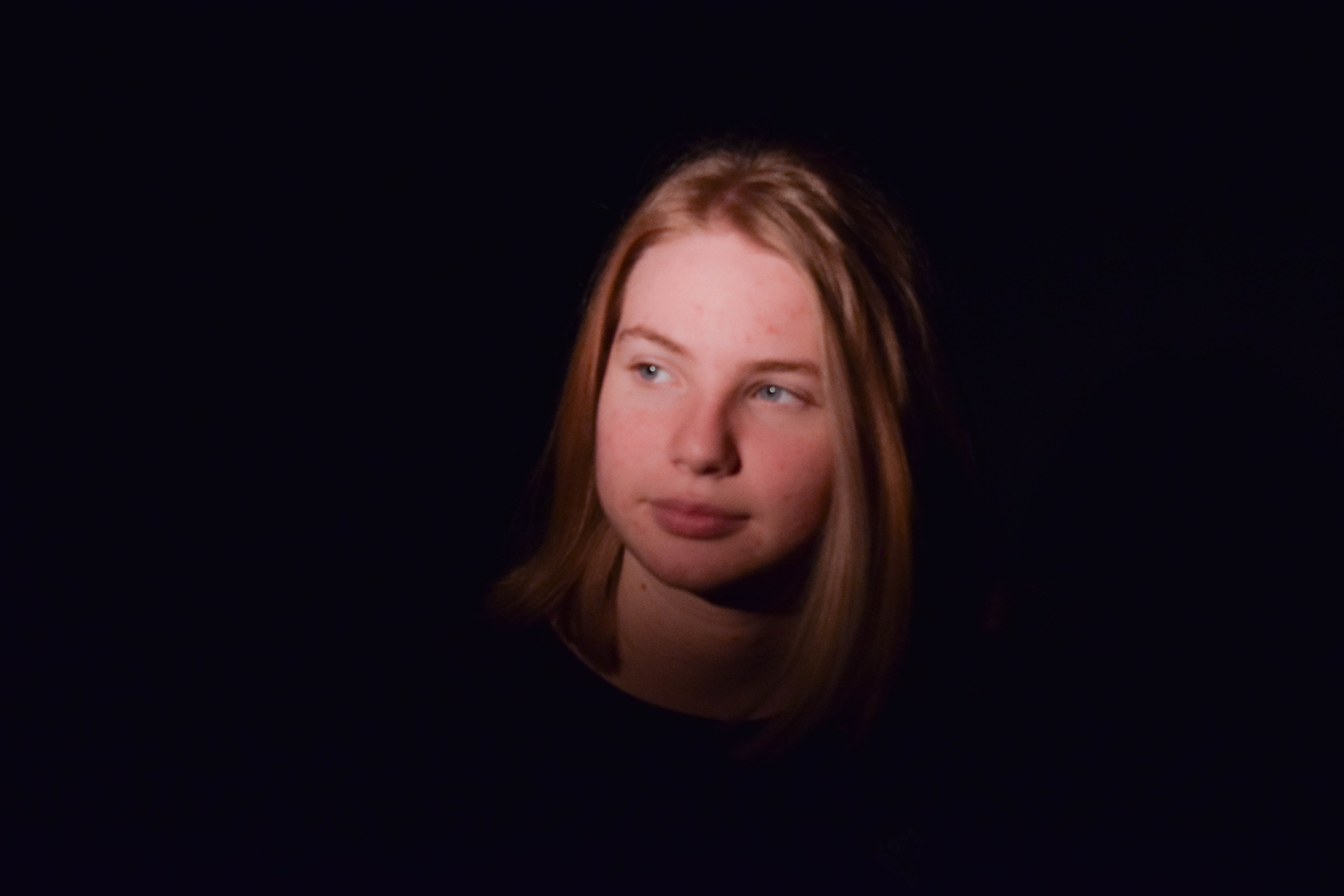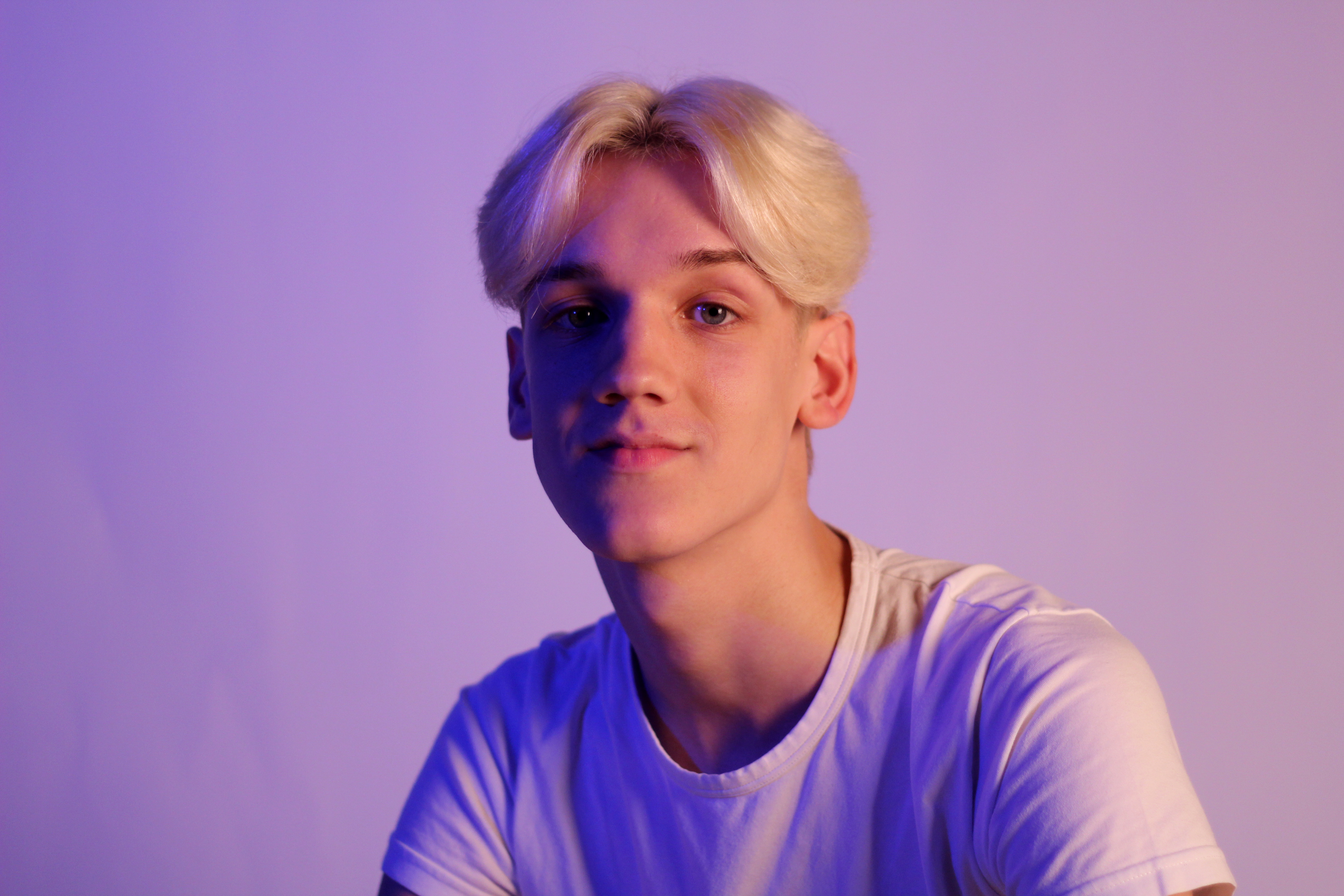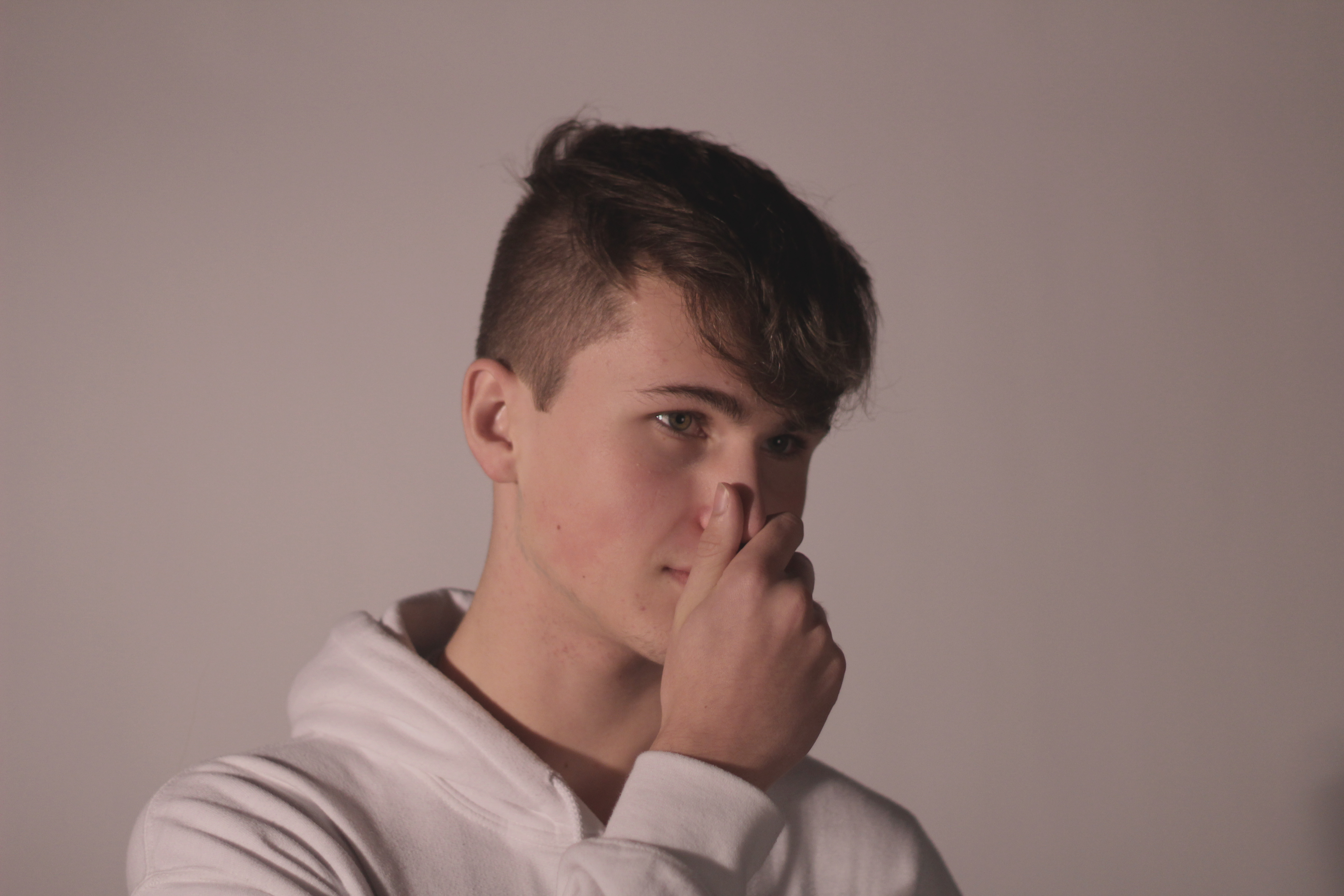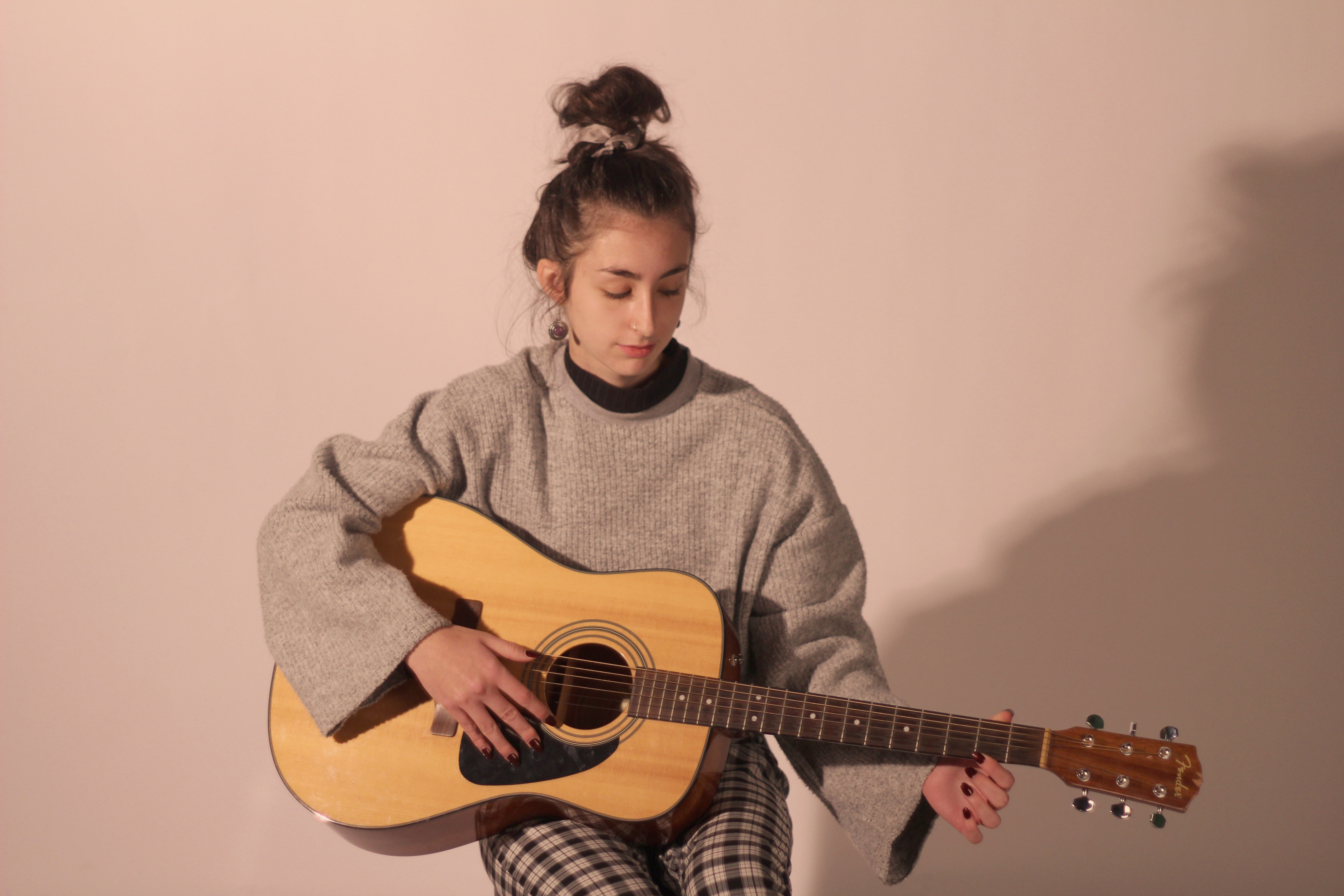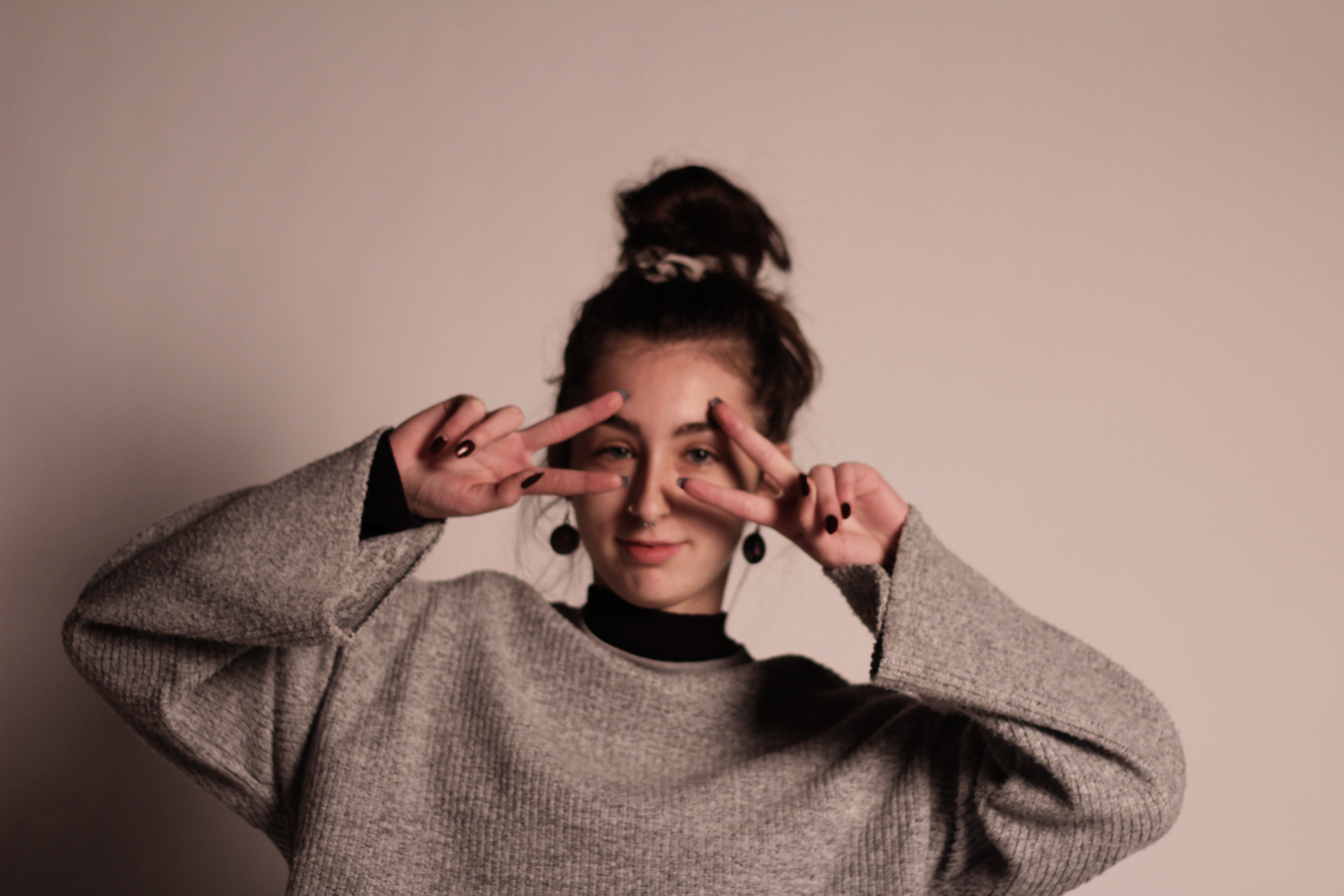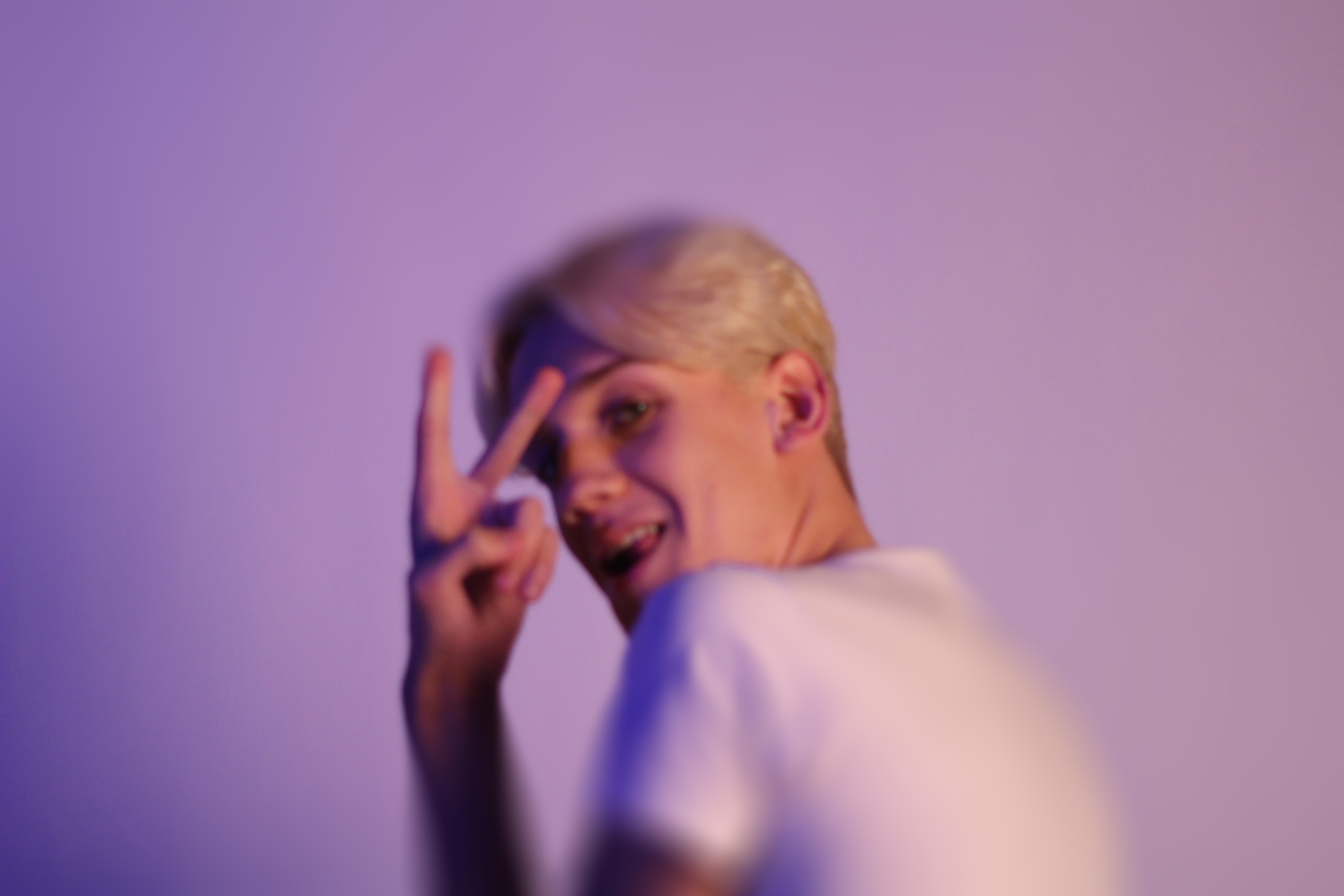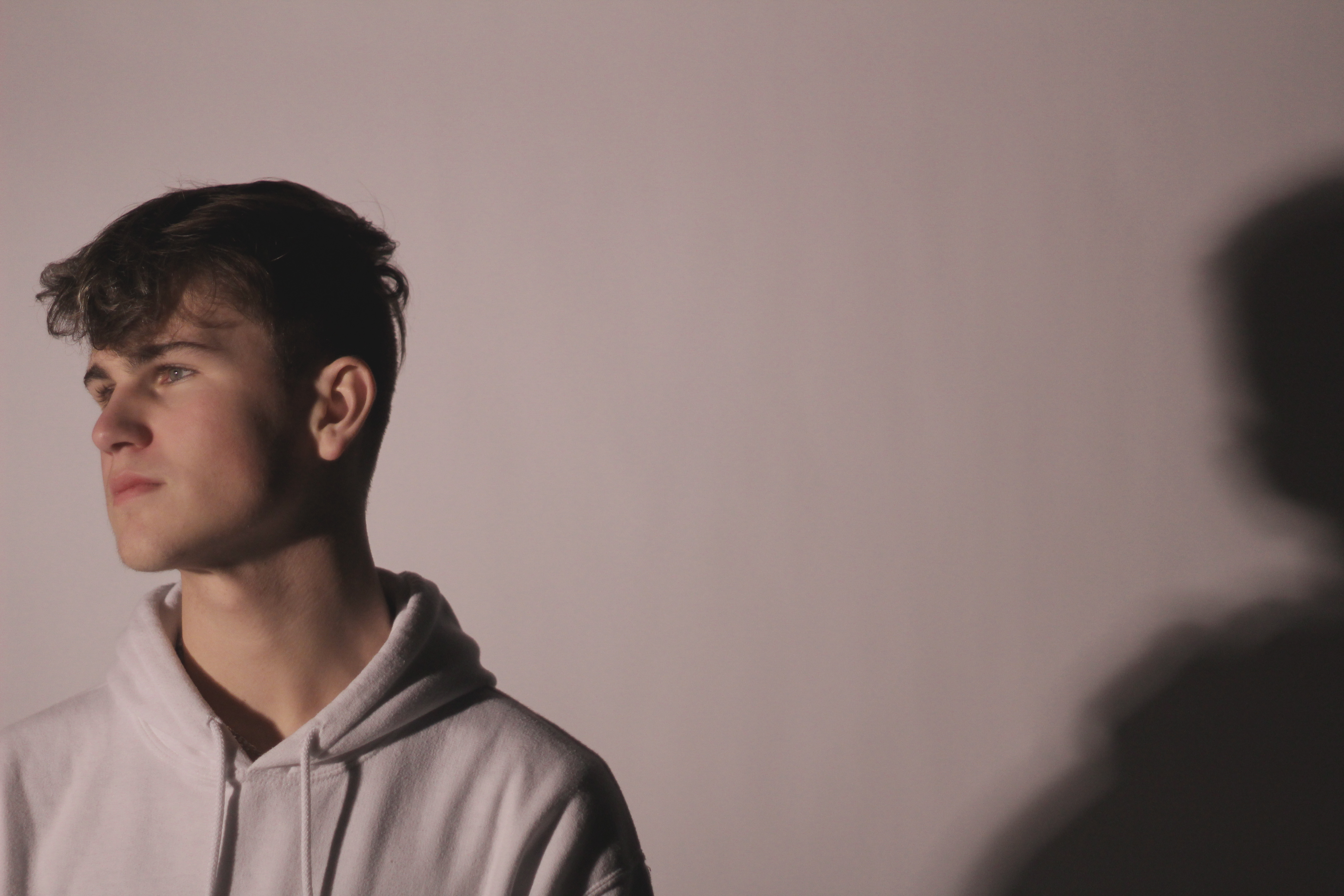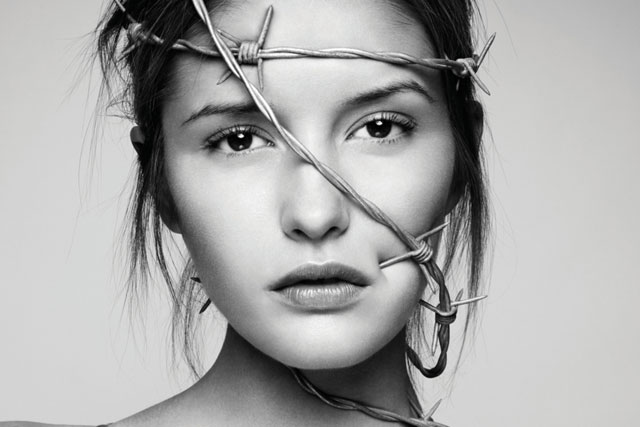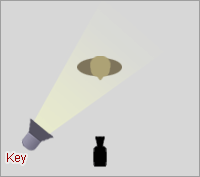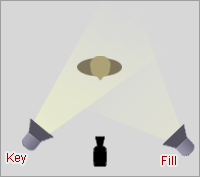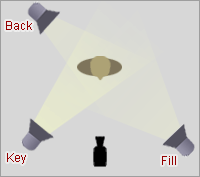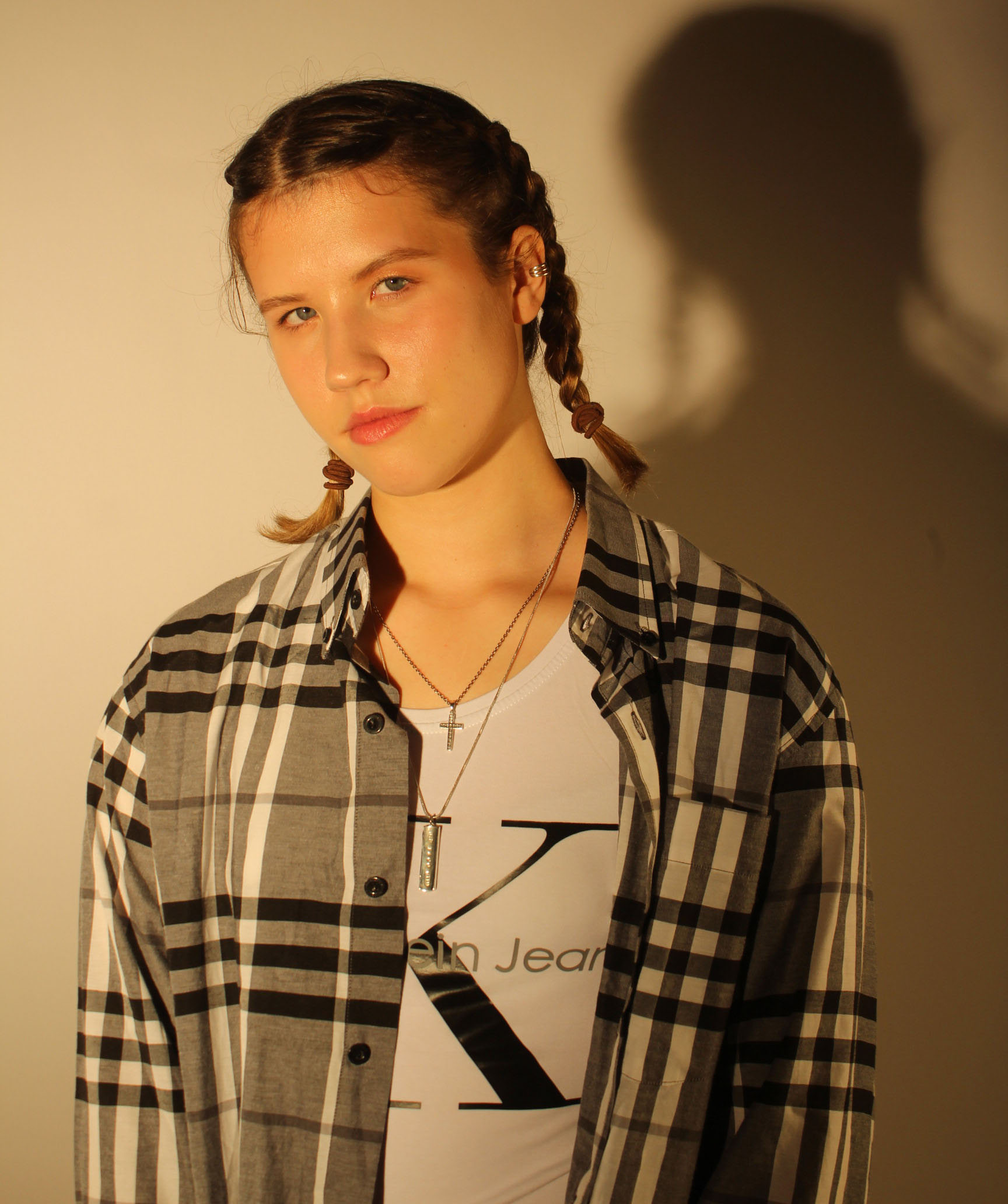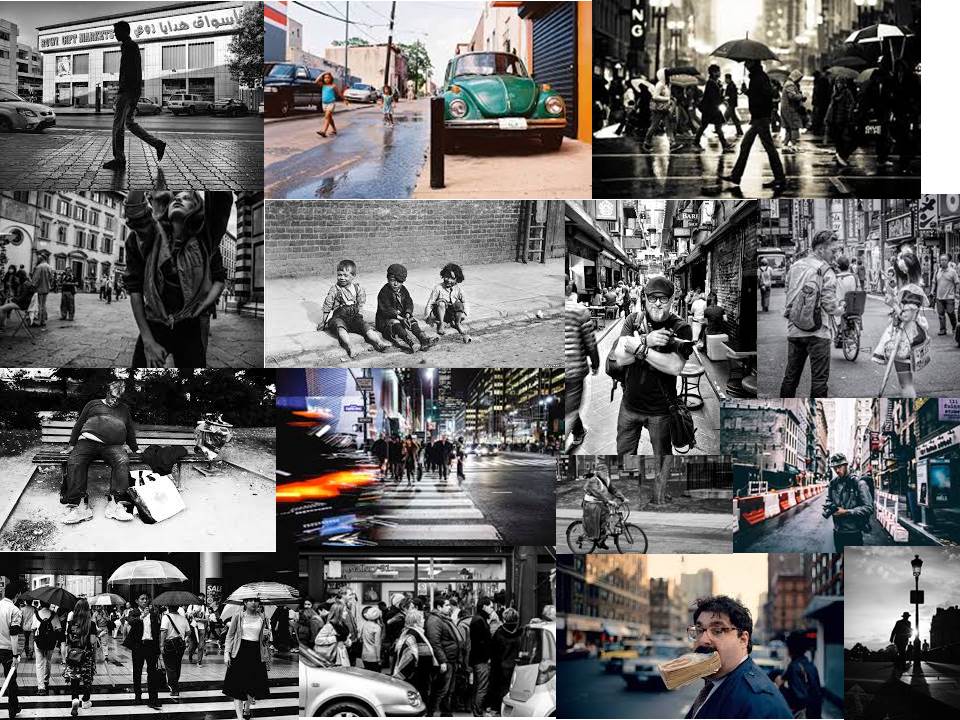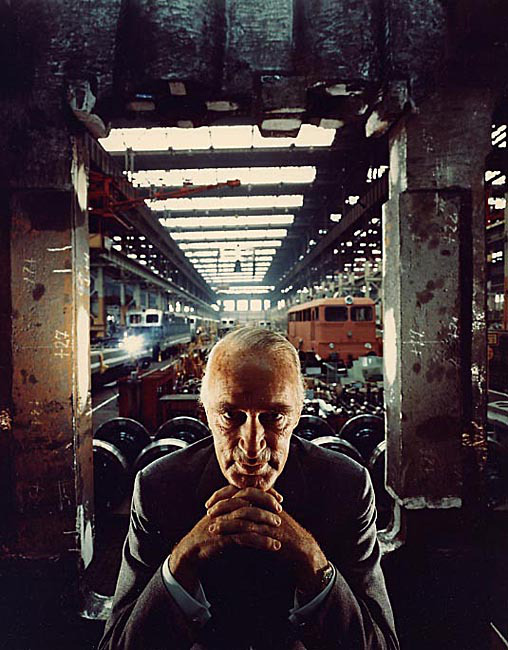Christmas light switch on street photography
For my next attempt at street photography, I decided to take photos in town at a Christmas celebration. I thought this would produced some good outcomes as there would be a lot of people compared to my last attempt, and I therefore thought that I could find a wider variety of more interesting people to photograph. Since there would be more people, I thought that I could blend in a little more and maybe be able to capture some more candid images of people. However, I also took portrait style images of people where they were looking straight into the camera. I also tried to find interesting backgrounds that would makes my images look more attractive.
Contact sheets
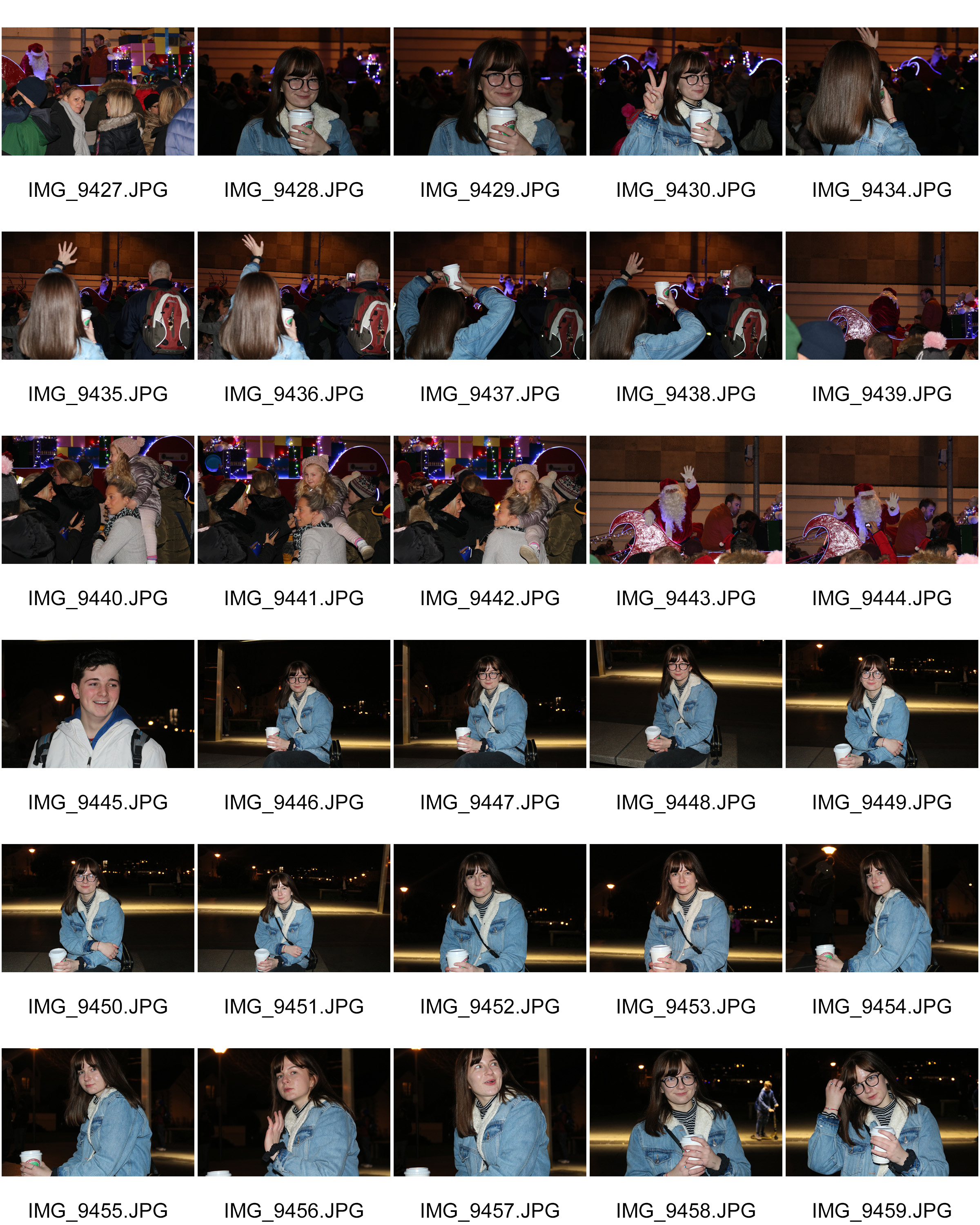


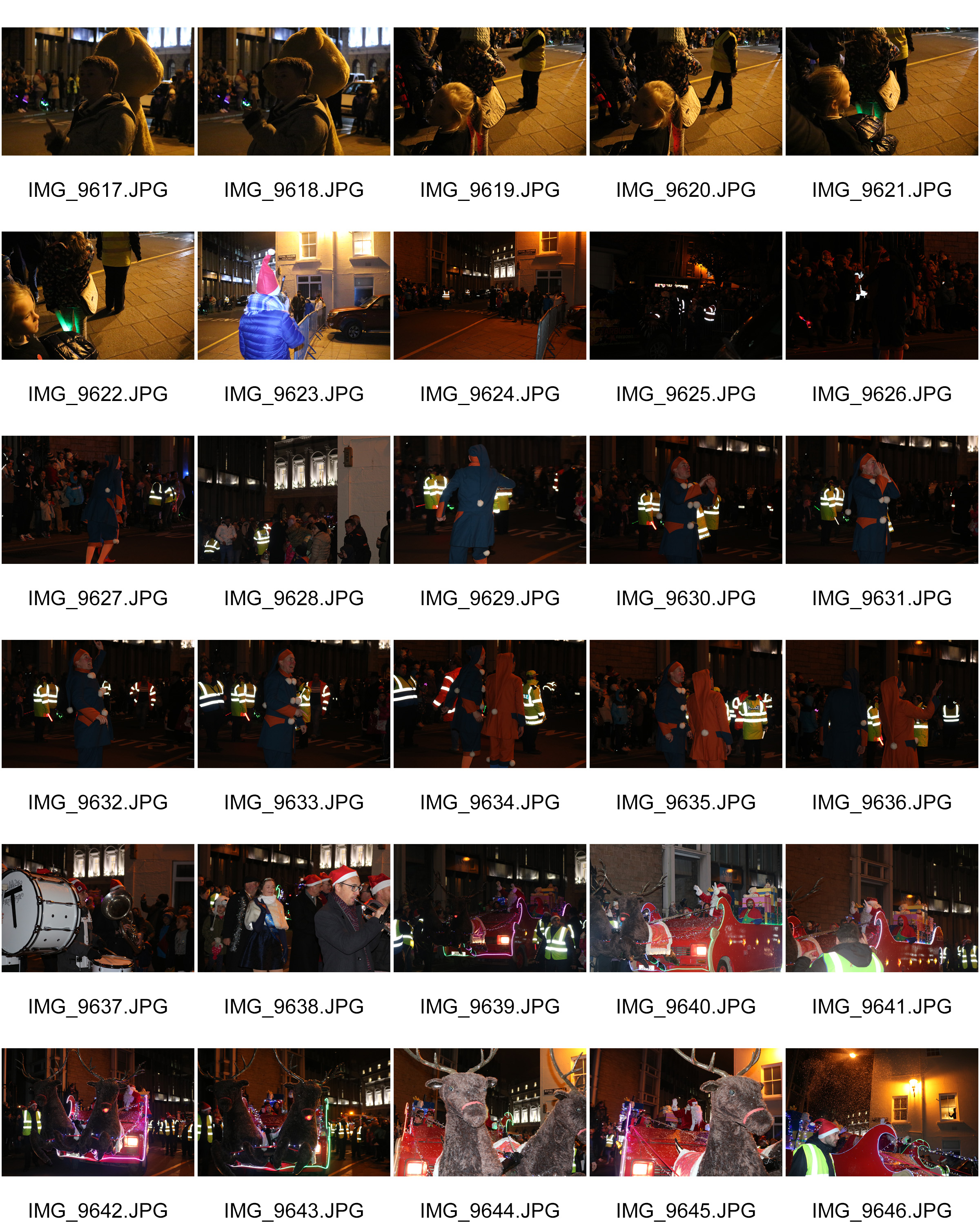
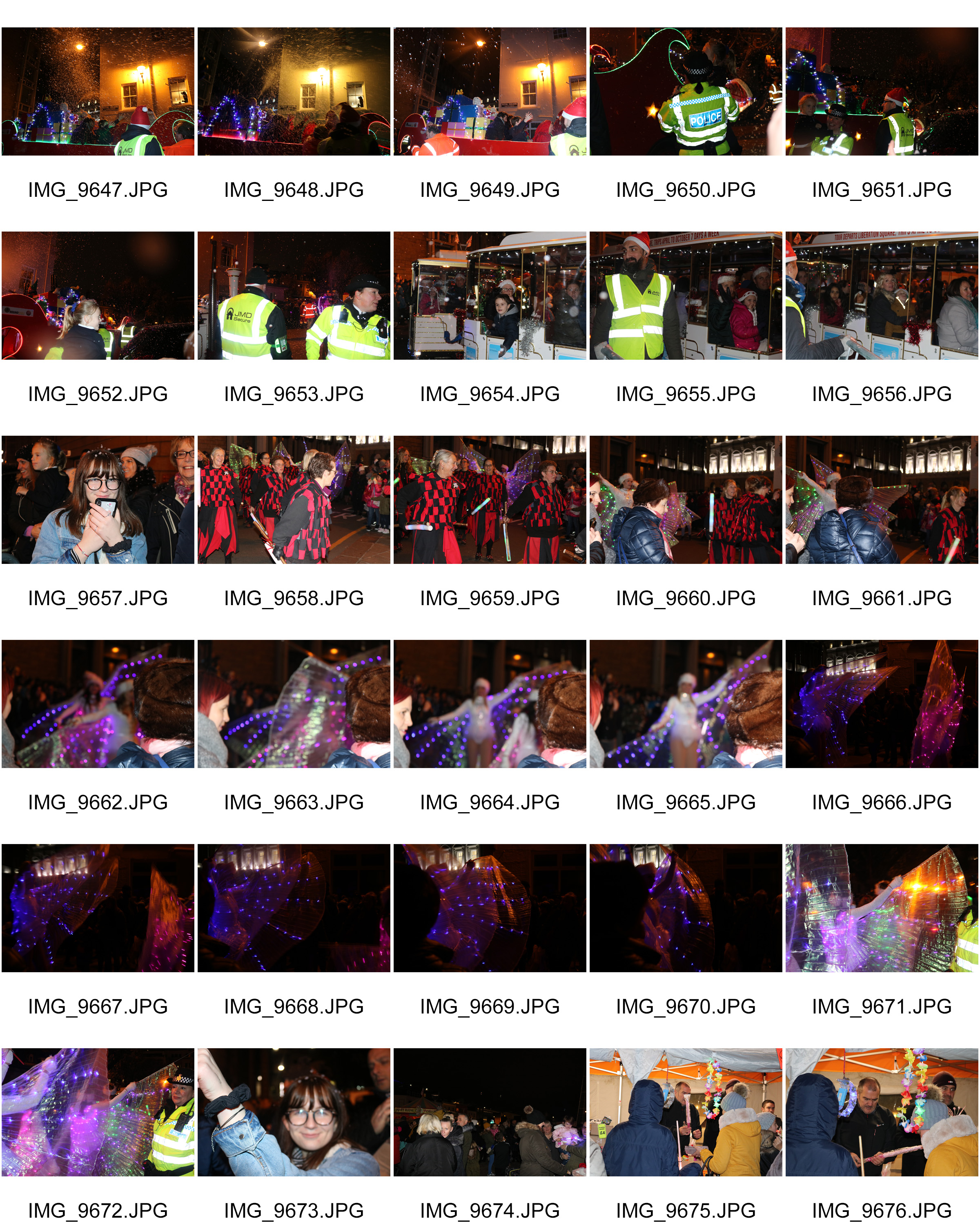


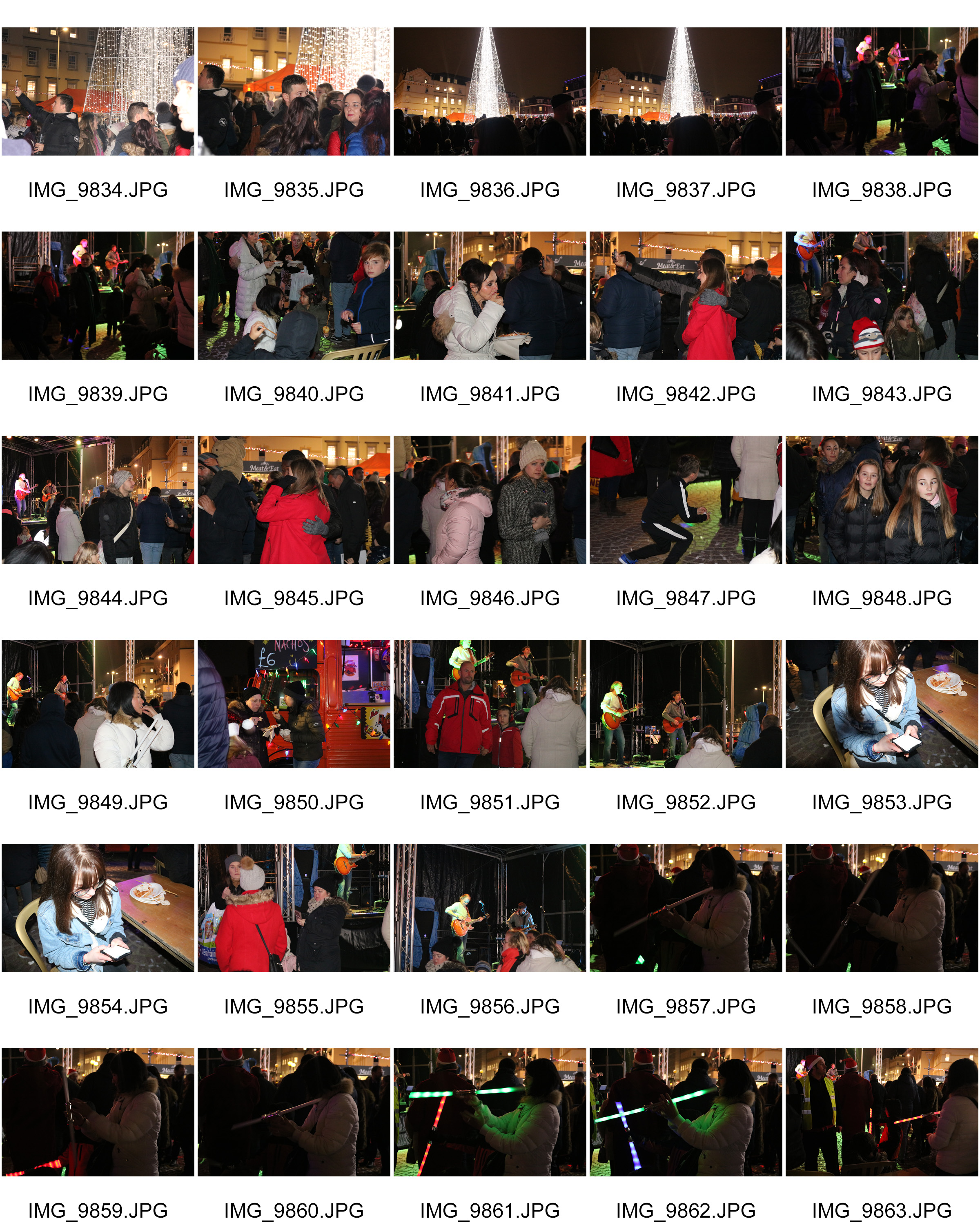
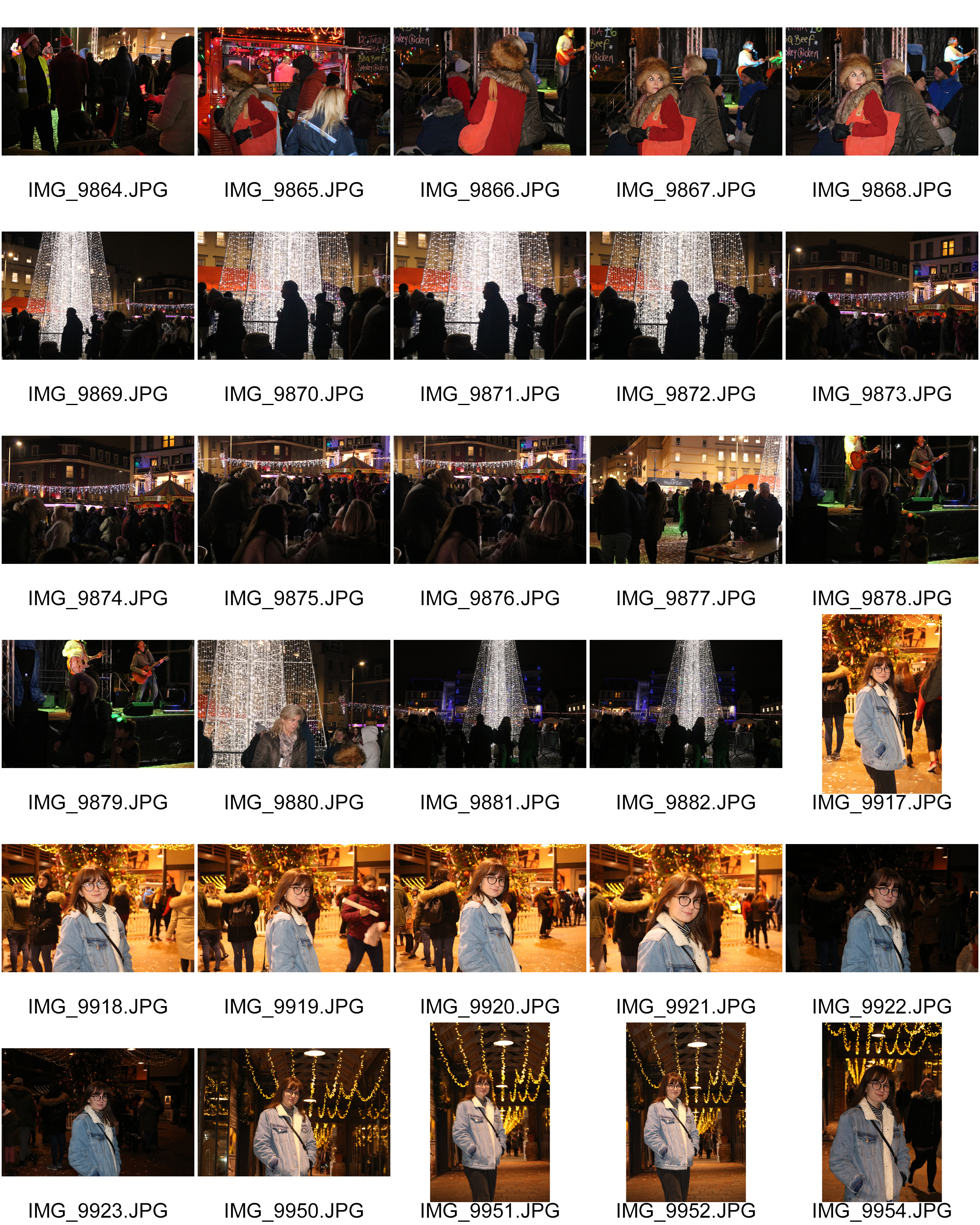
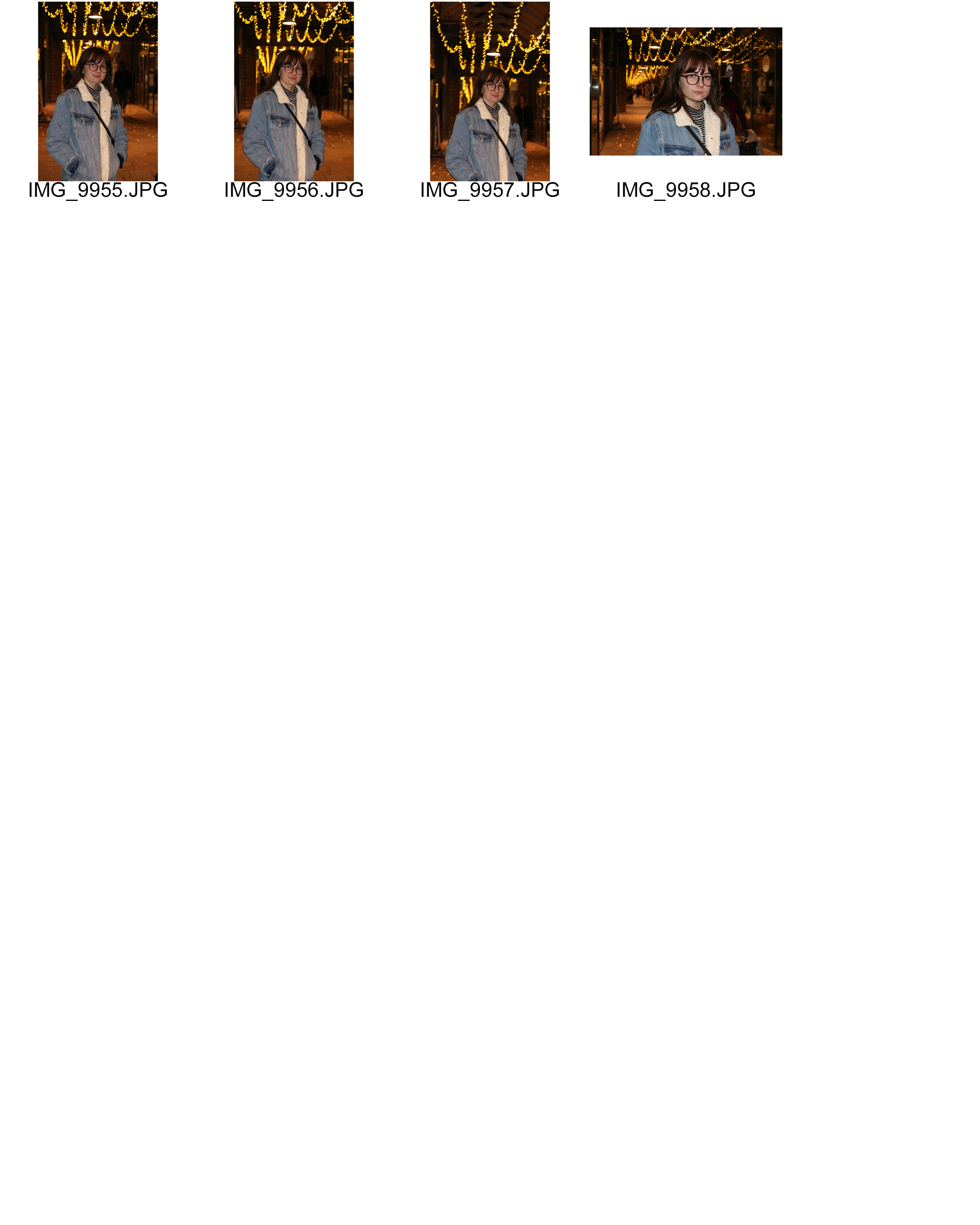 Best images
Best images

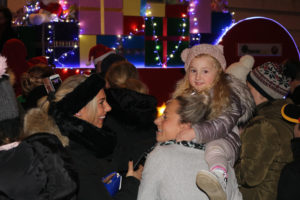
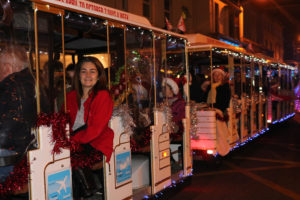

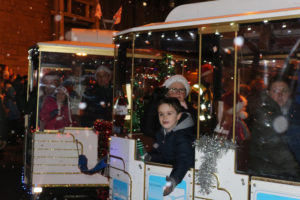
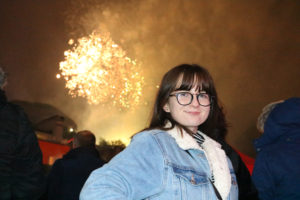

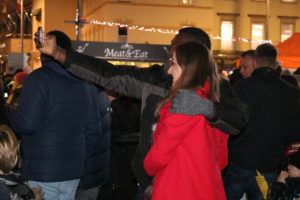
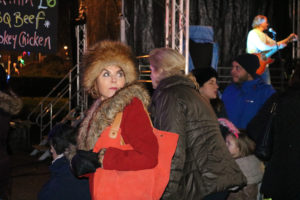
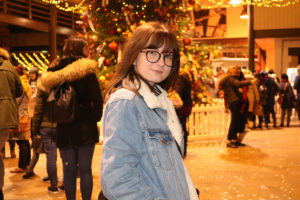
Analysing
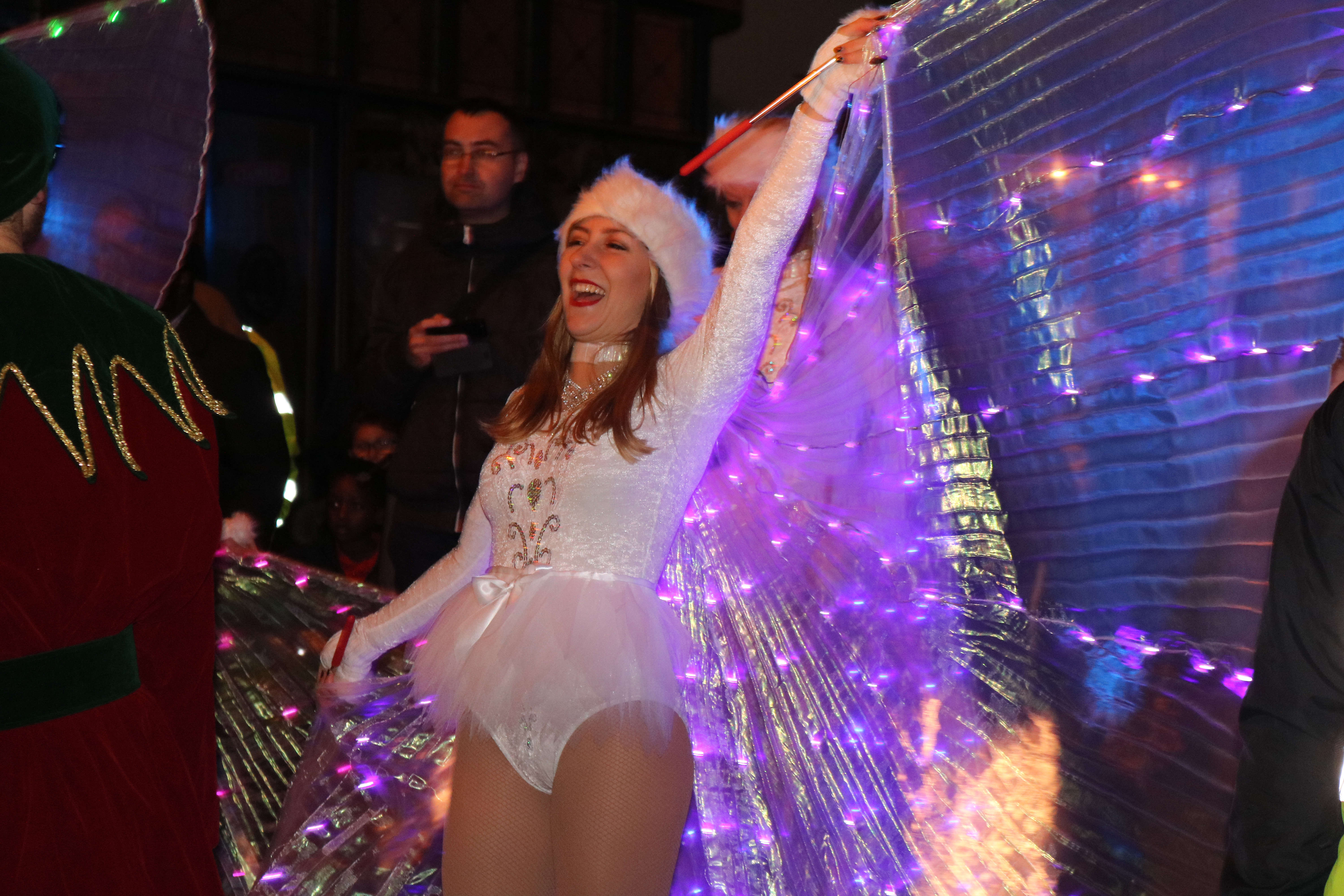
Context
This is an image that I took of a Christmas parade dancer while she was in conversation with one of her friends.
Visual
Visually I think that this image is very successful. I like how the subject was captured in the centre of the frame, and how I manged to capture her laughing as it gives the image a positive atmosphere. I also like how there is a lot of lighting due to her costume, as it makes the image look more interesting and colourful which would captivate an audience.
Technical
As this image was taken at night in the dark, my ISO was set to 1600 and my shutter speed was set at 1/60. These settings helps me to get this image perfectly exposed. I also used flash to capture this photograph to fill in any shadowing that would’ve happened due to the uneven street lighting.
Concept
I think that the happy expression and positive atmosphere along with the Christmas nature of the photo shoot, represents how this time of year is truly abut happiness and not about being materialistic.
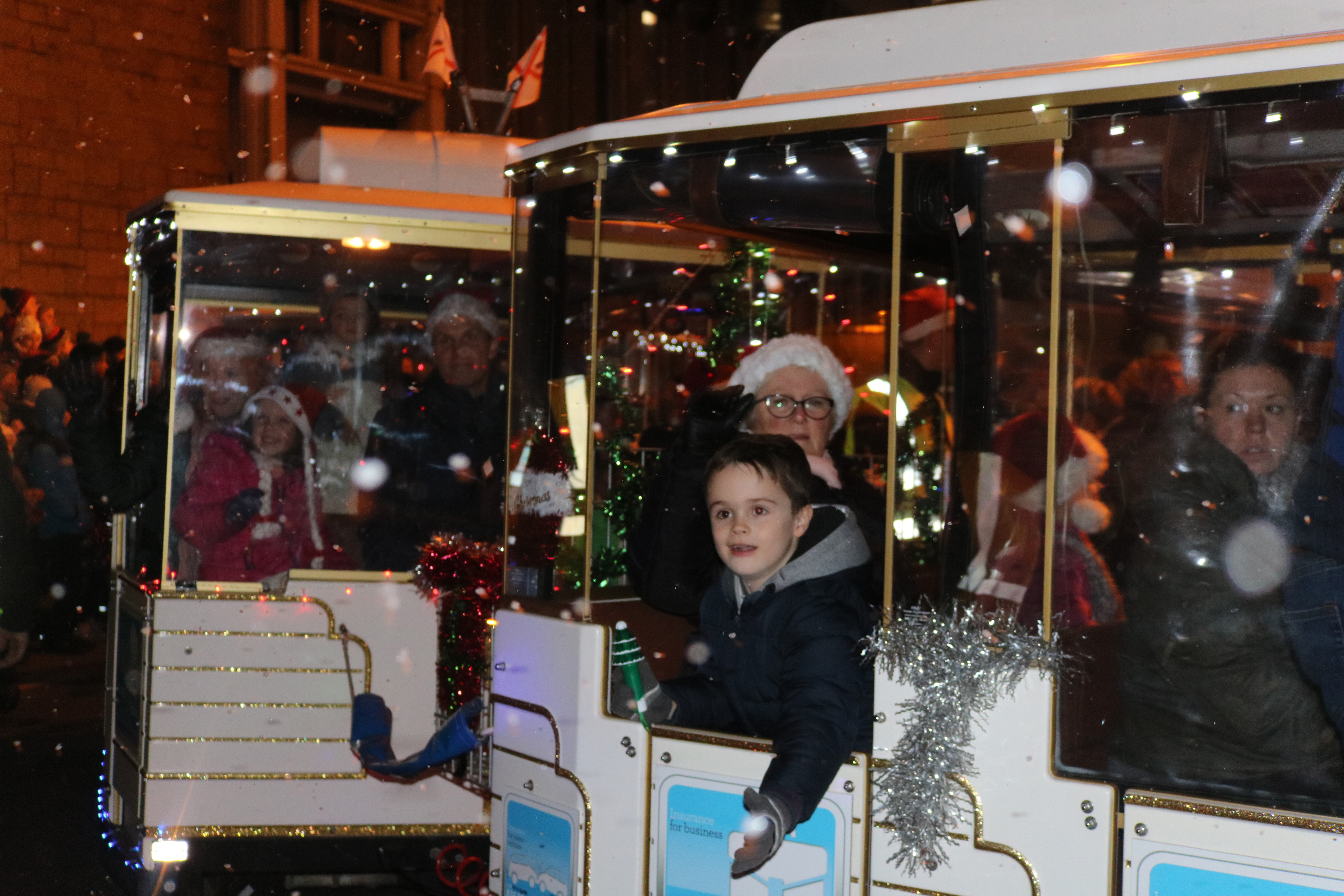
Context
This is an image that I took of a child on the Christmas parade train, as he he leaned out of it to try and catch the foam “snowflakes” coming out of the top of the train.
Visual
One element I like in this image is the foam snowflakes. As some bits were falling very close to my lens, they ended up not being in focus as my priority was to capture the child’s expression. I like how this looks as I think that it adds more detail to the image without taking attention away from it.
Concept
I think this image shows how people should appreciate small details in life. While I took this image there was a lot going on, 100s of people crowding around us, confetti being set of, a choir singing yet the child chose to focus on the snow.
Technical

Context
This is an photograph I took of a lady just after the Christmas lights had turned on. She caught my attention as she was dressed in a bright red jacket, and was wearing a lot of fur. I caught this image the moment she turned back to look at the lights on the tree
Visual
Visually, I think this image is very successful. It it well exposed and it is sharp making it good quality. The use of my flash meant that she wasn’t wash out by all the background light. The angle I captured this image from was also very successful as I got the whole of her face in the photograph.
Concept
I think that the way she is so intensely staring at the tree and the lighting is really interesting as it may make people wonder what the woman was thinking while she was looking.
Technical
For this image my shutter speed was set 1/60 and my ISO was set on 6400, as it was very dark outside and I needed as much exposure without machining the image look noisy. For this image I also used flash so that the woman in the image was evenly lit, as there were many lighting decorations everywhere that caused uneven lighting.


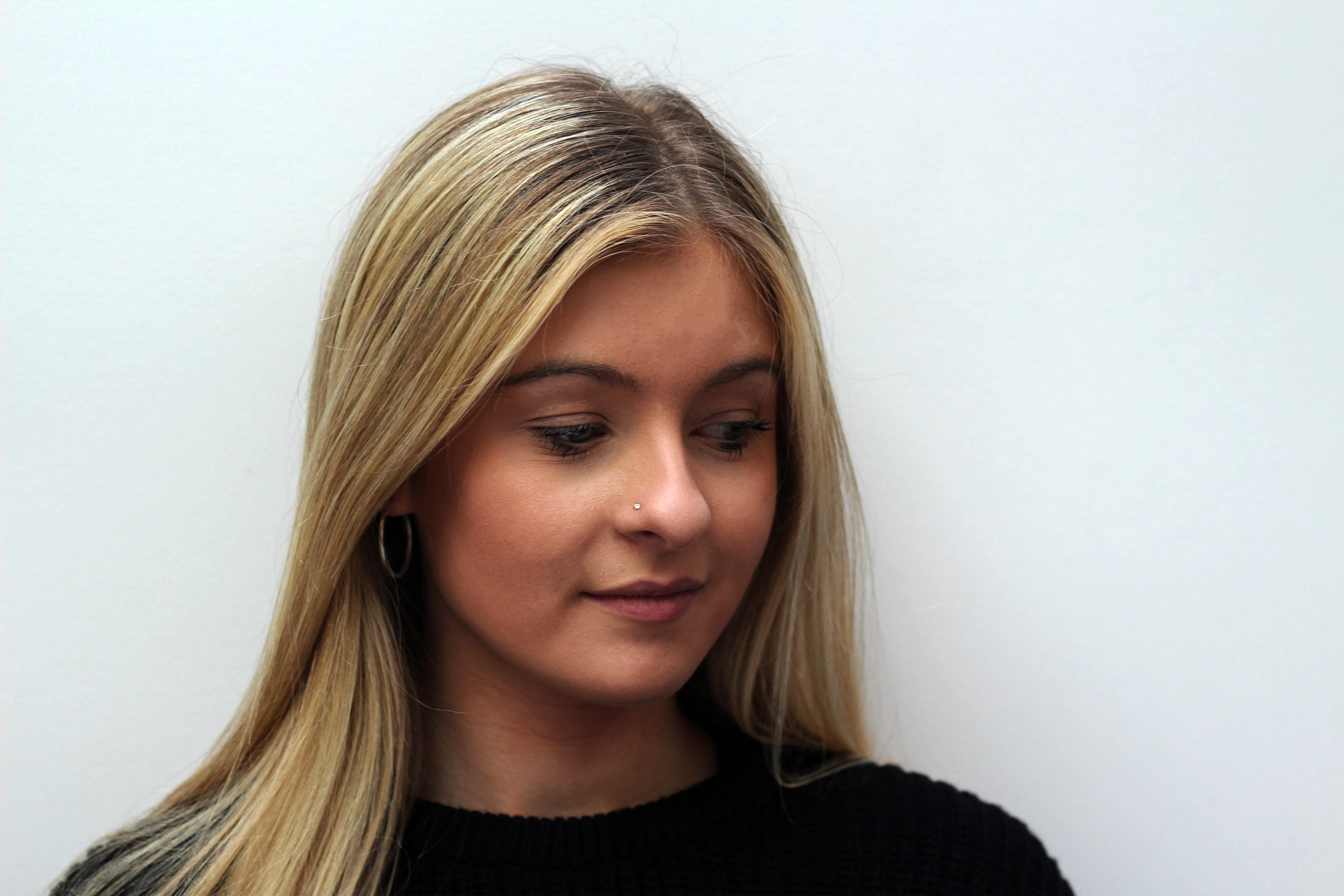
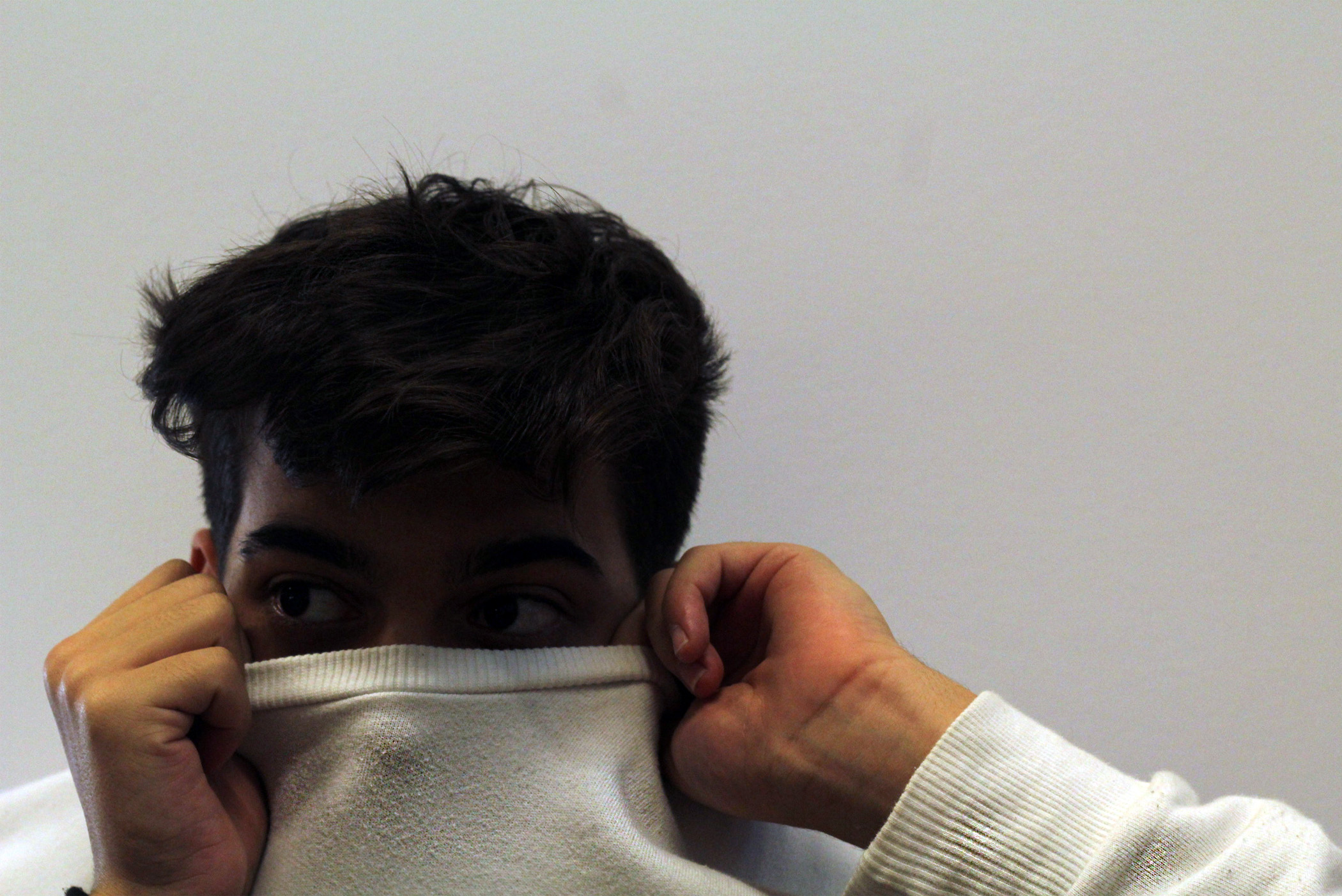

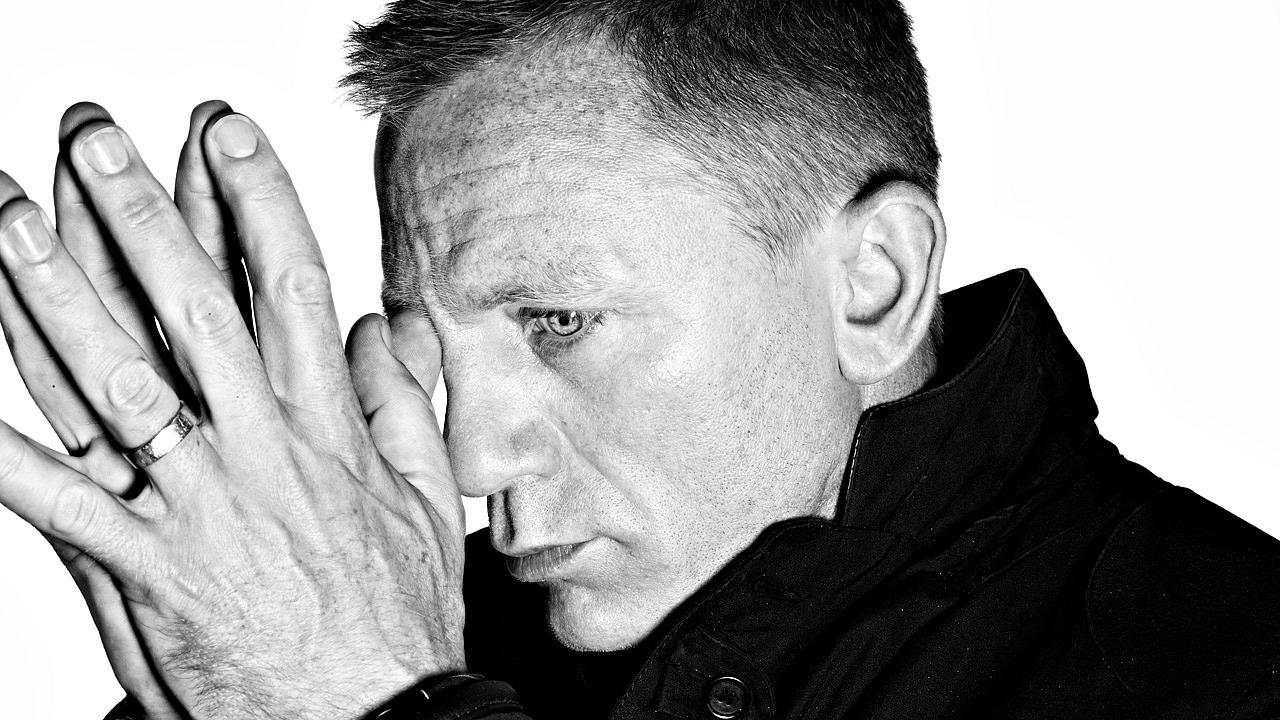
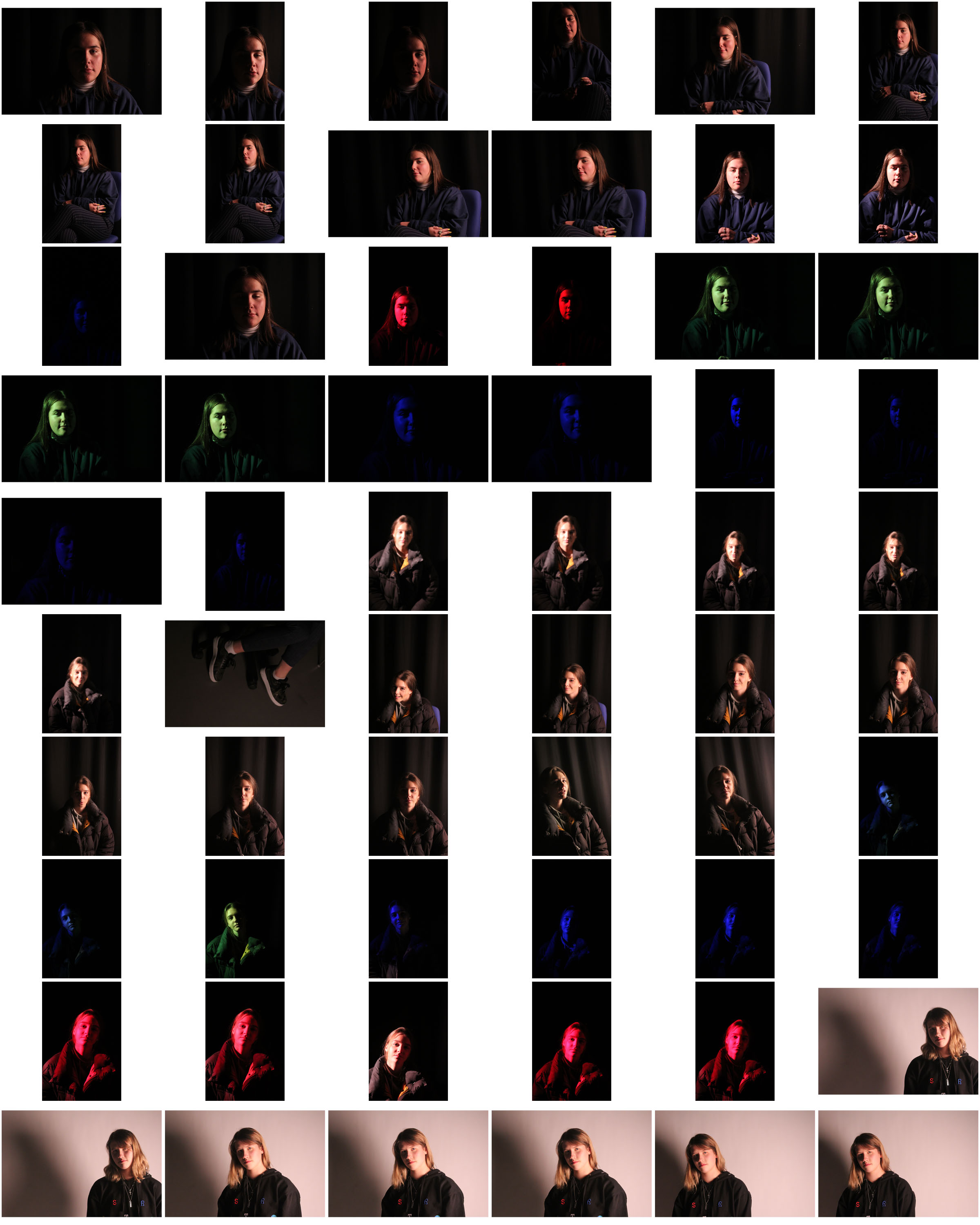
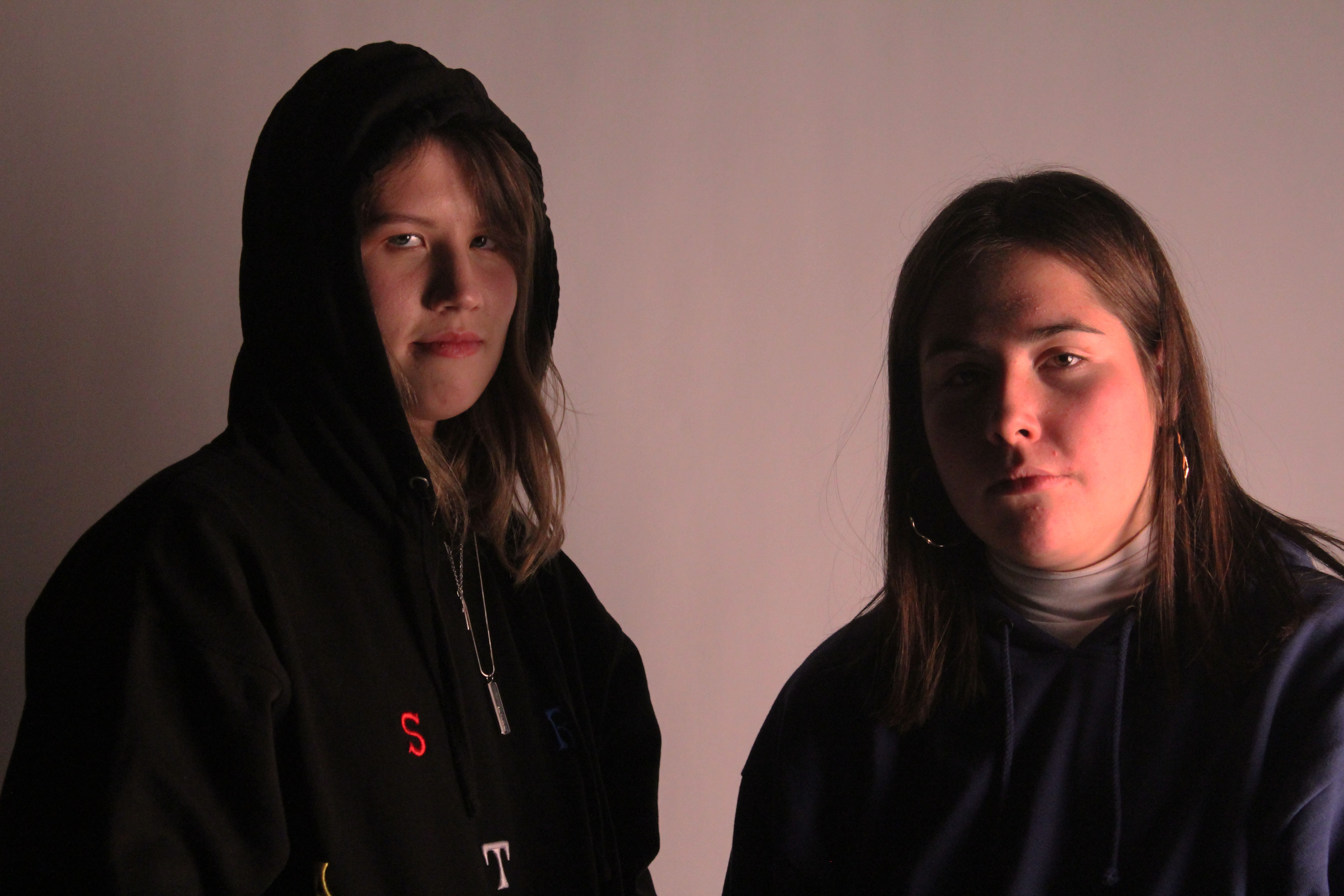
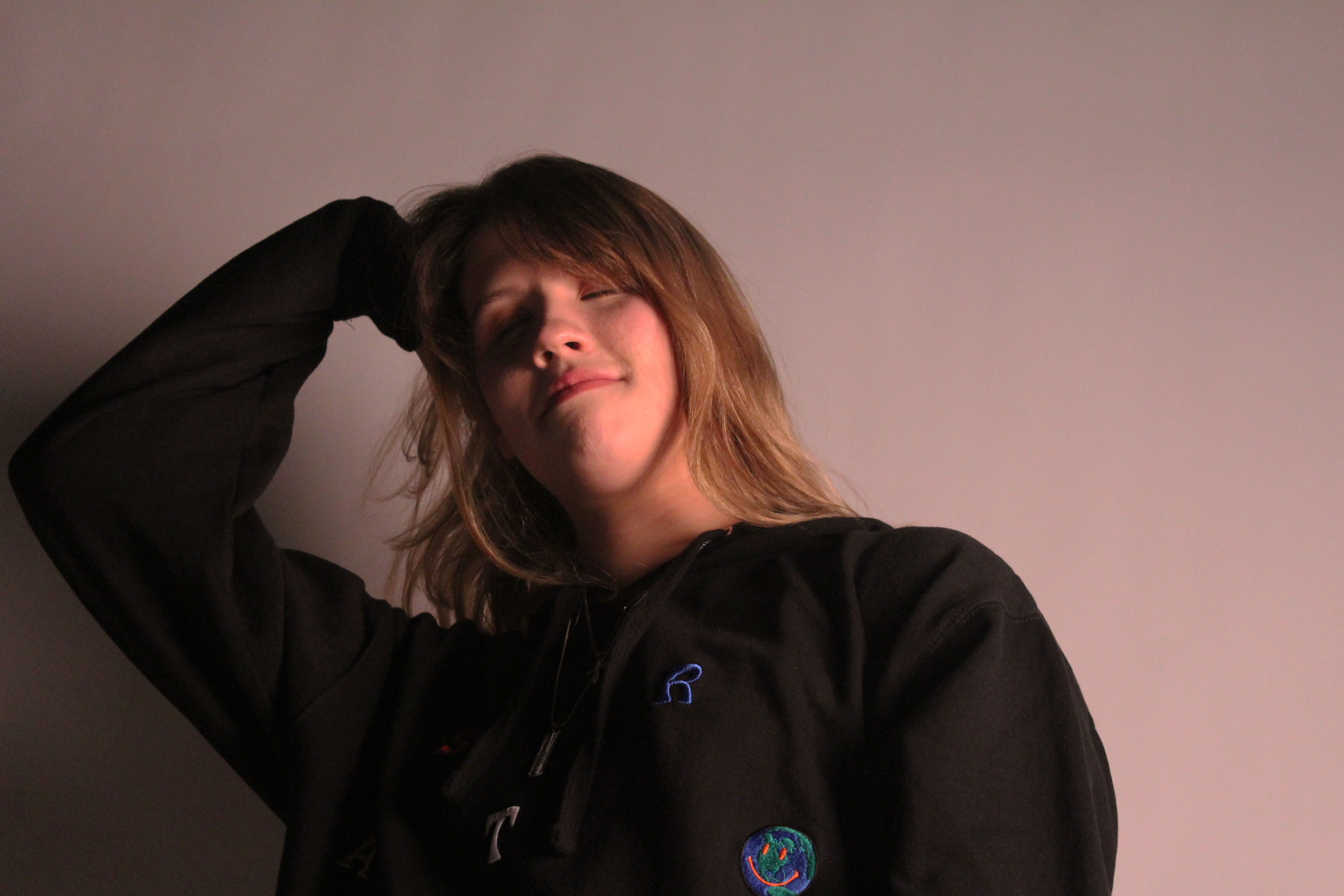

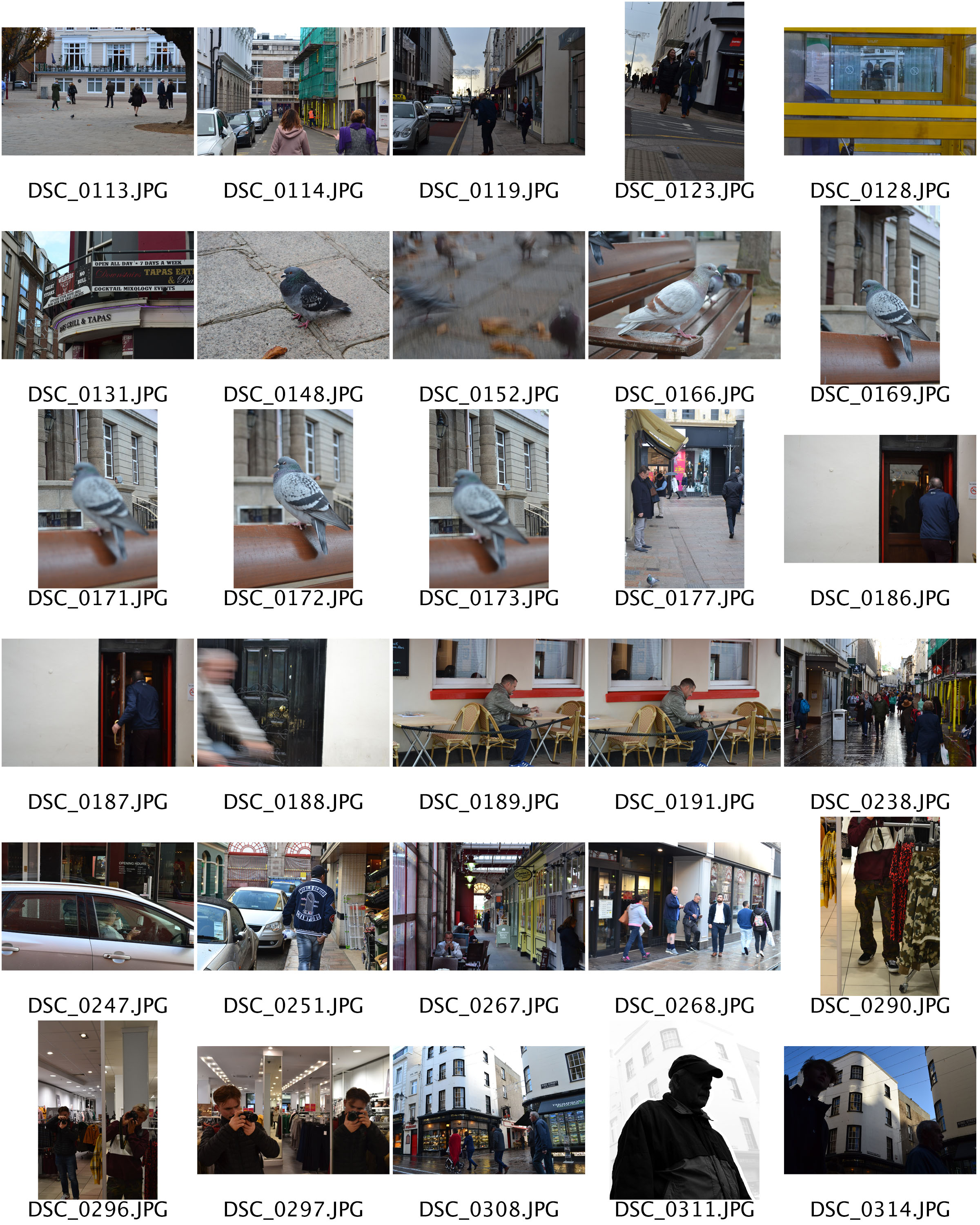
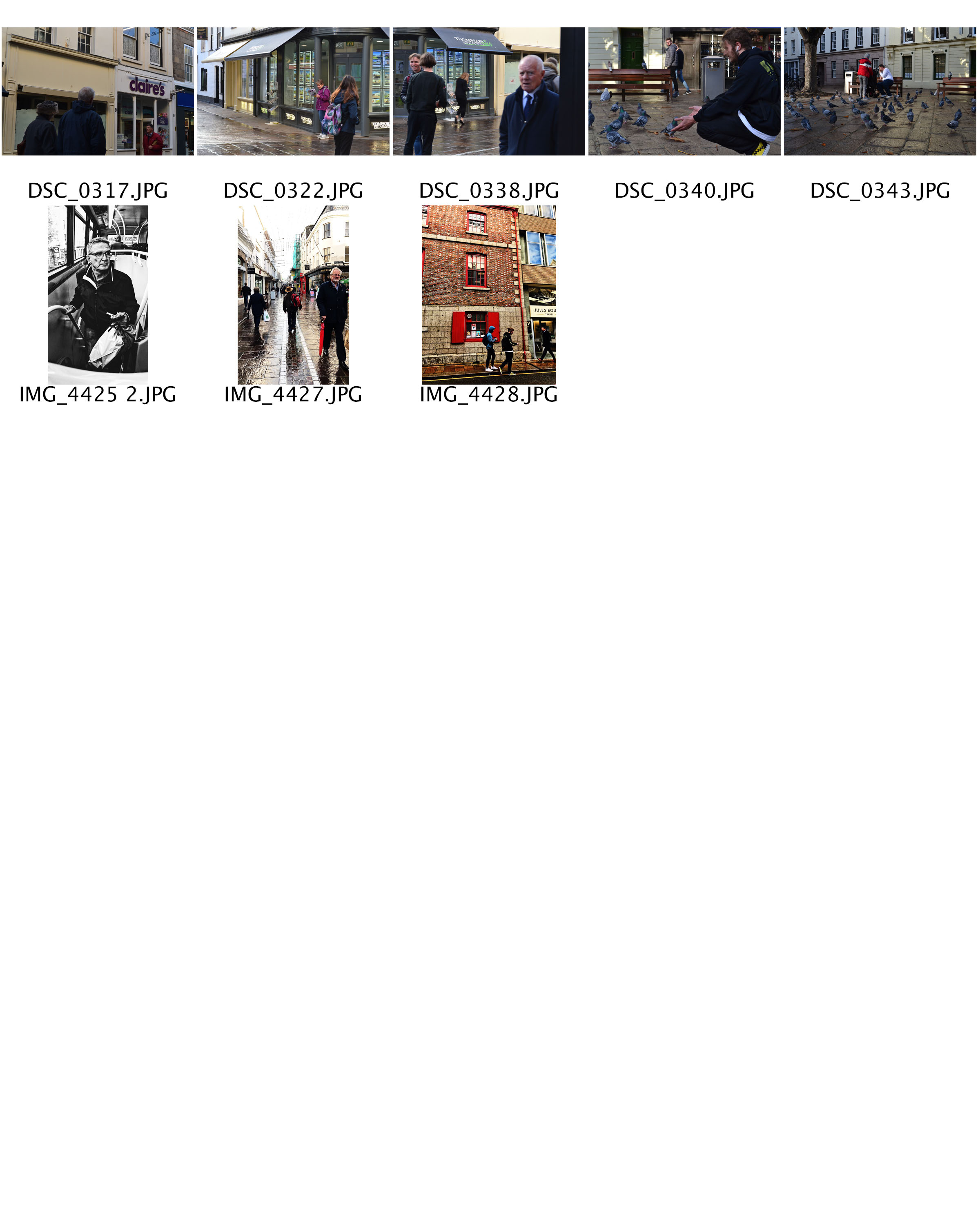 My favourite image edit:
My favourite image edit: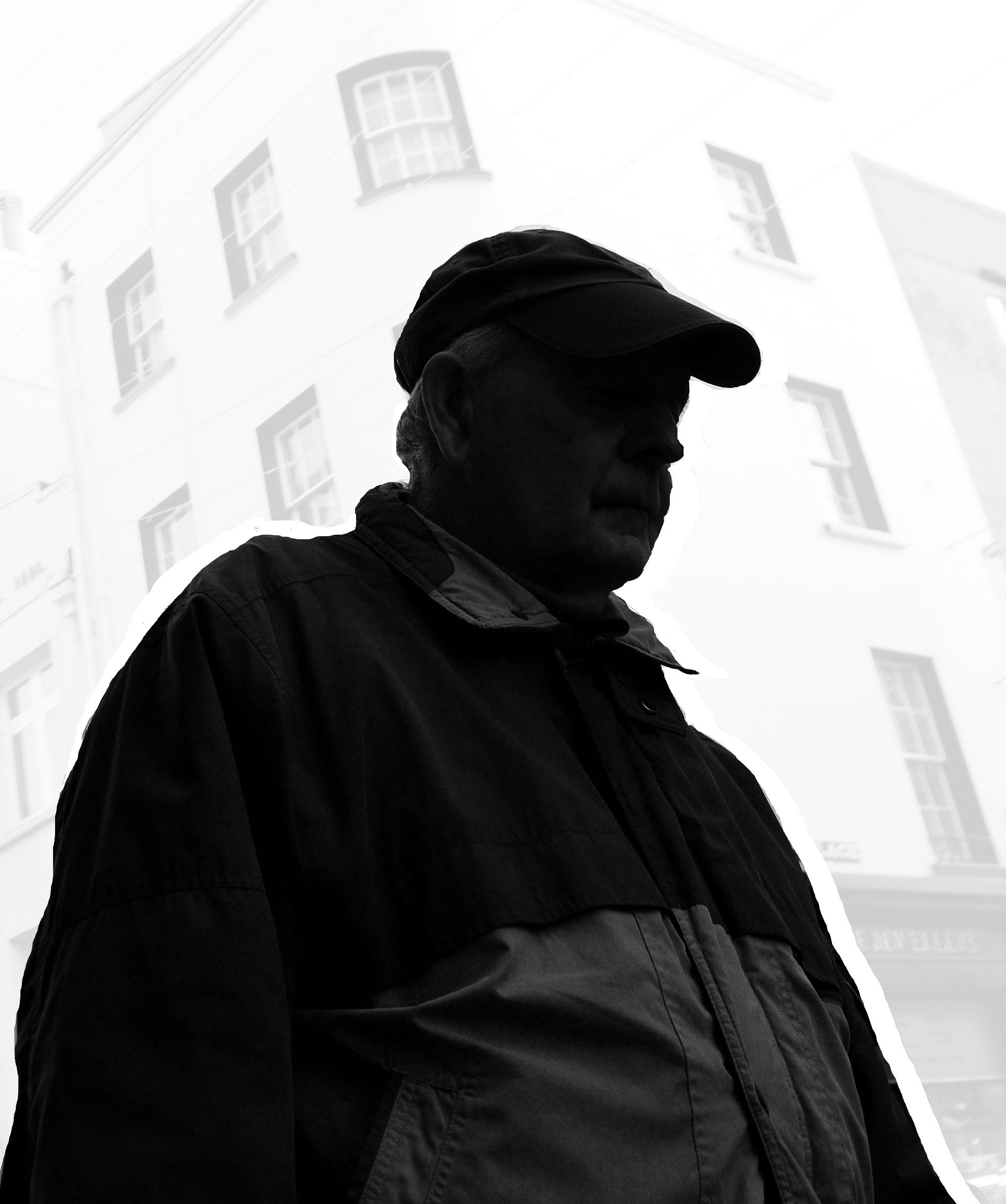









 Best images
Best images












